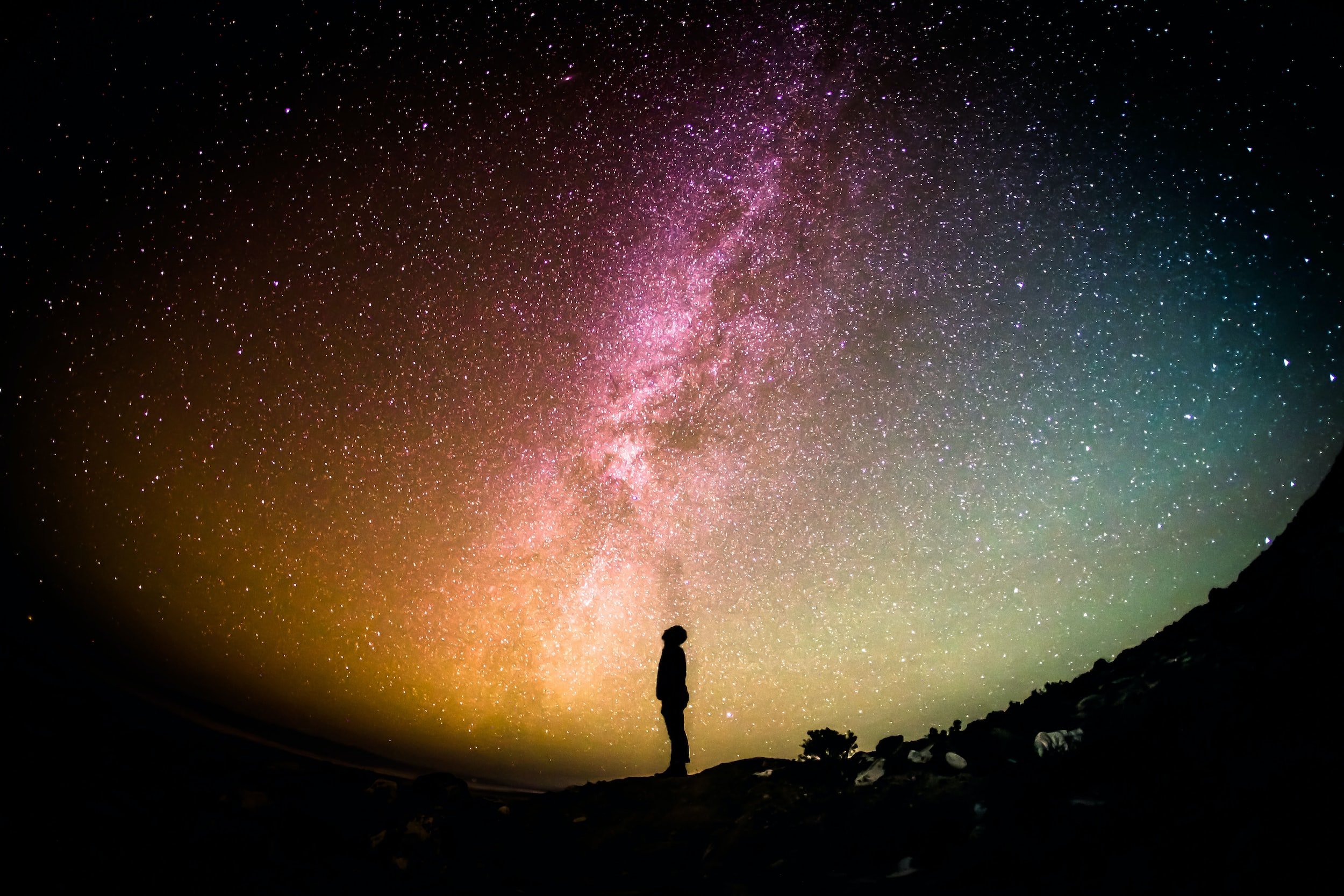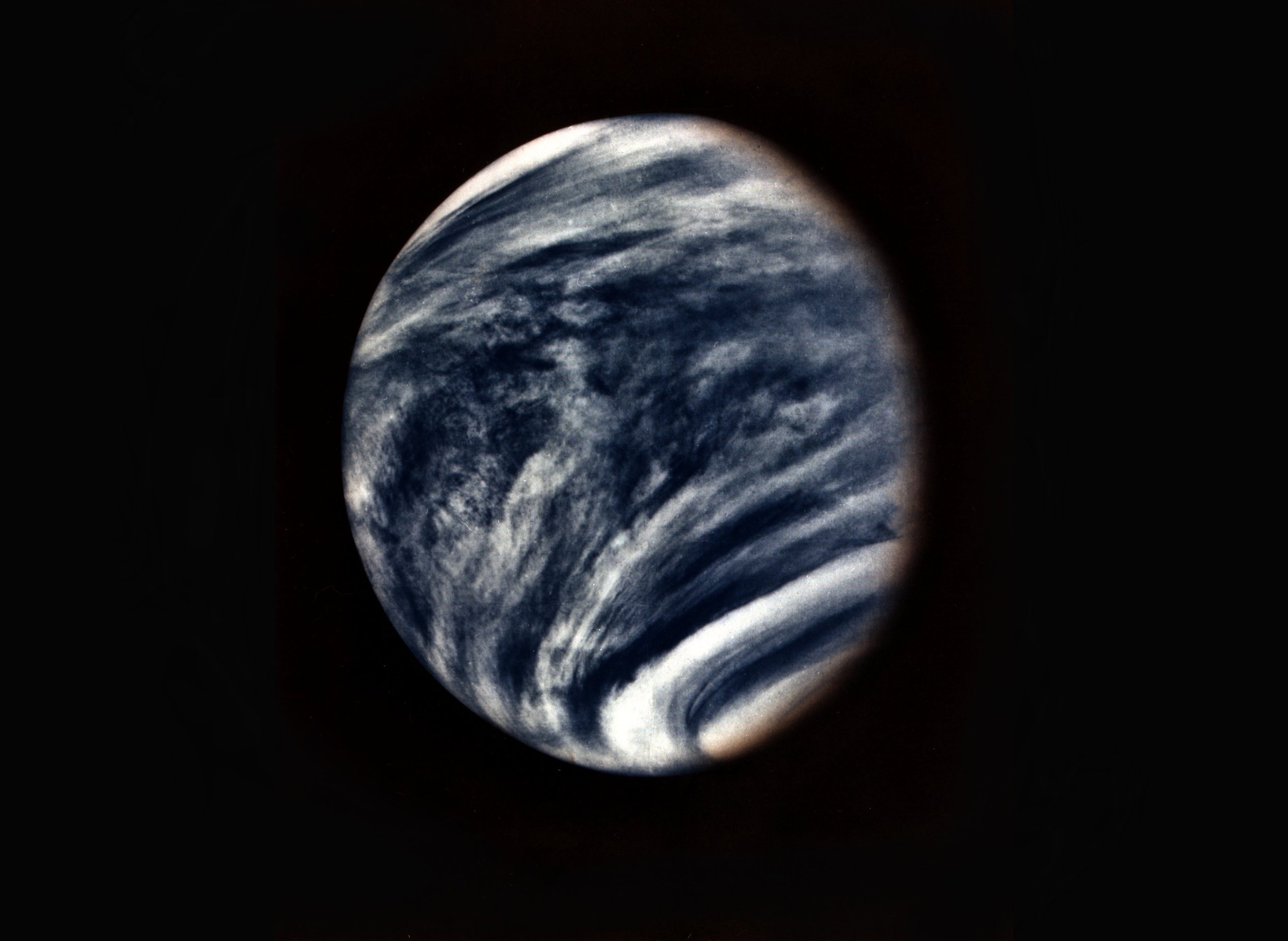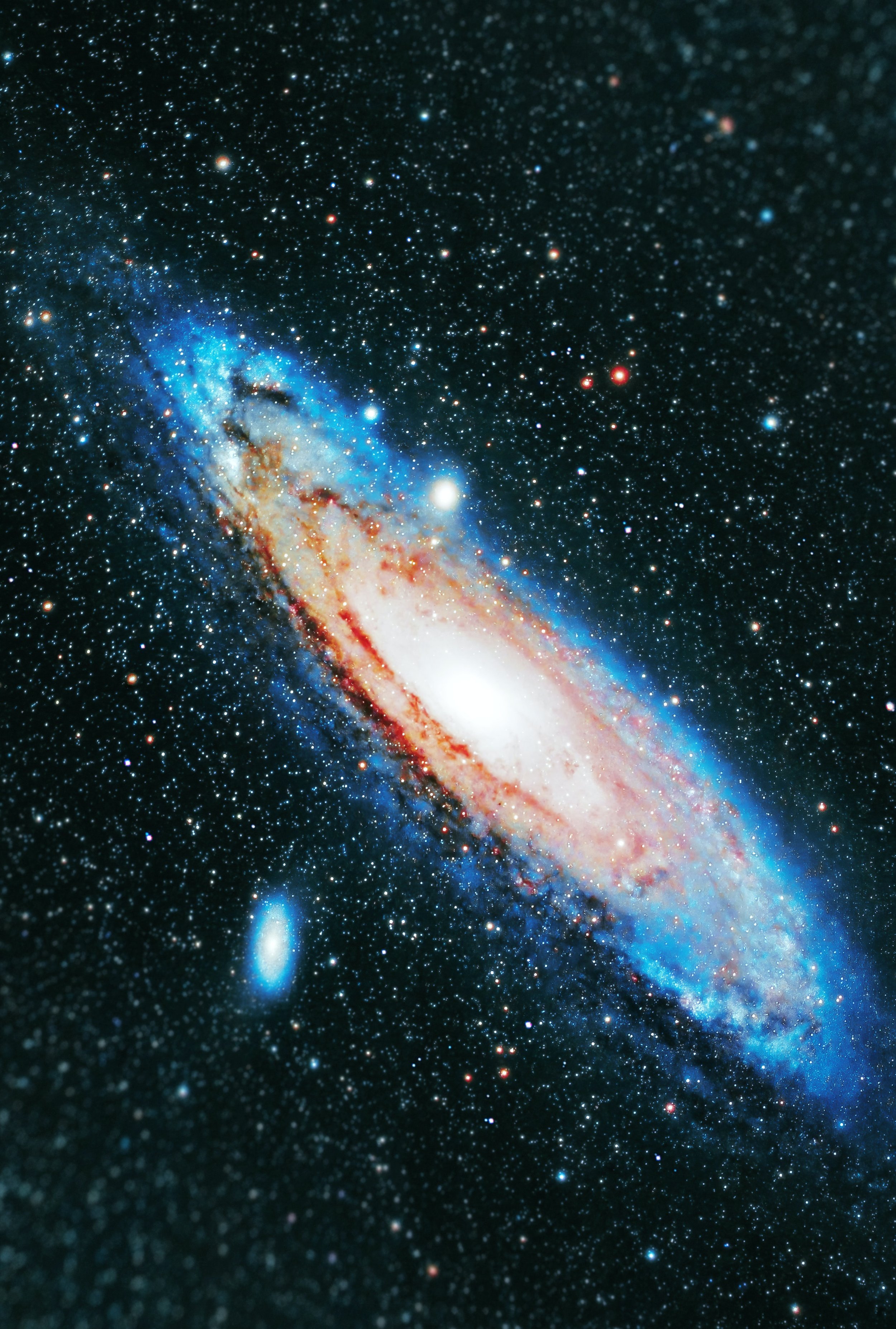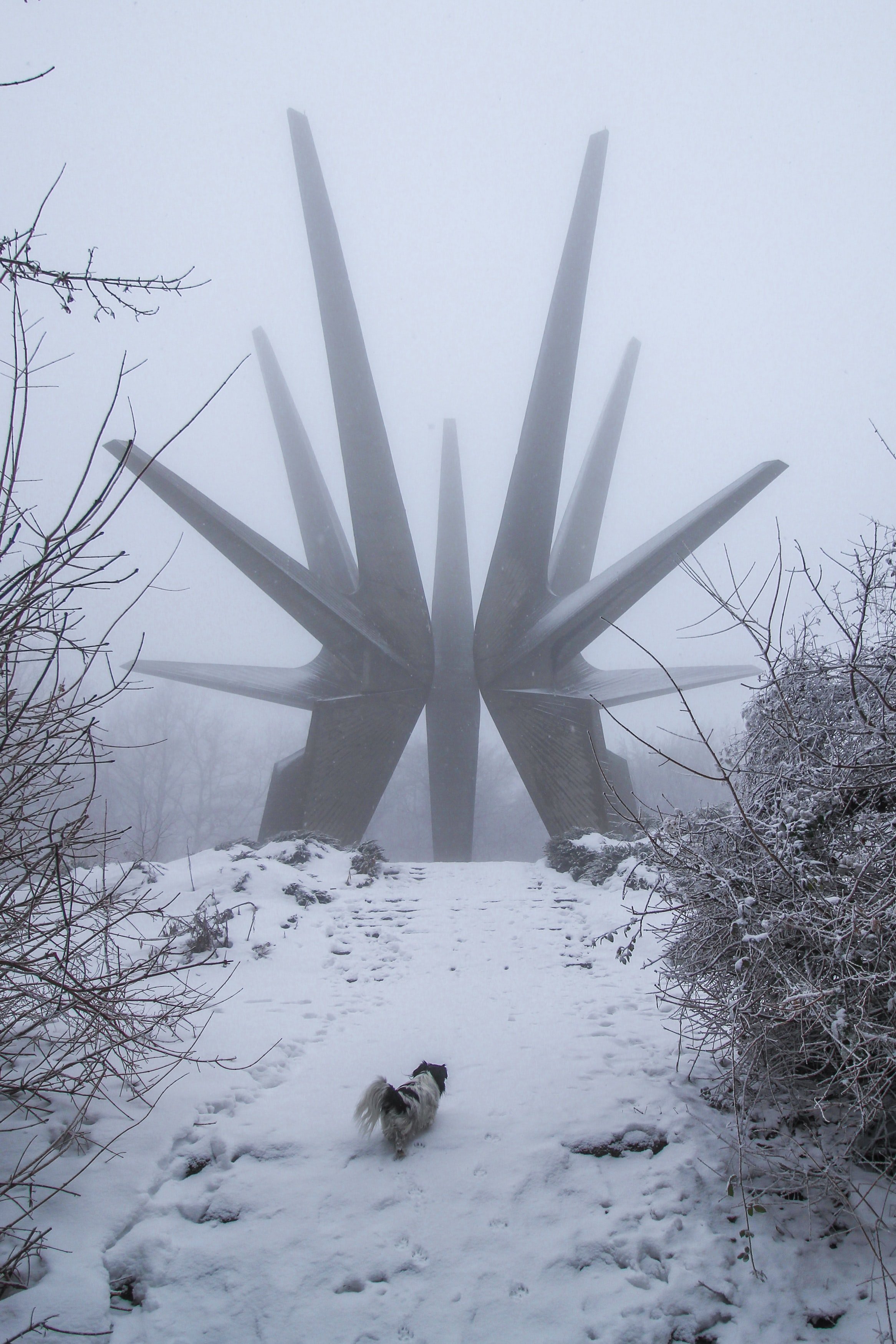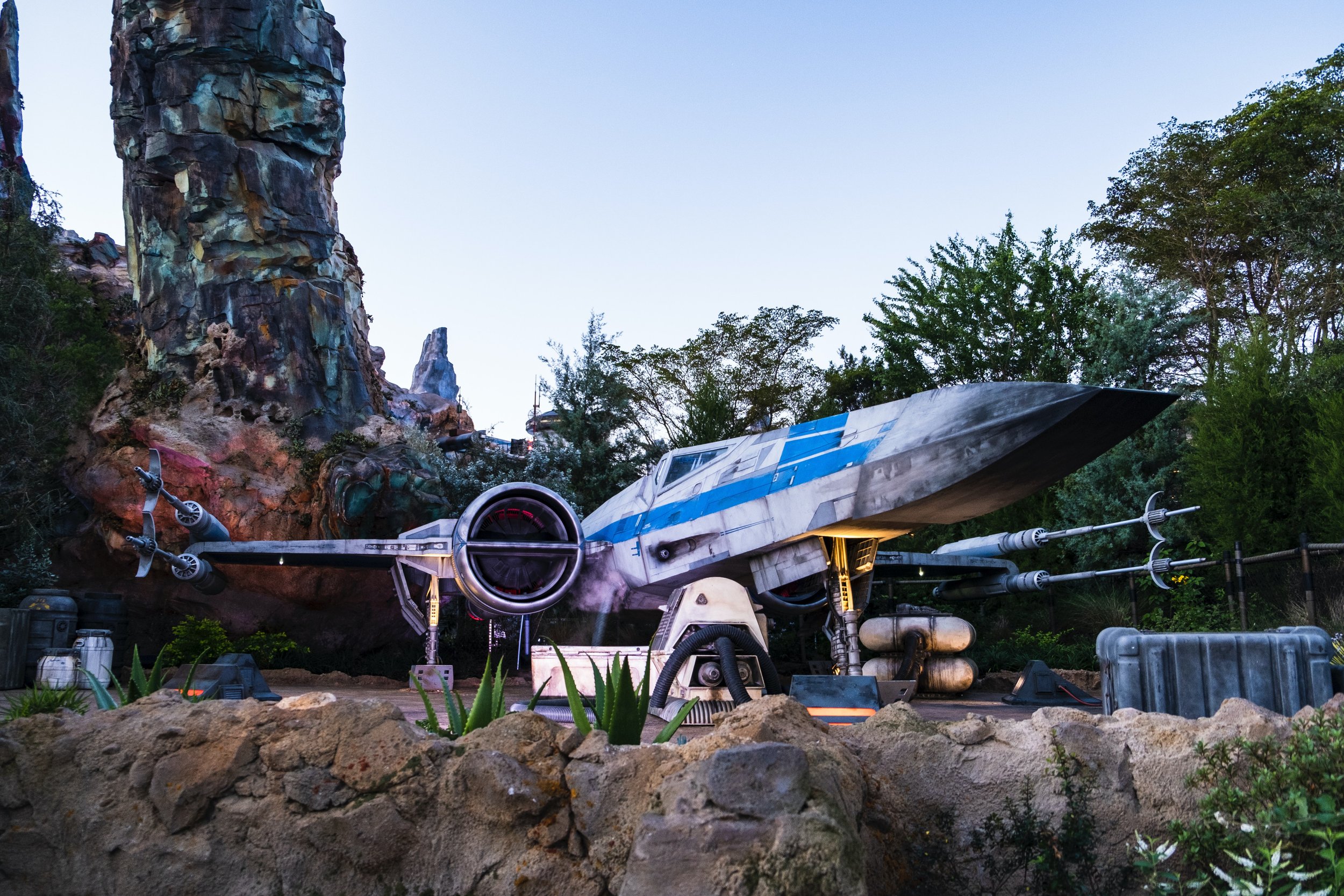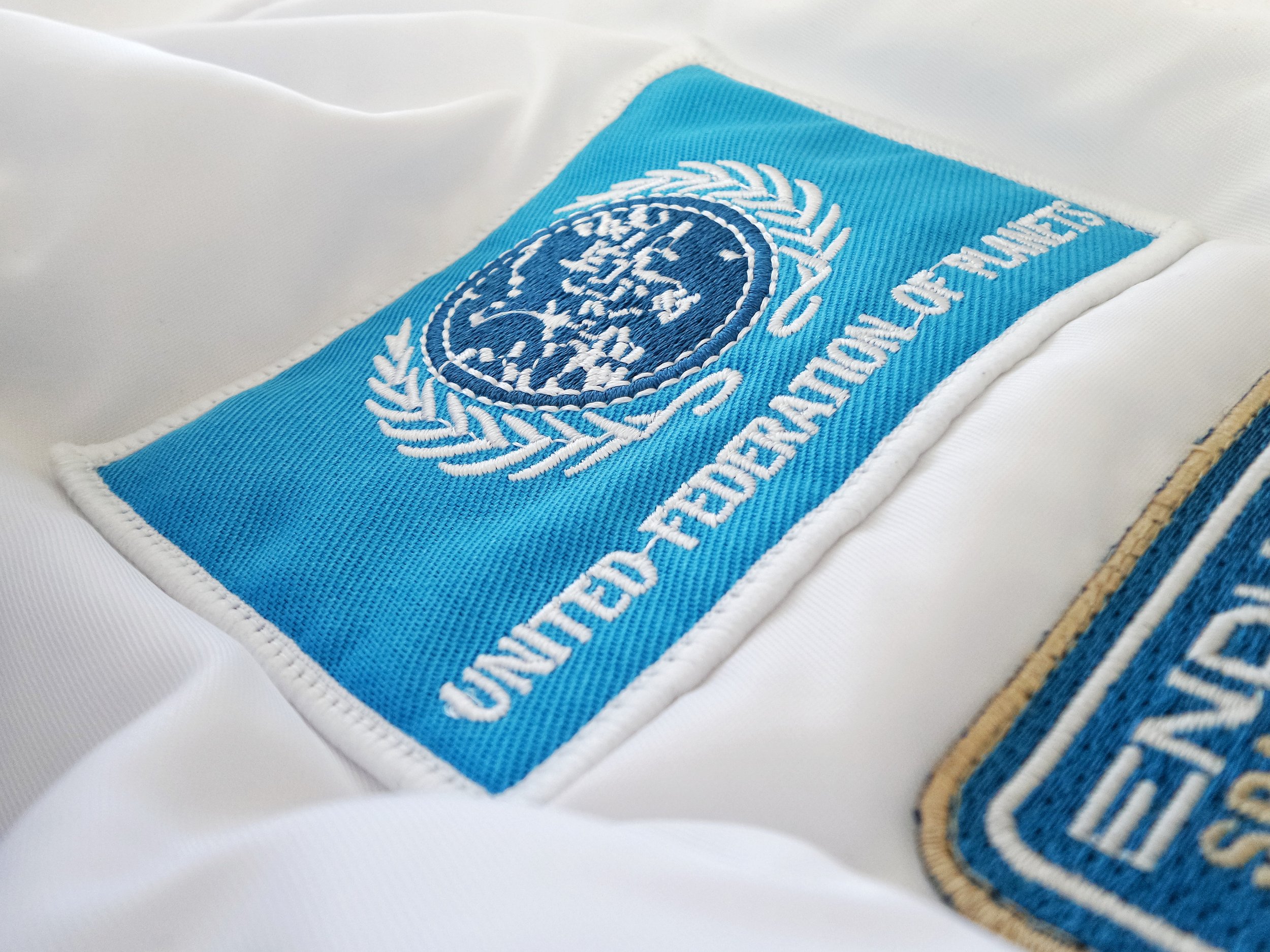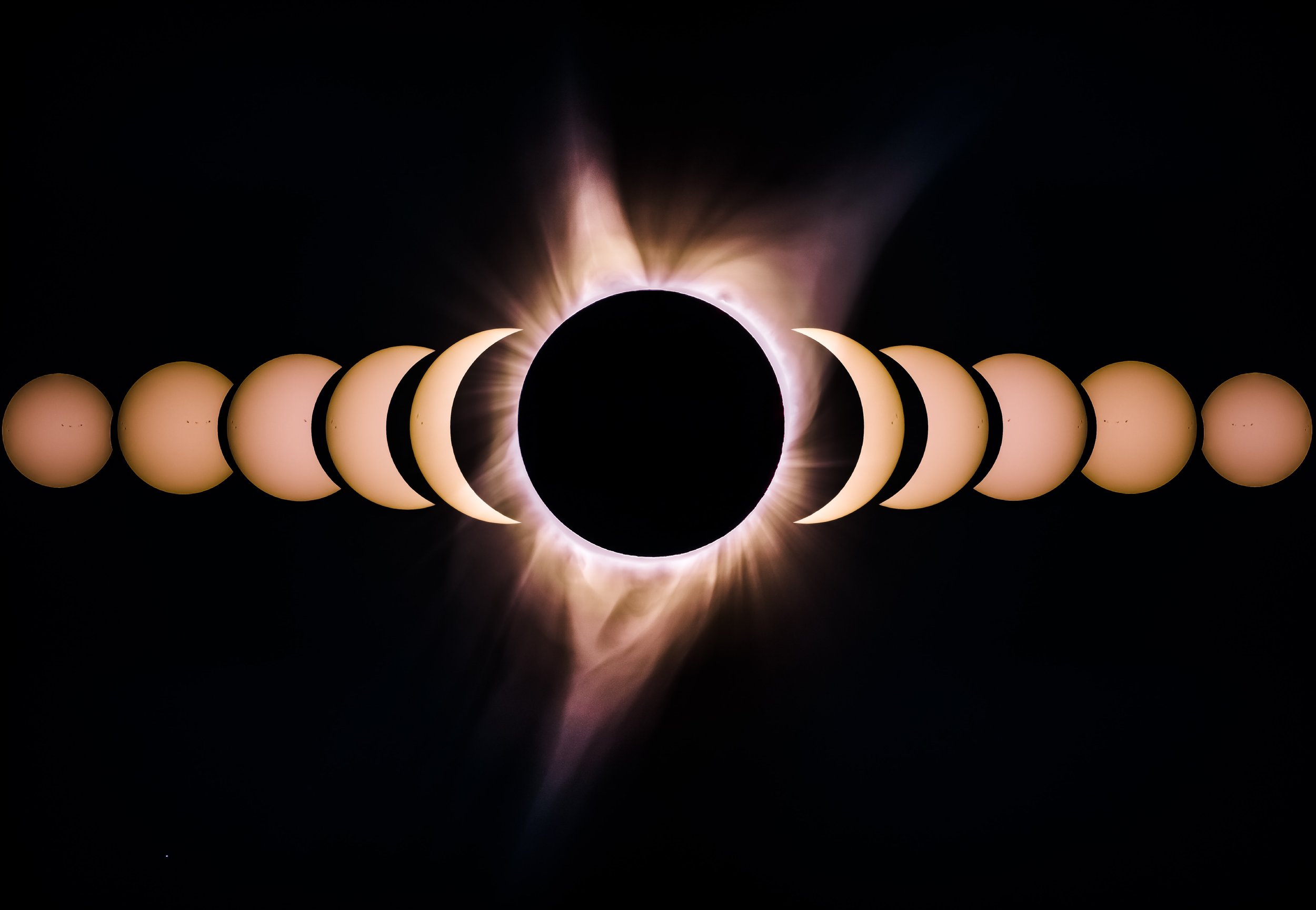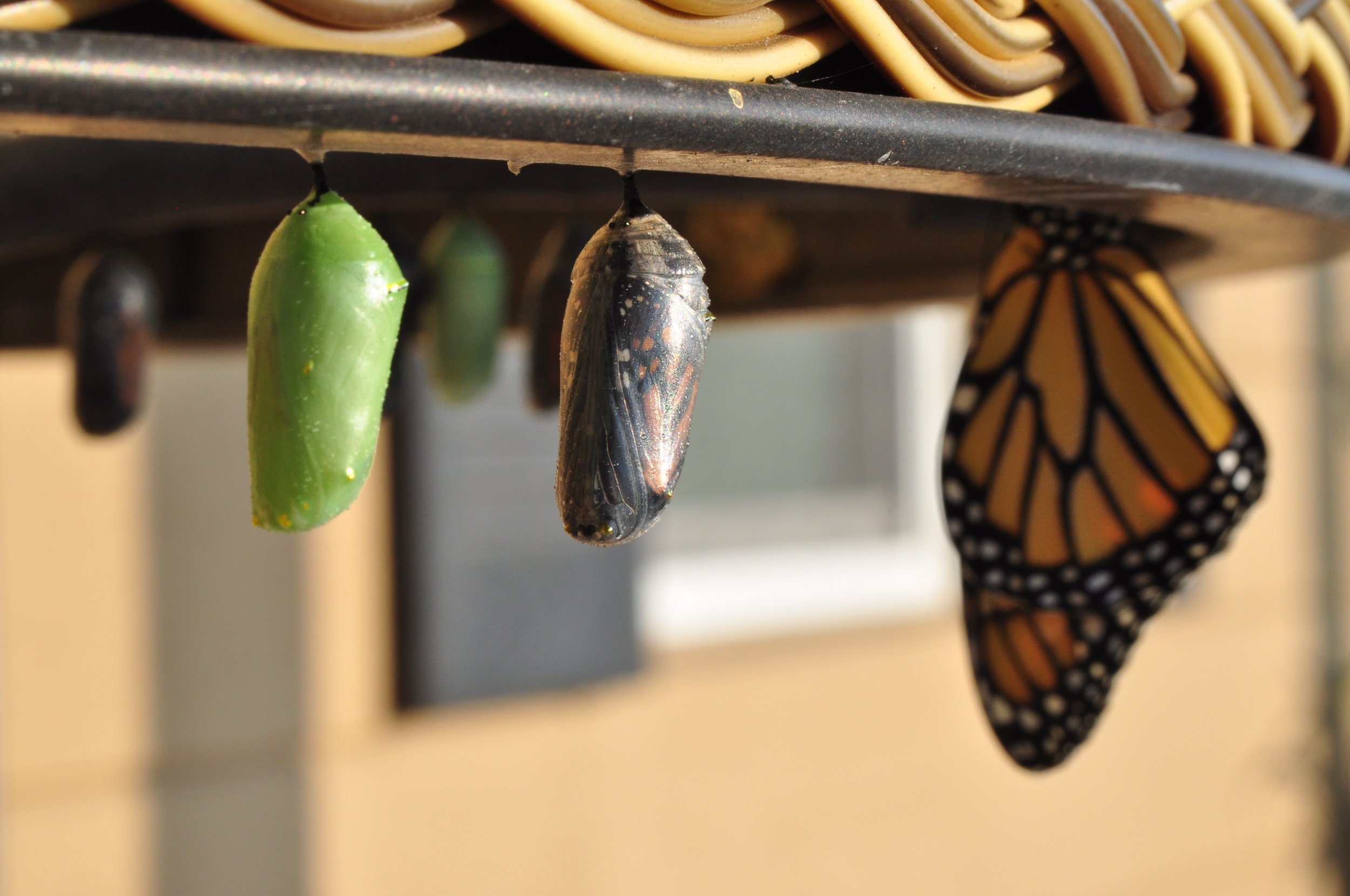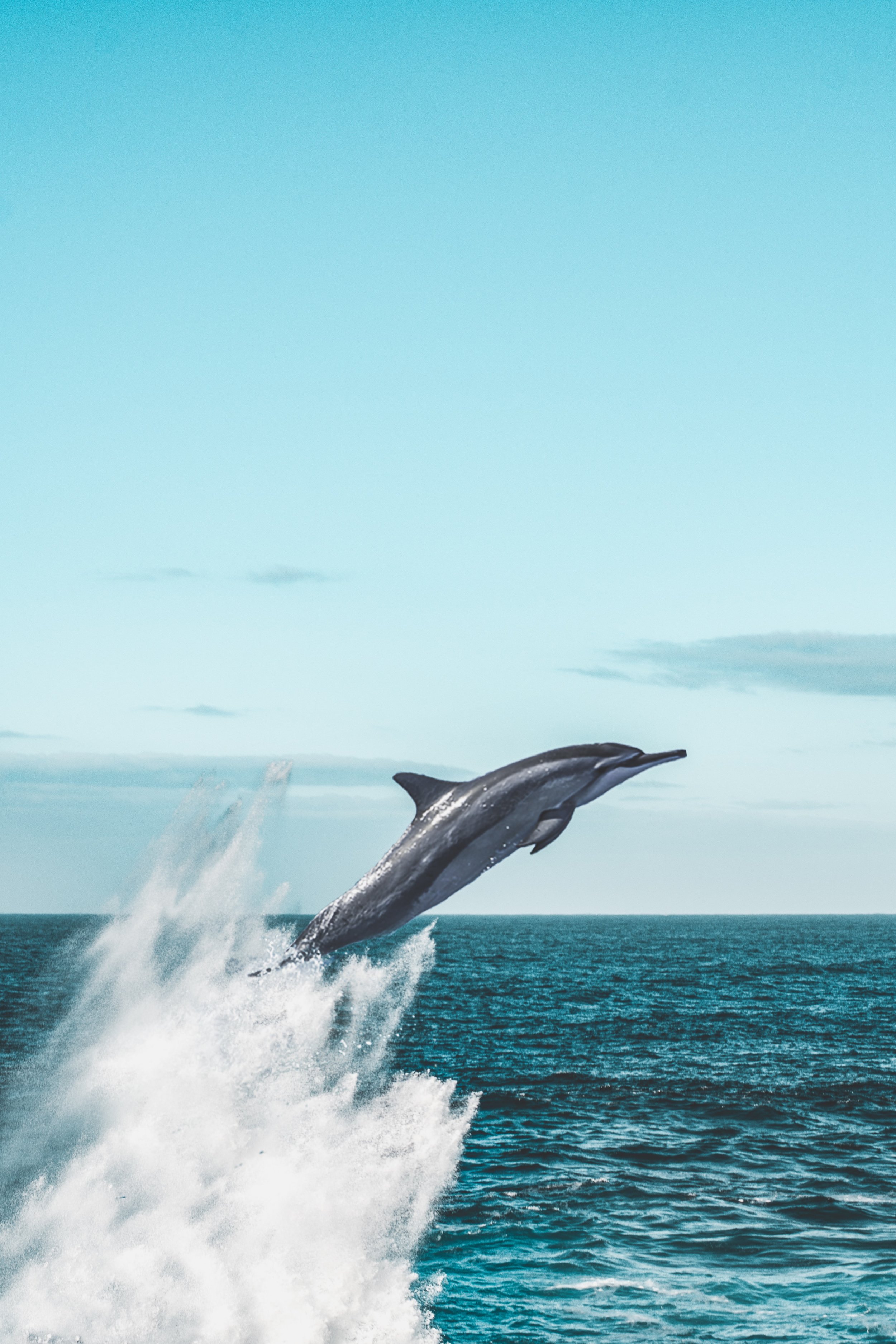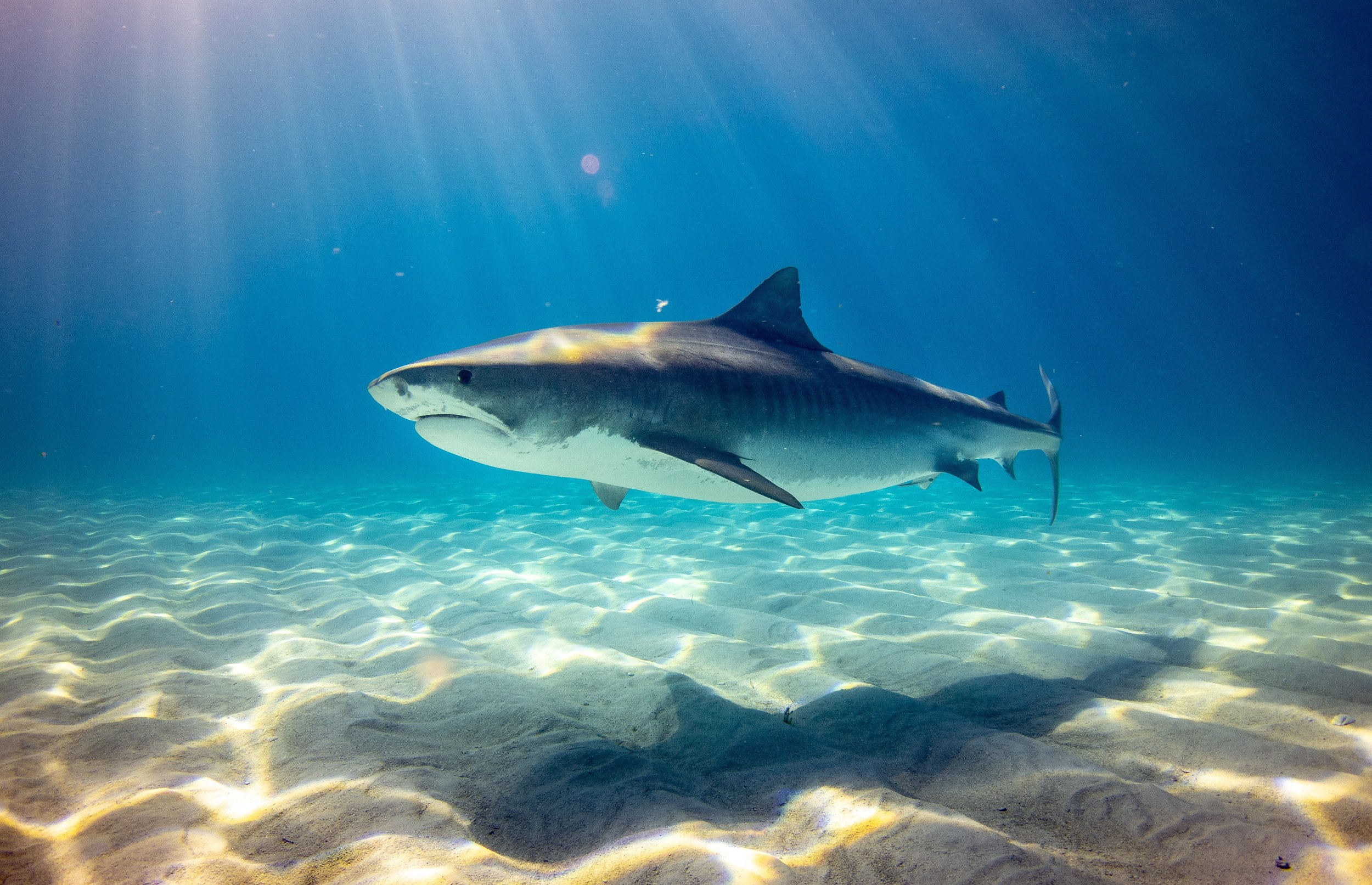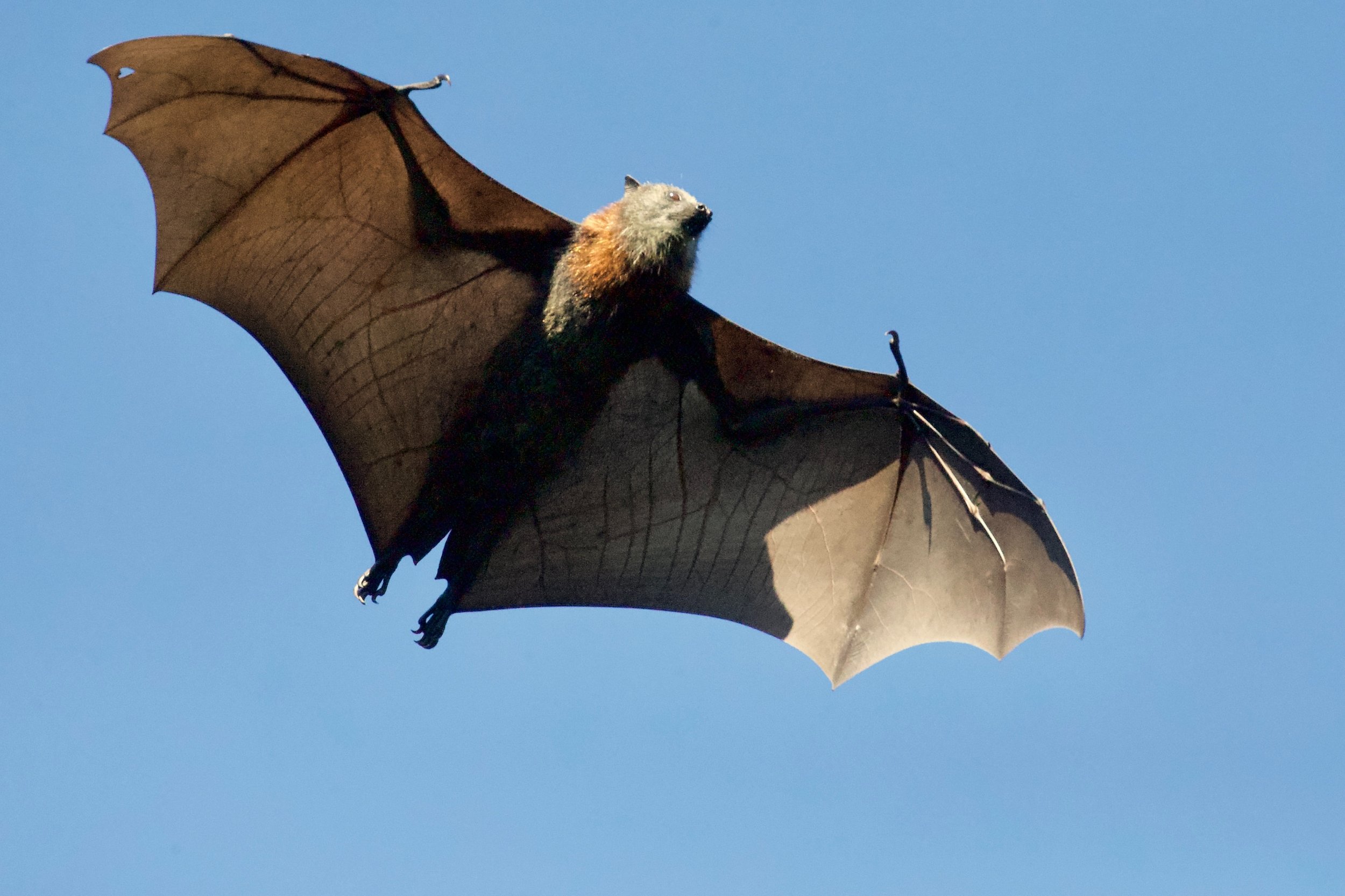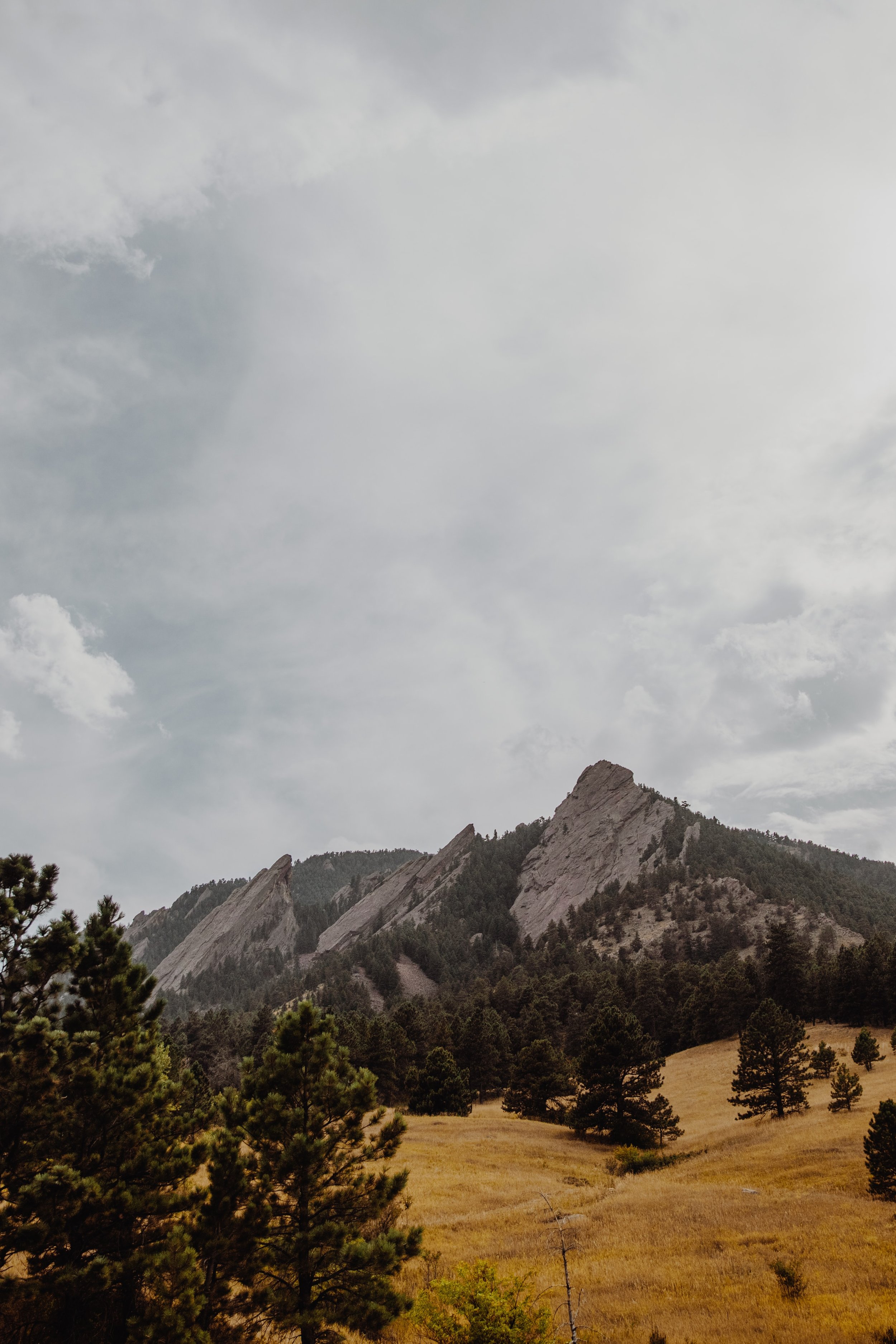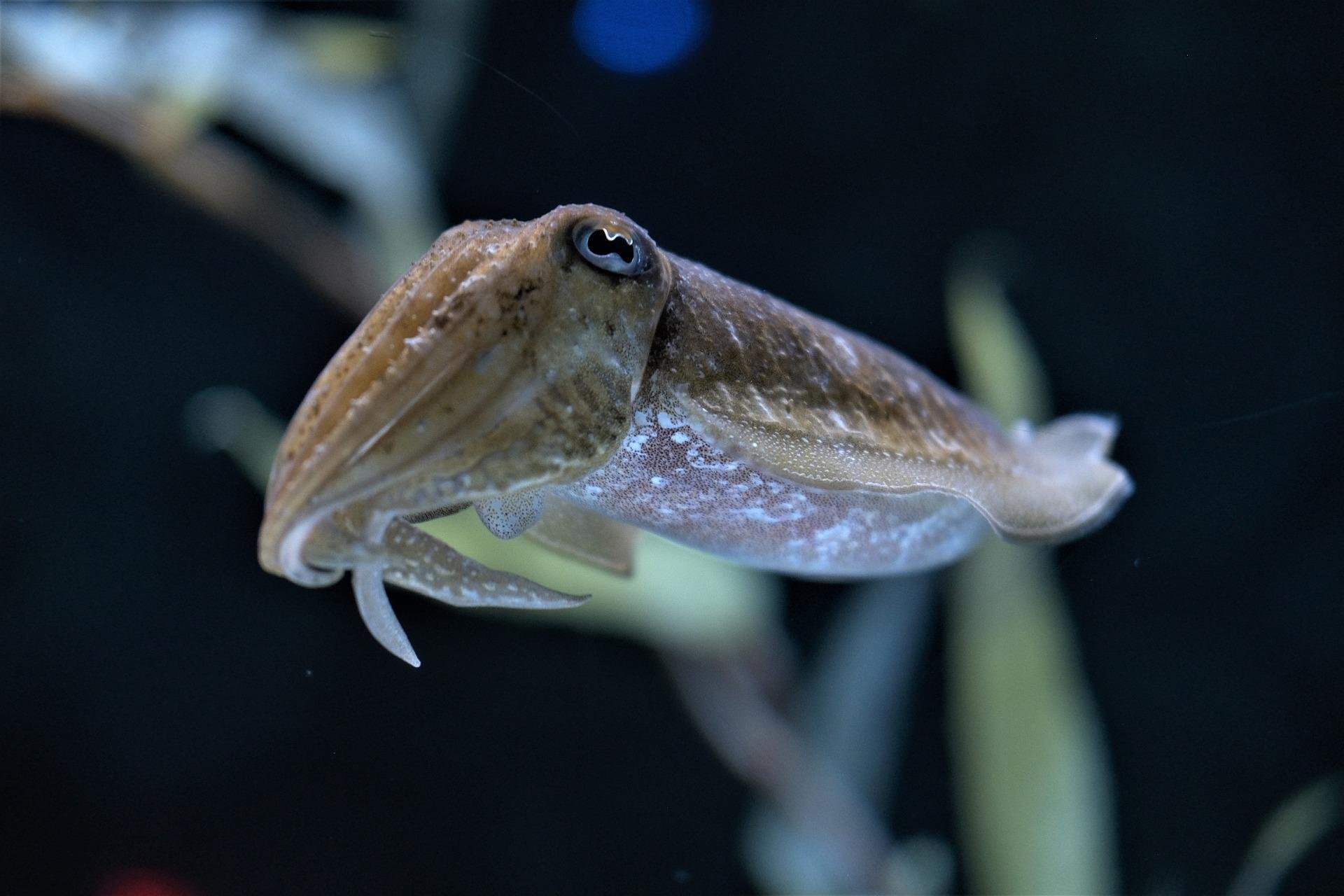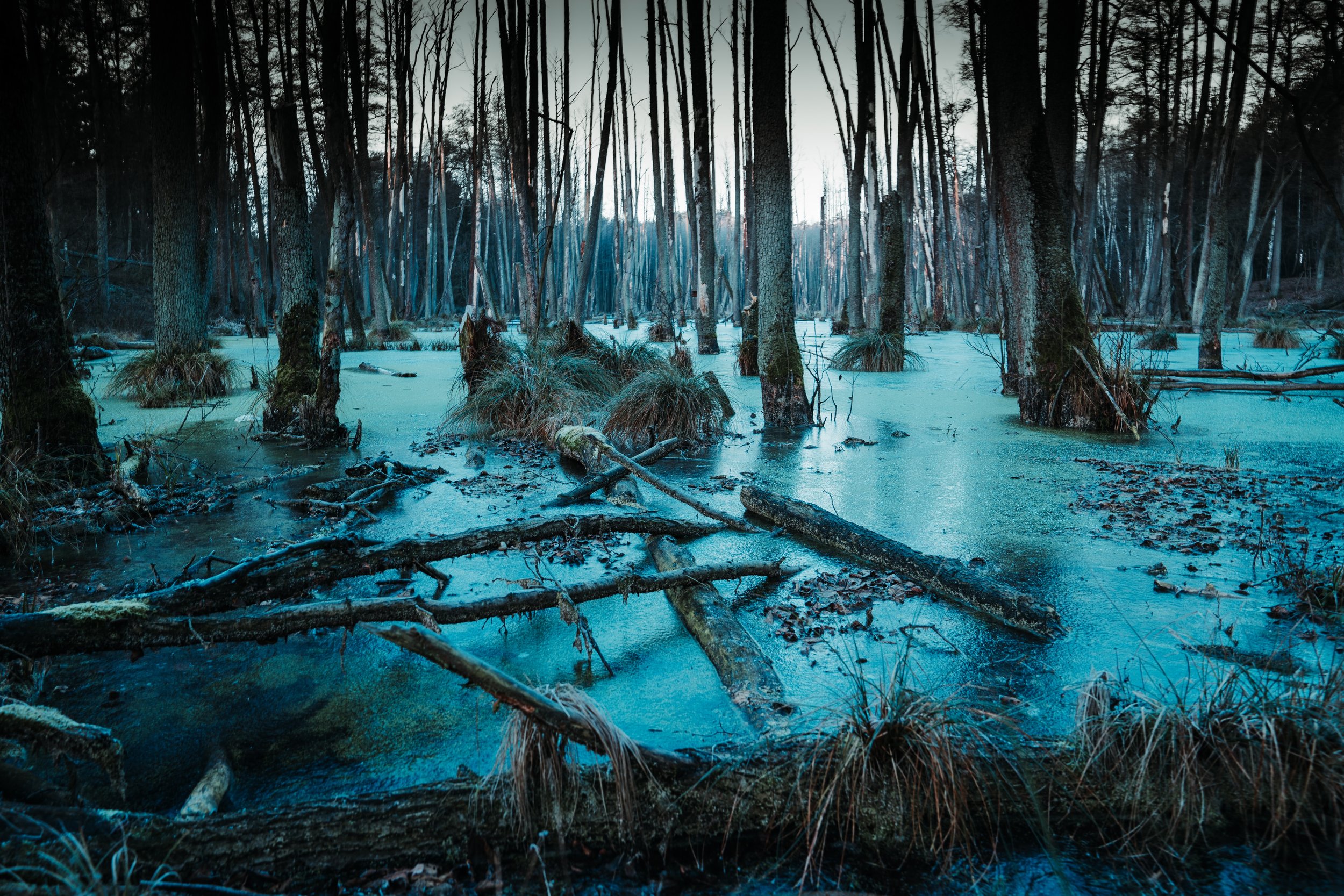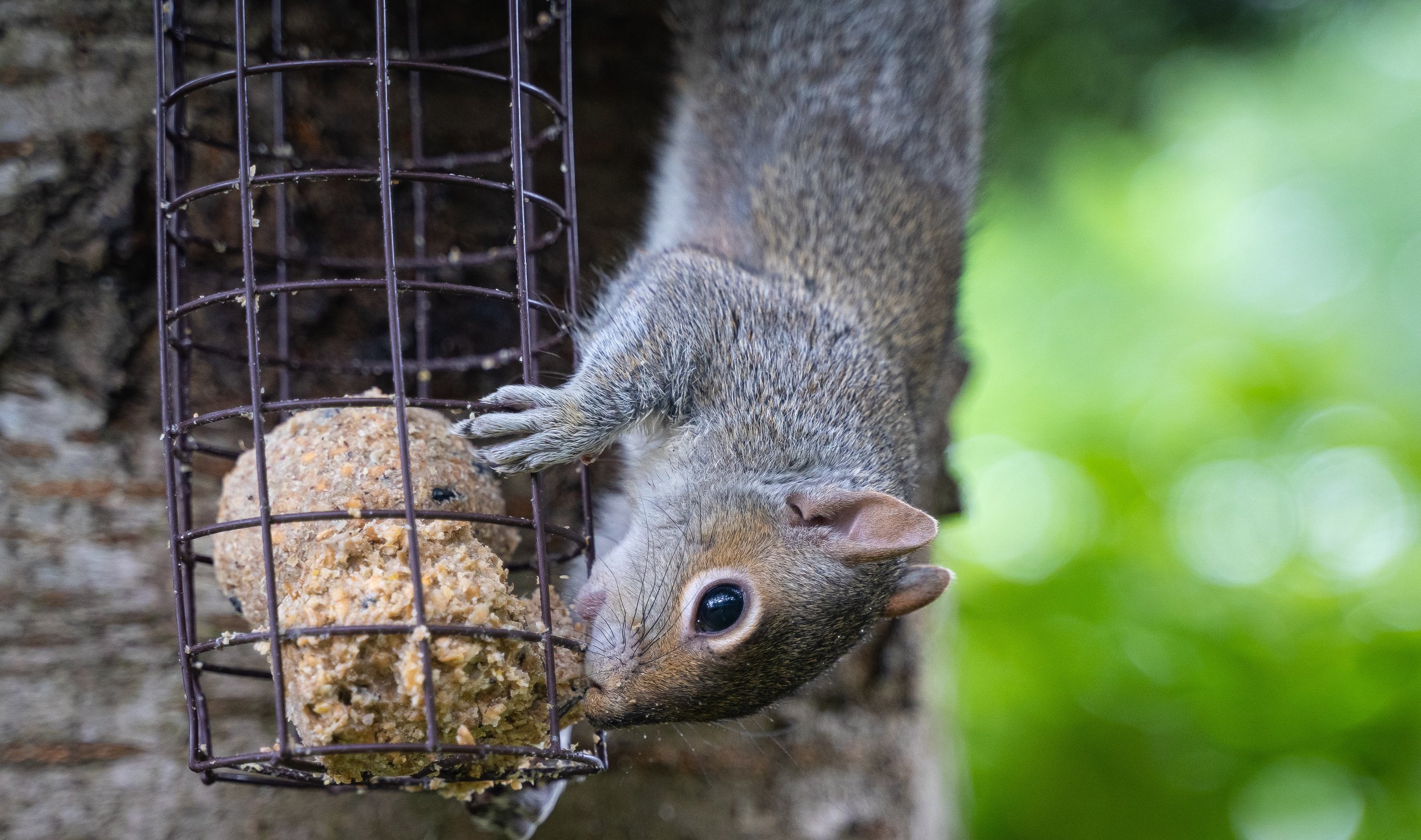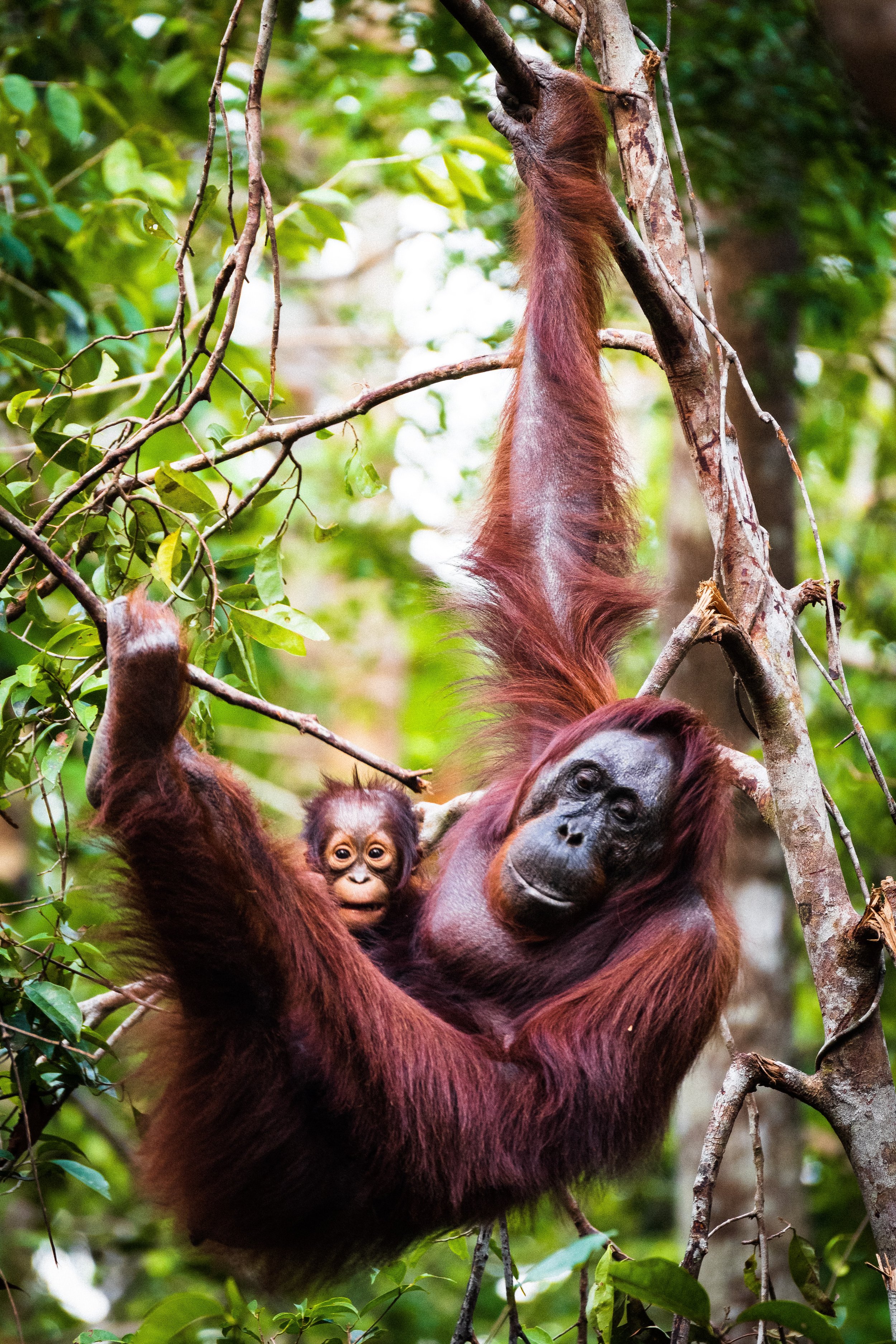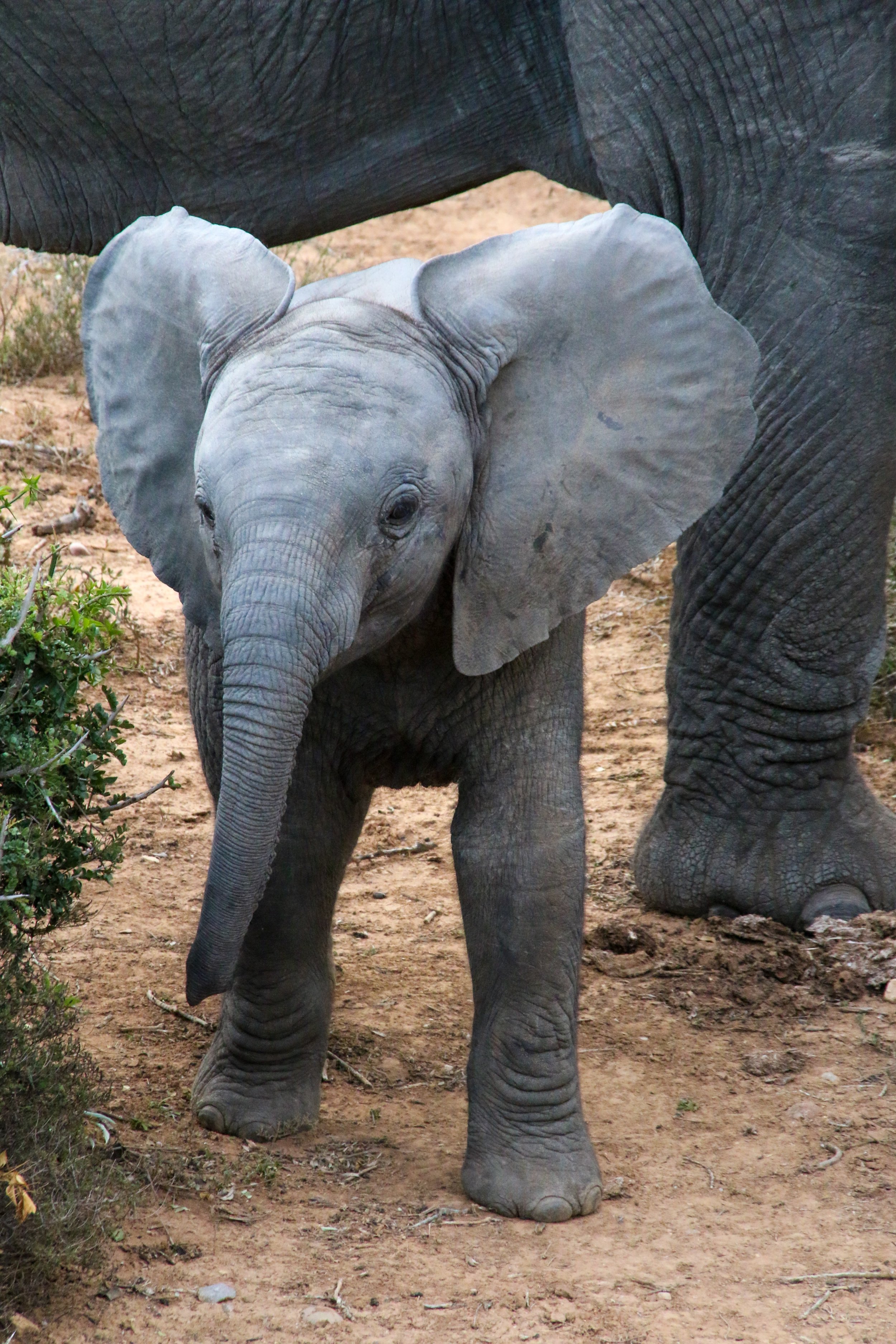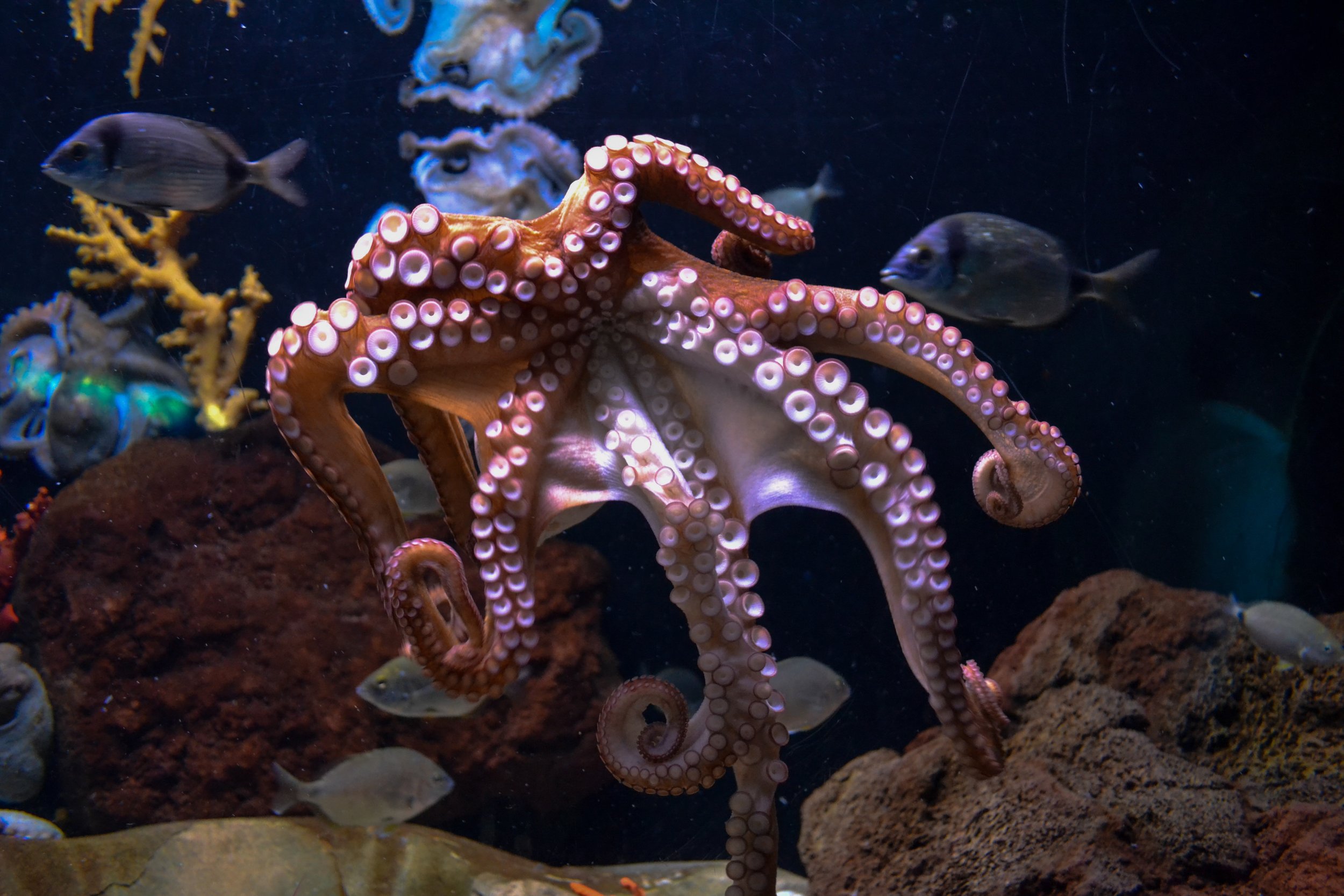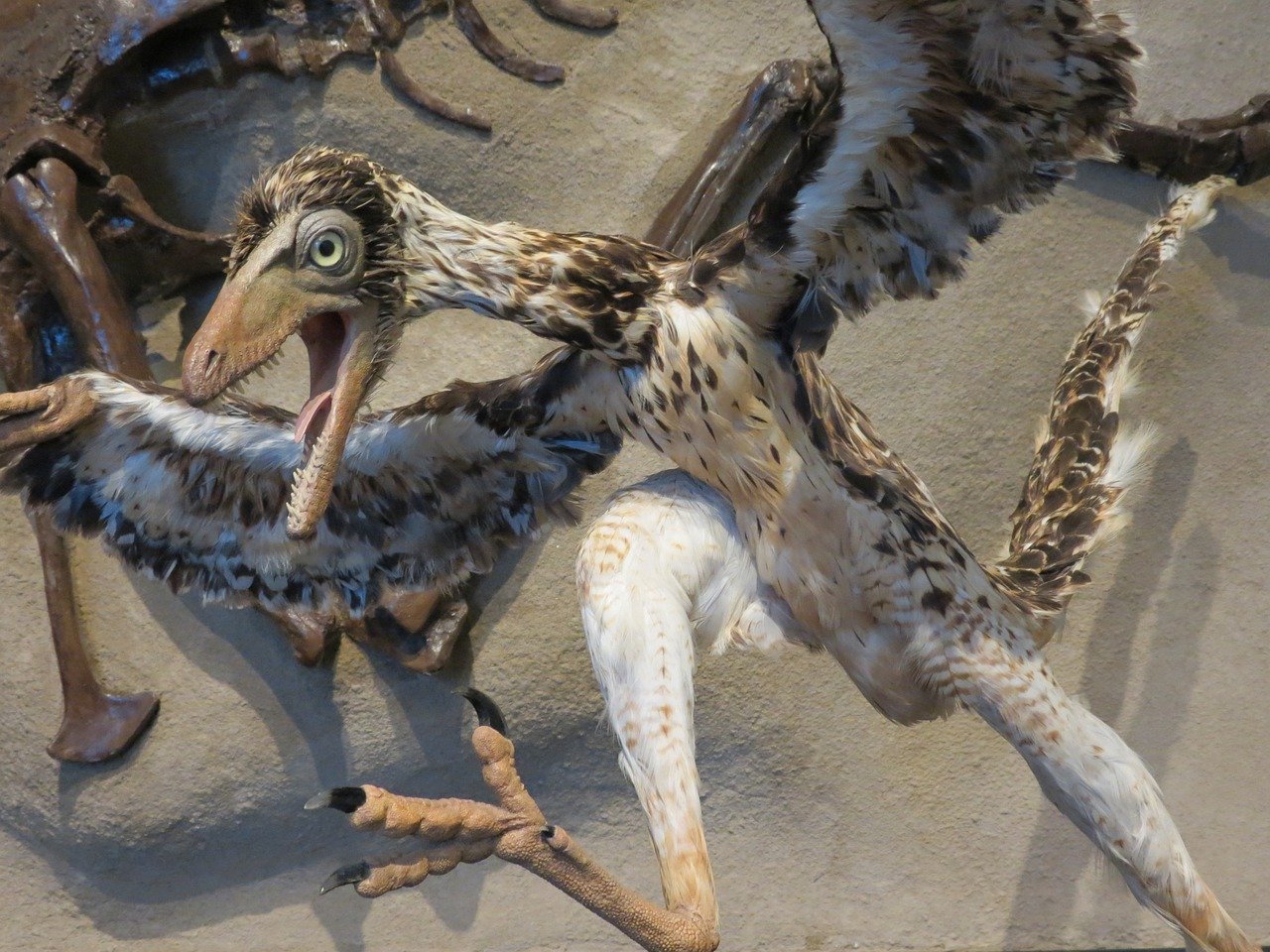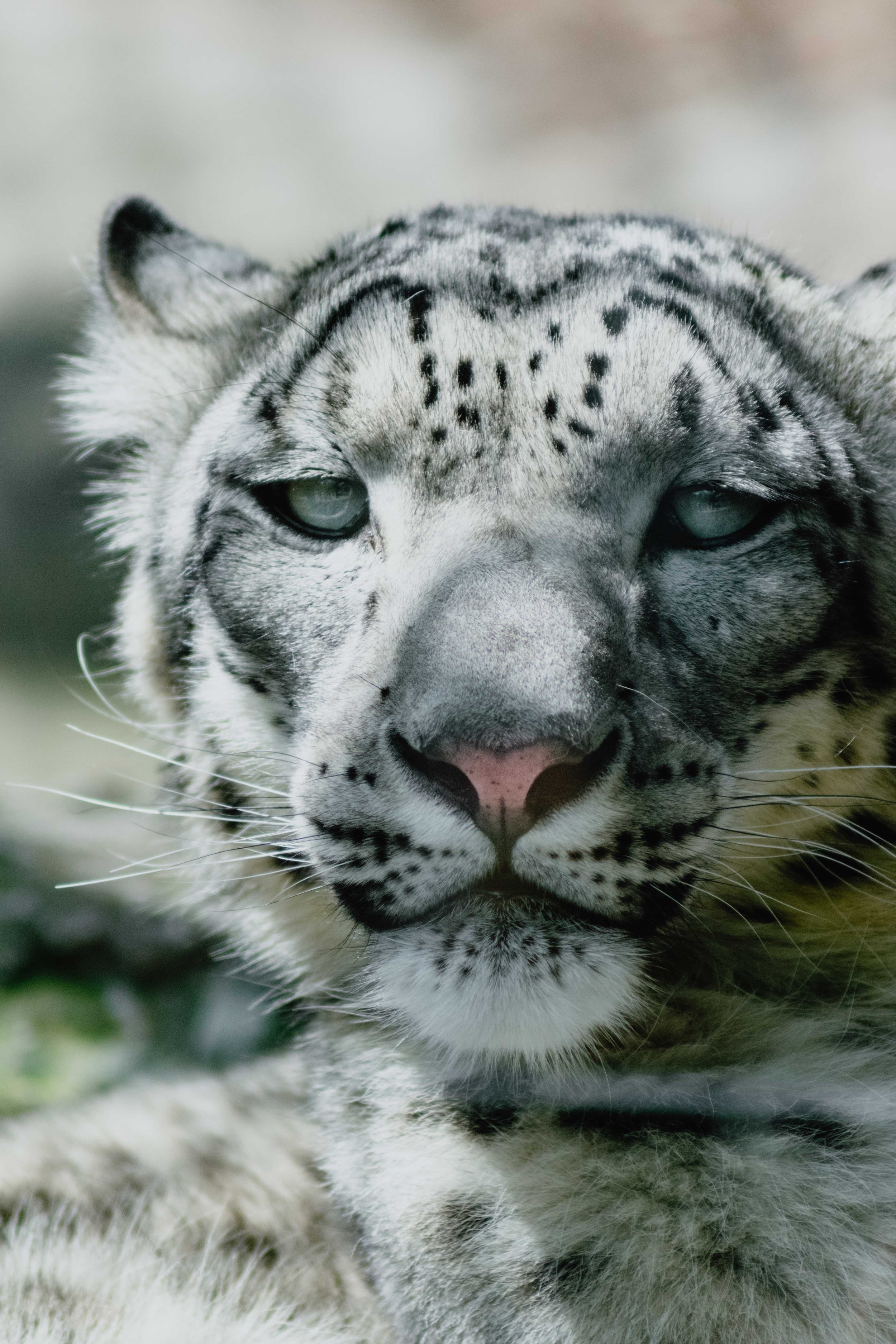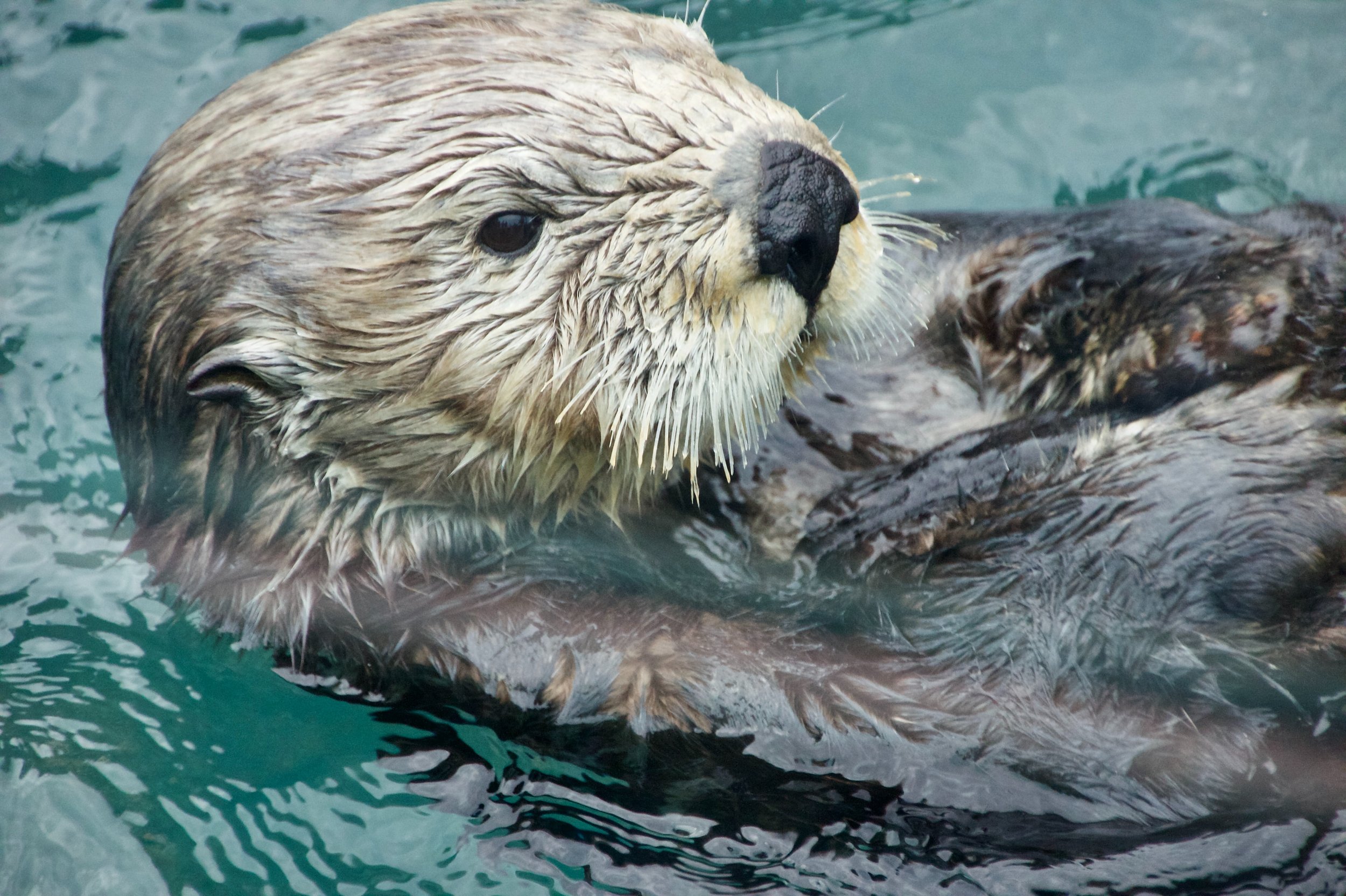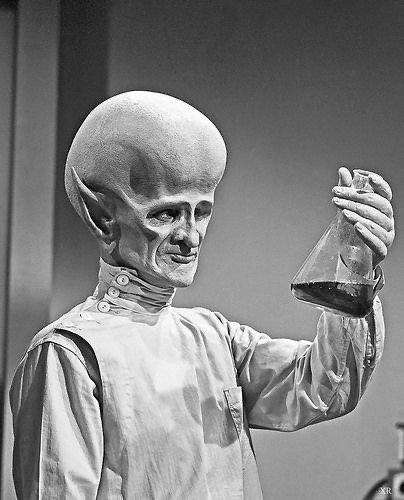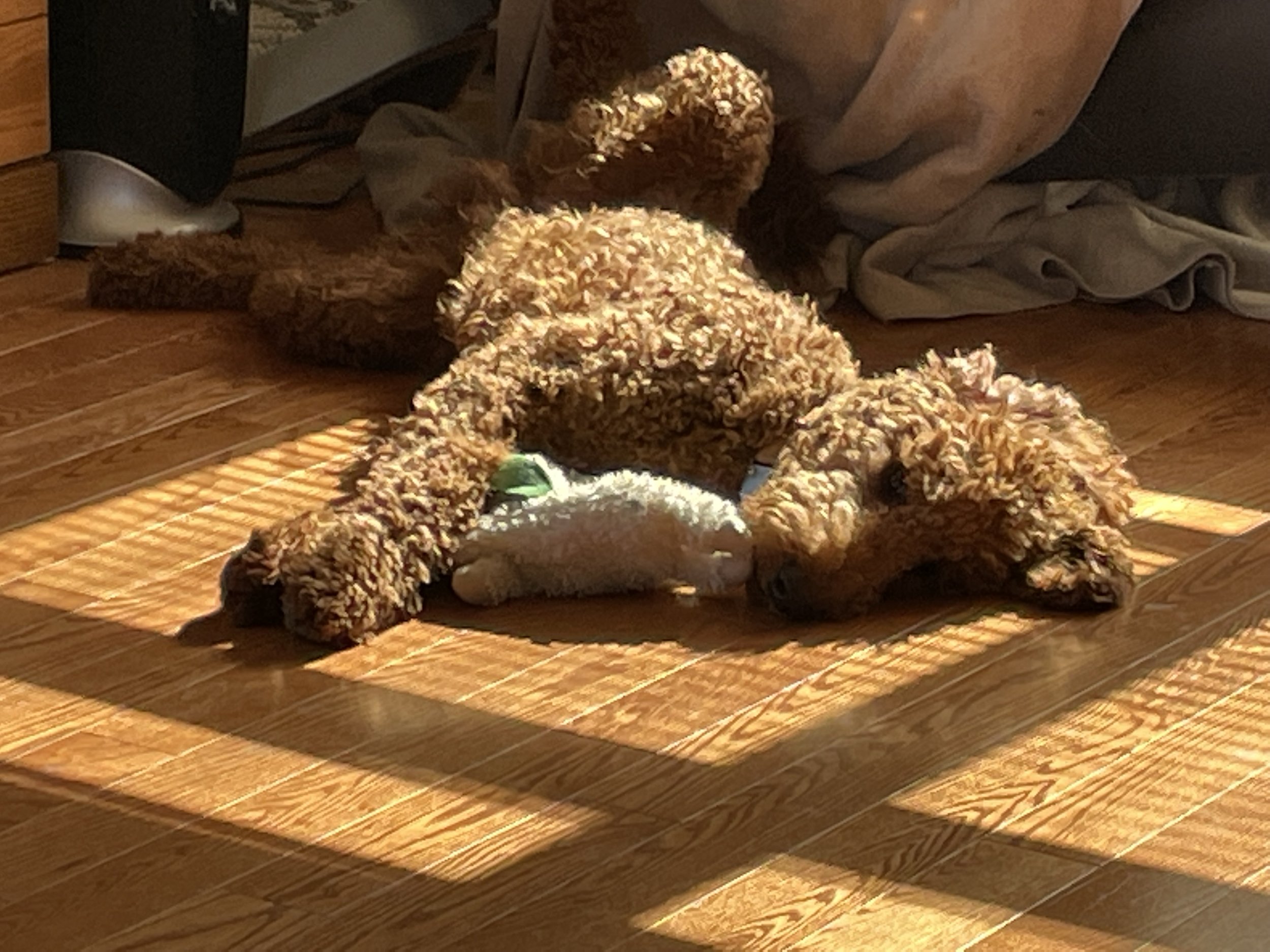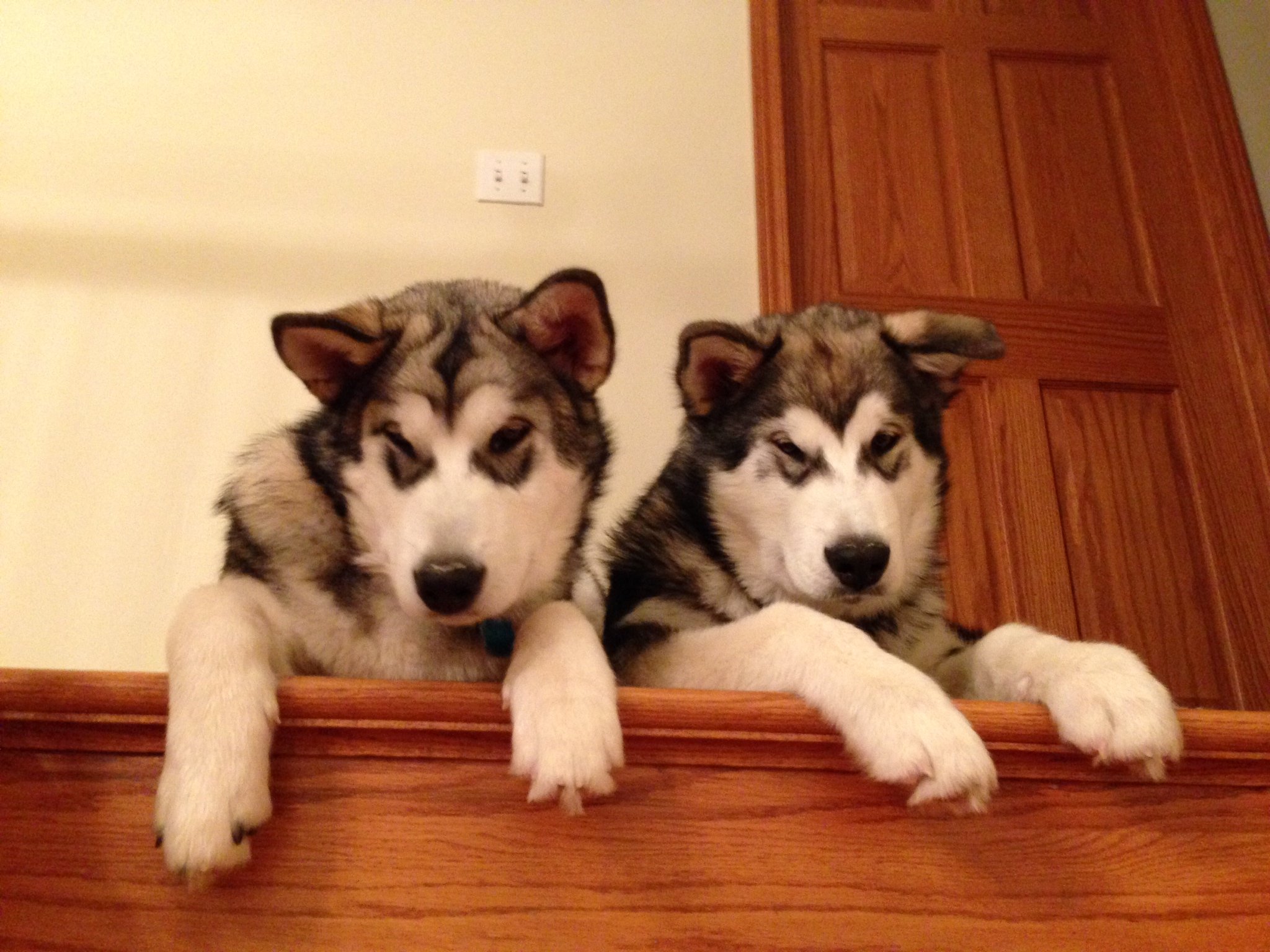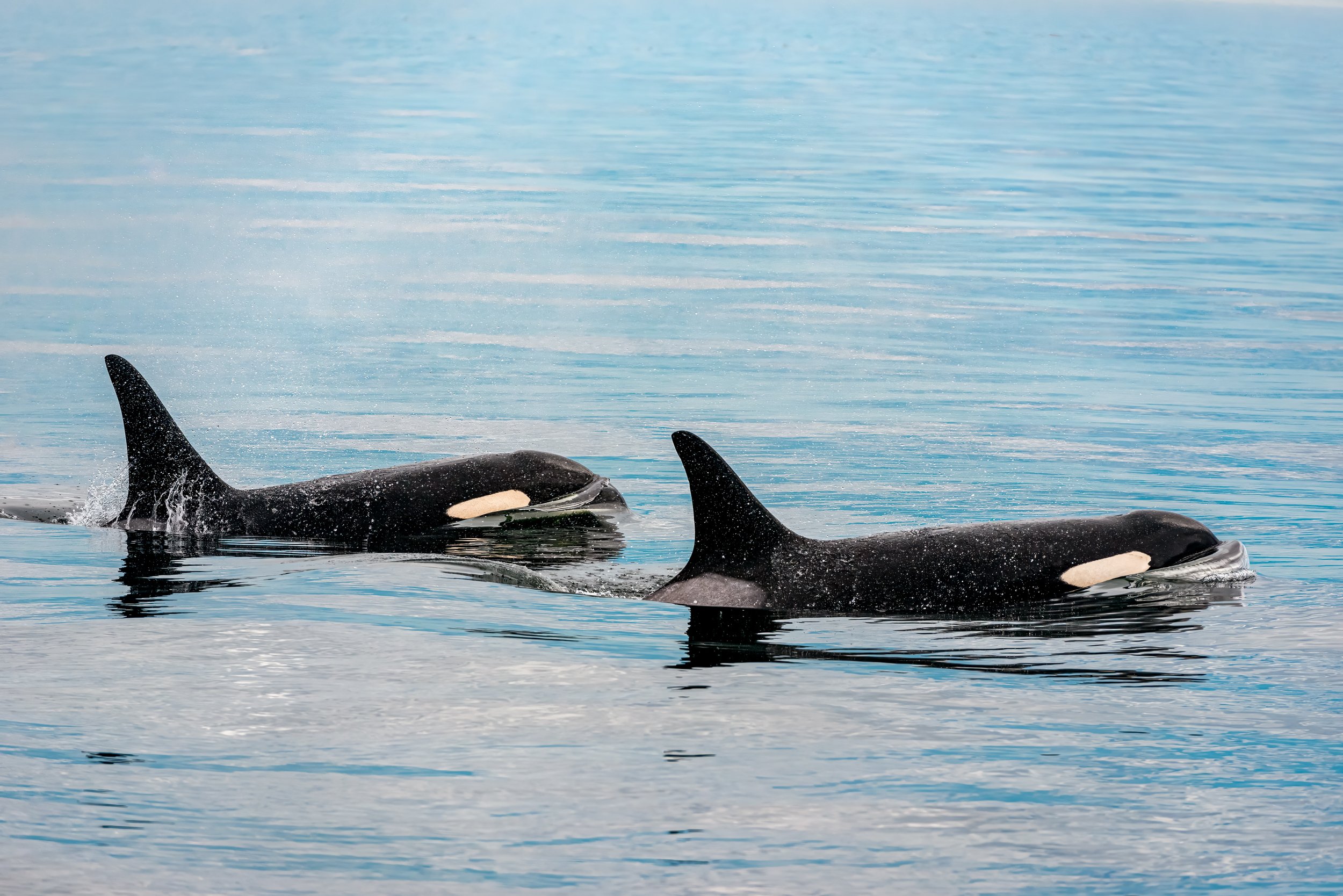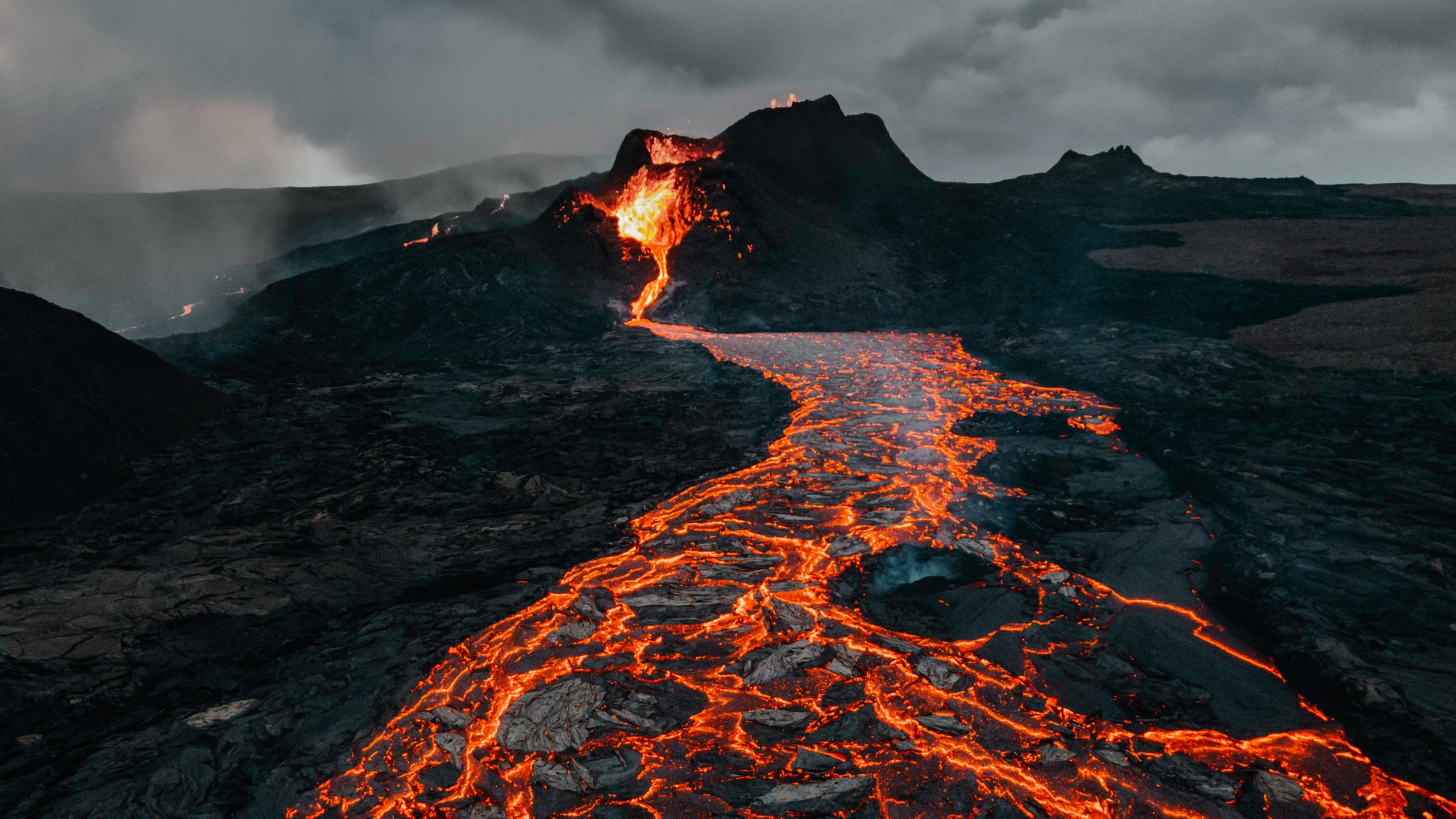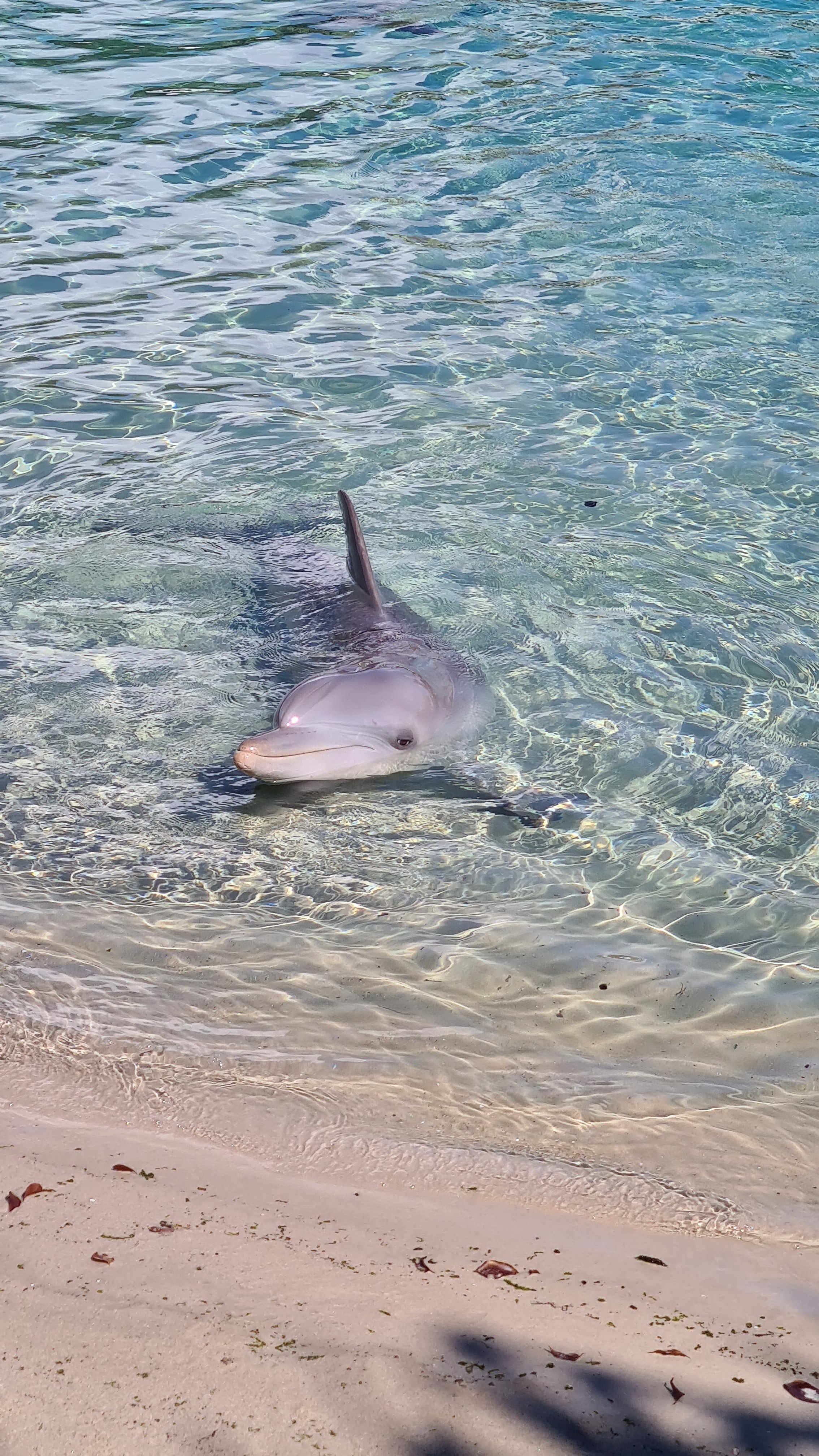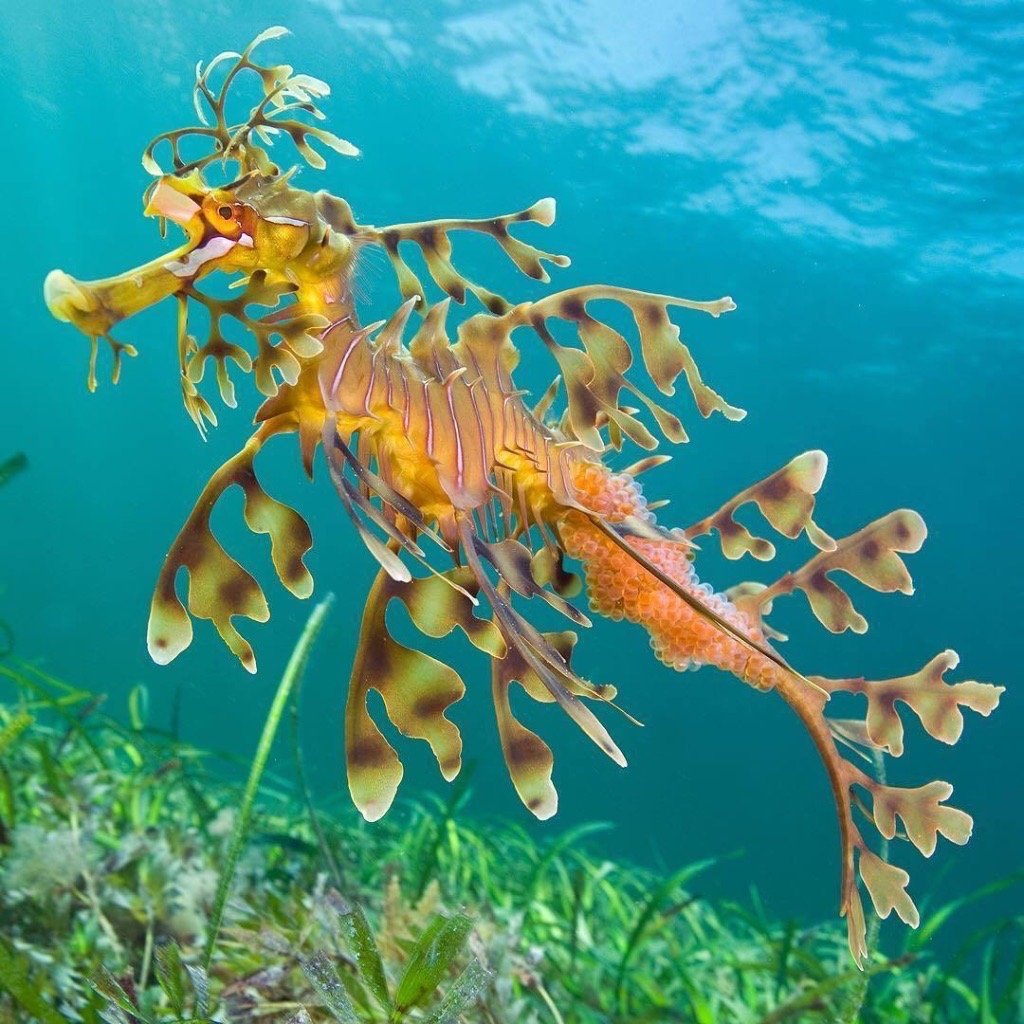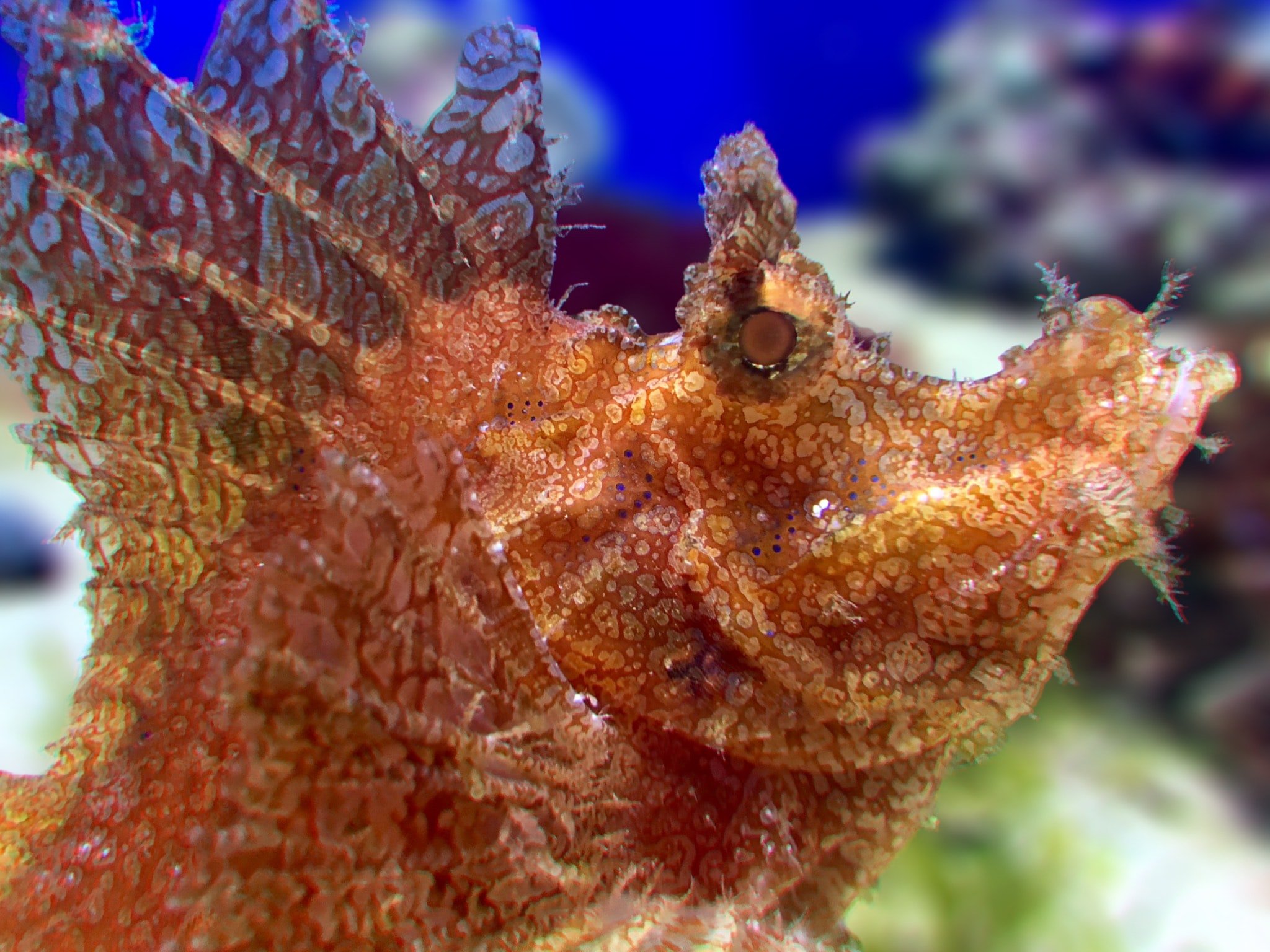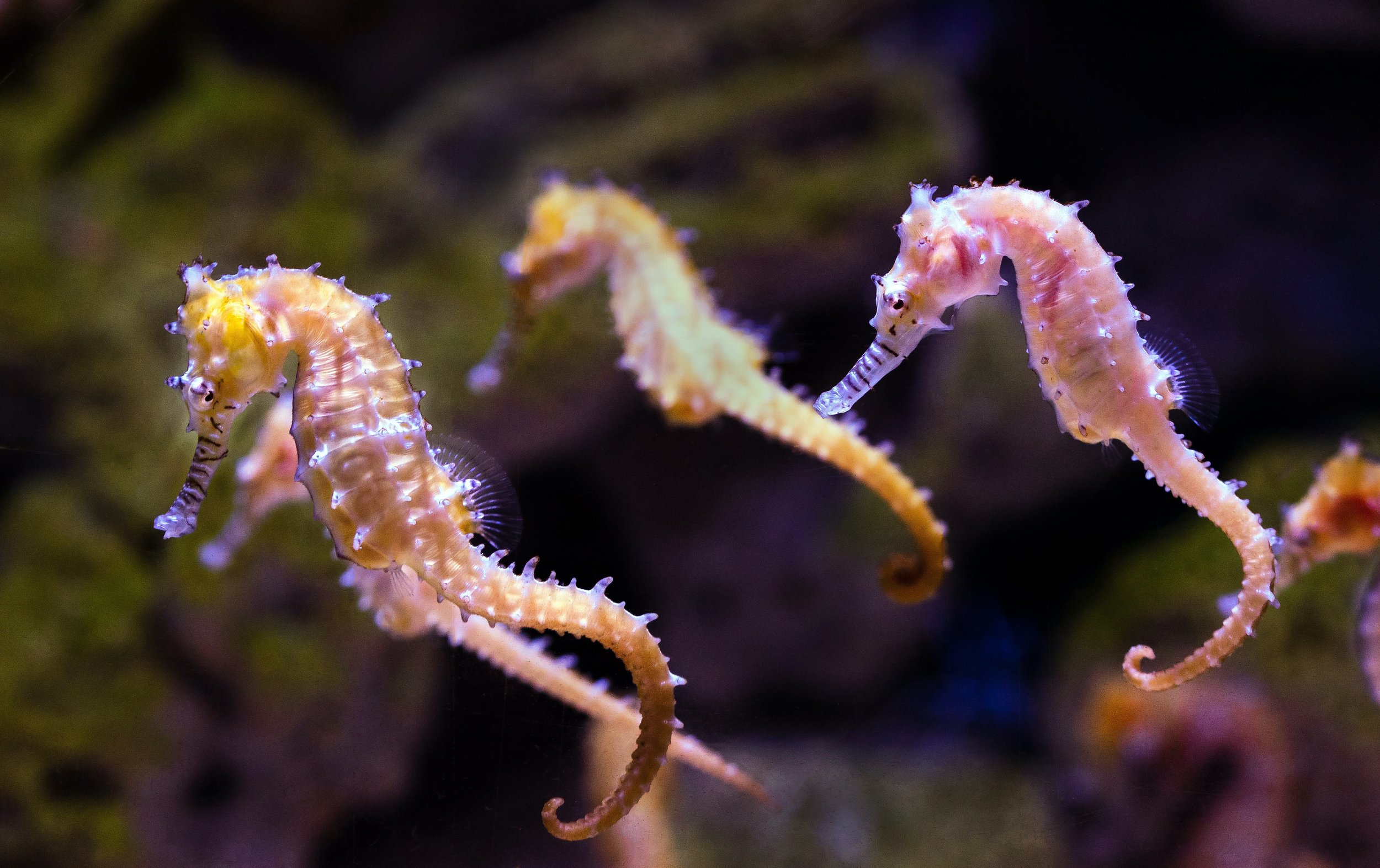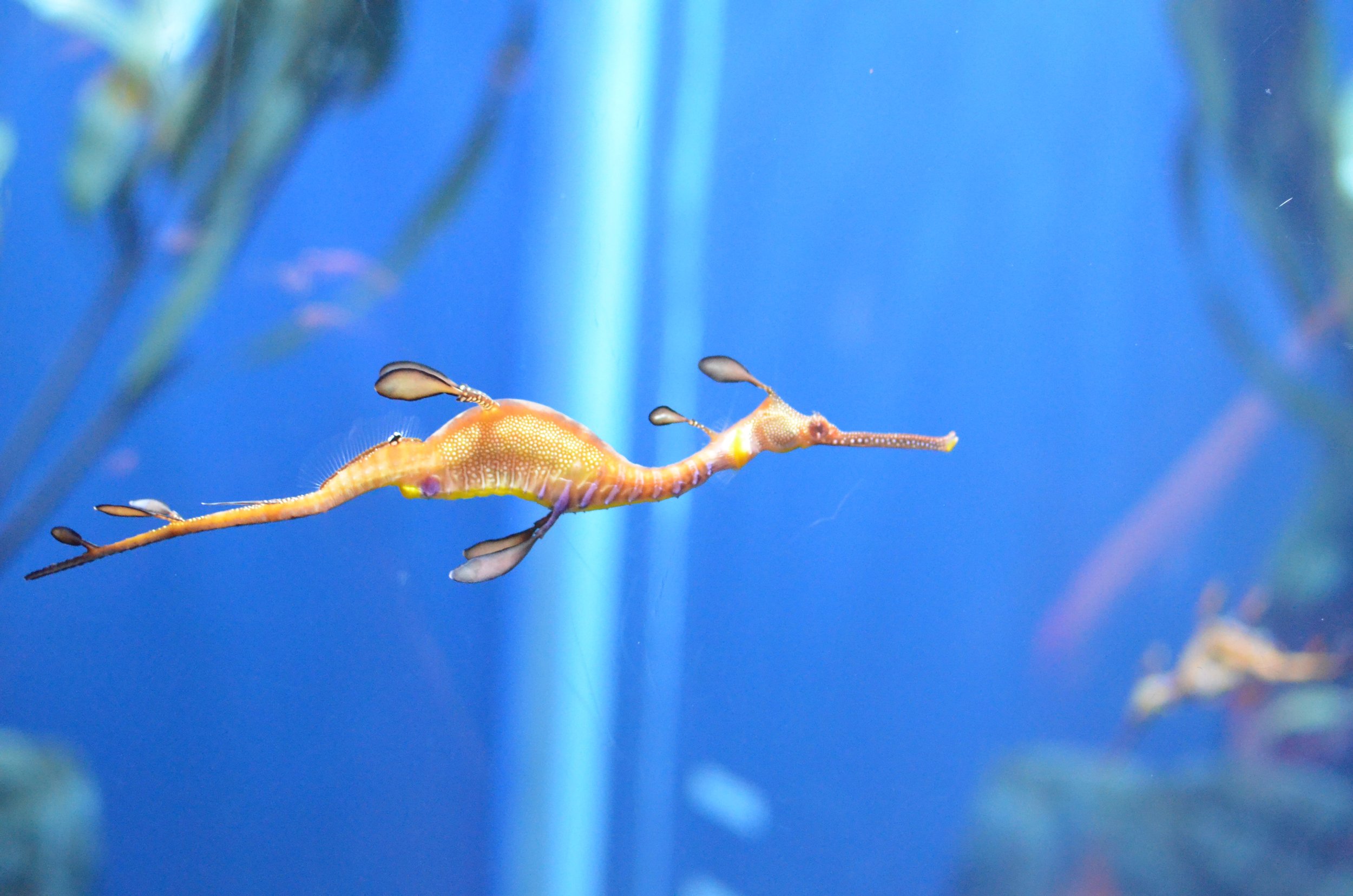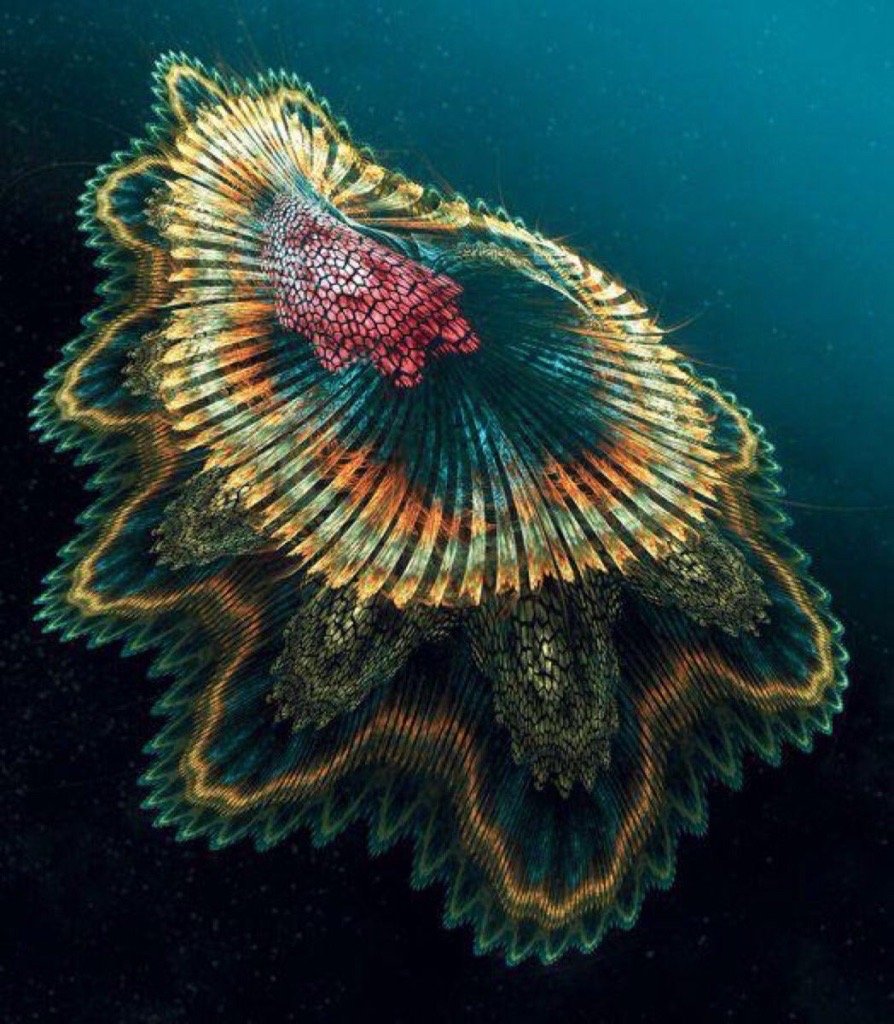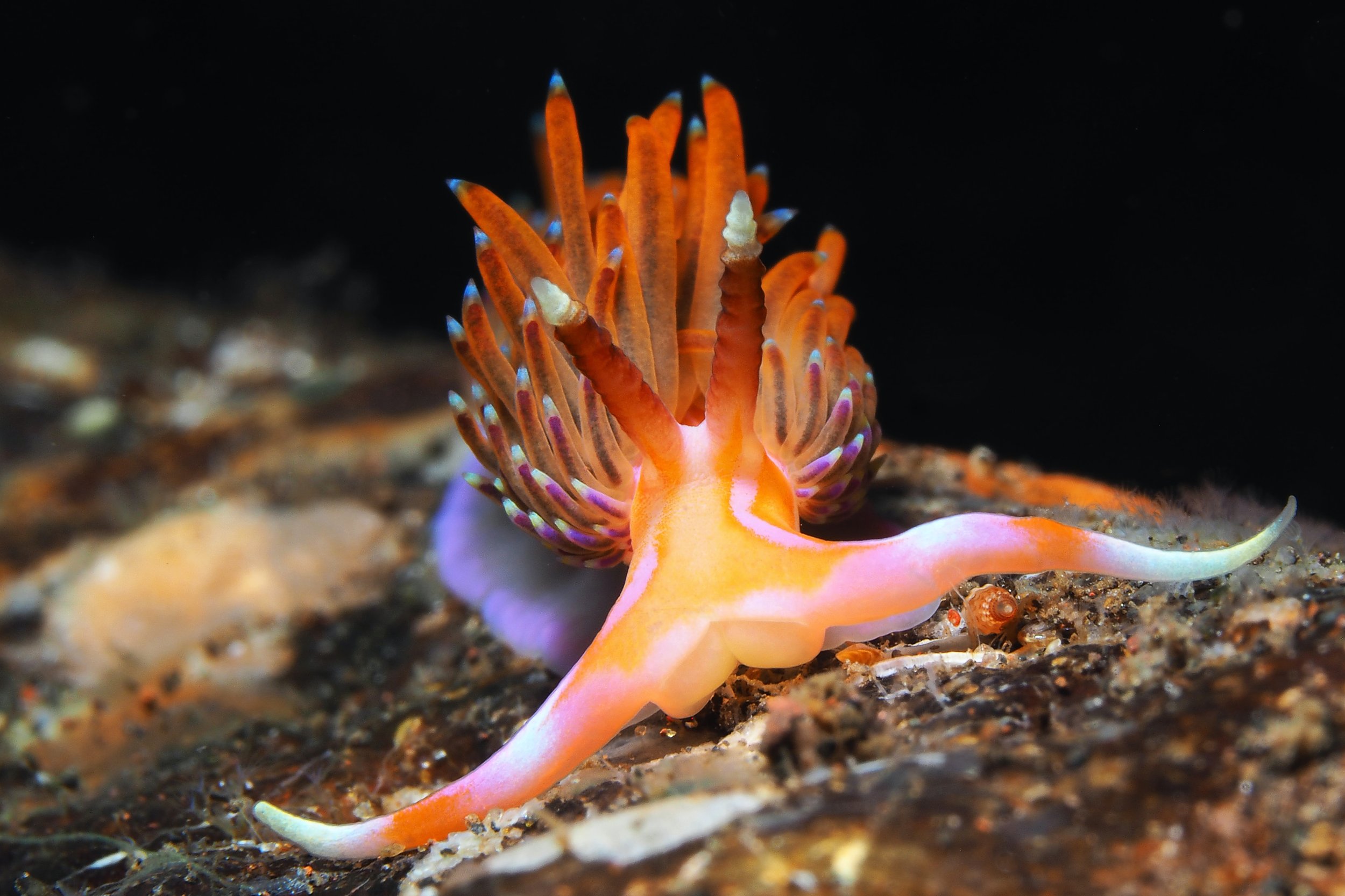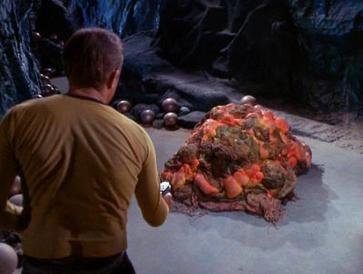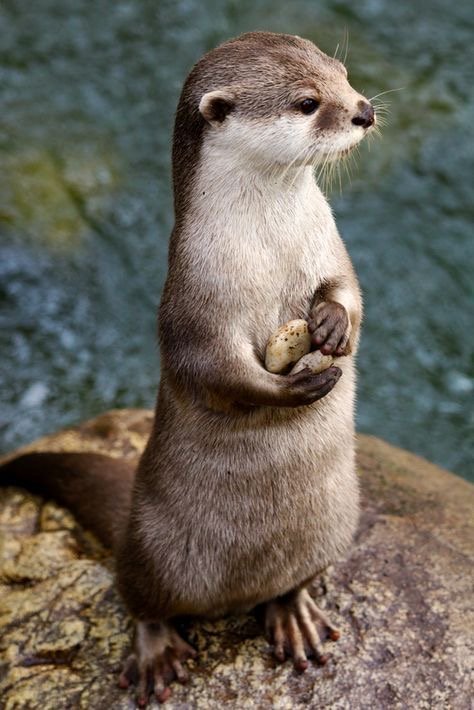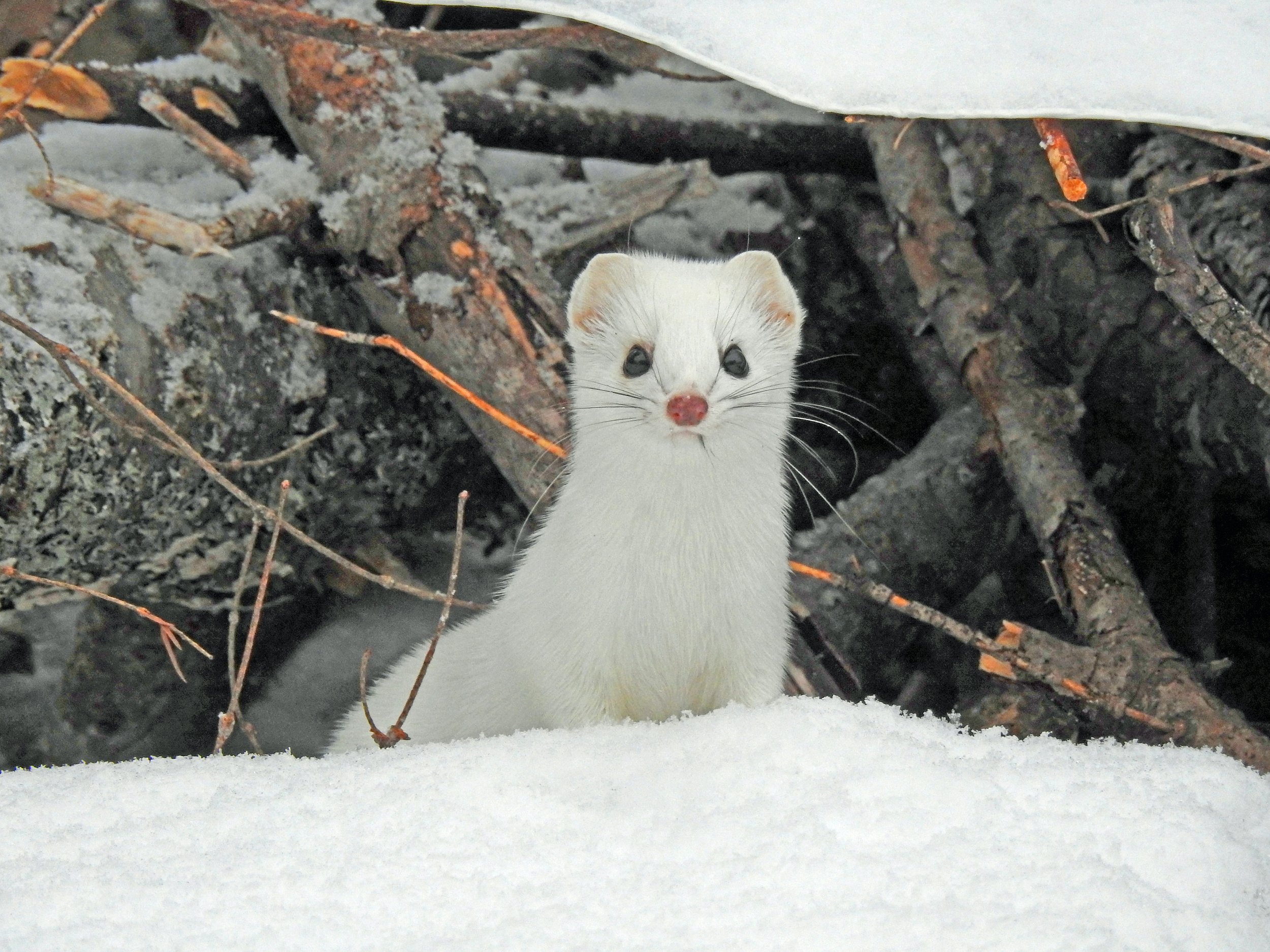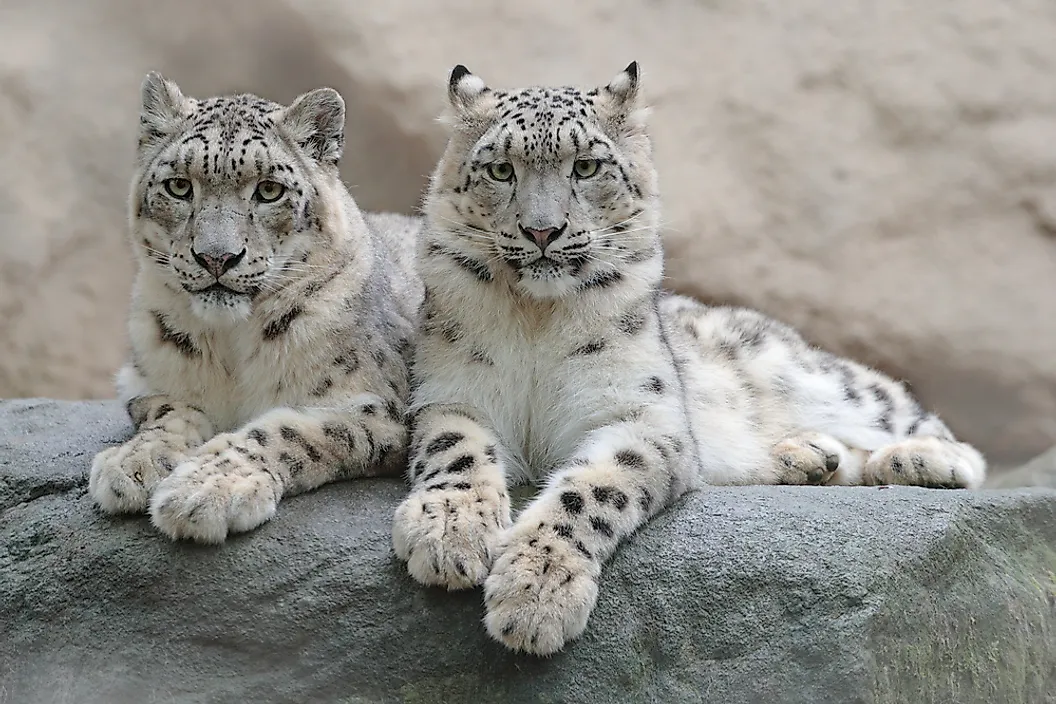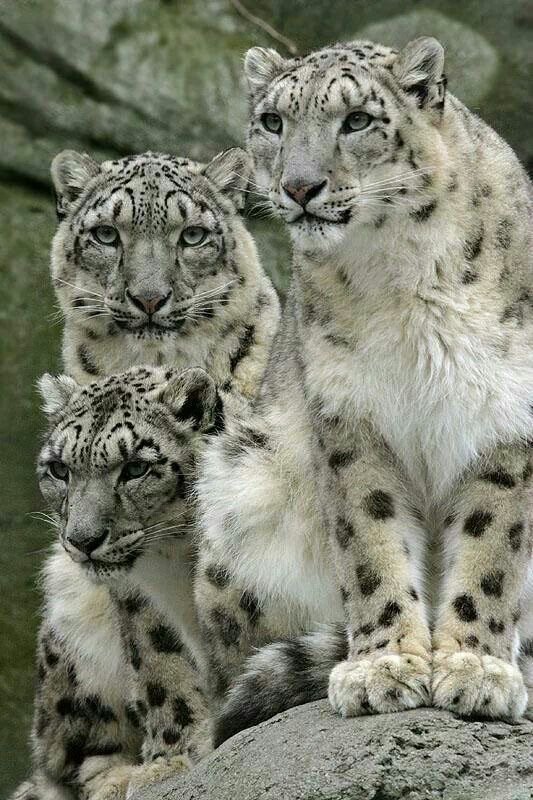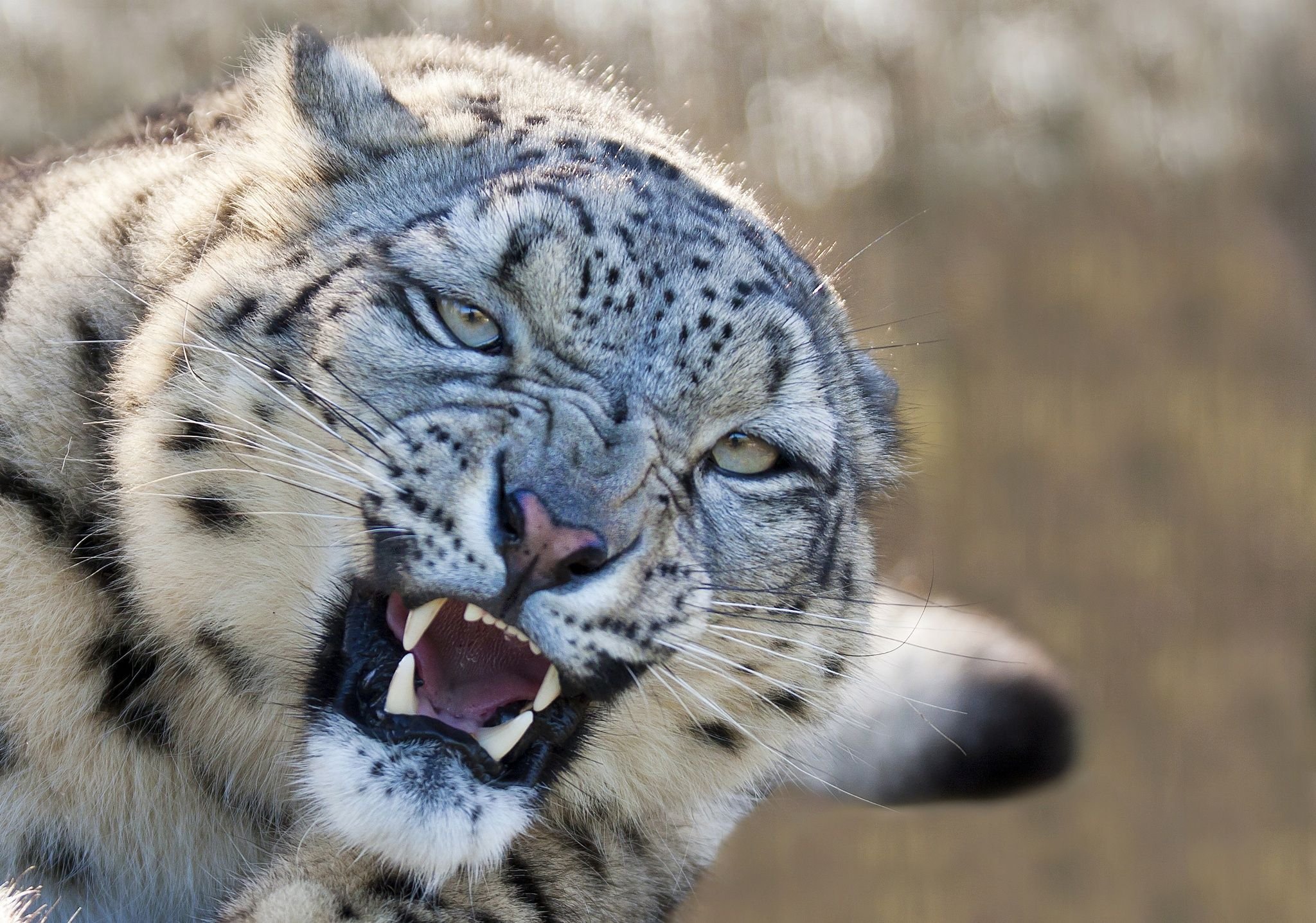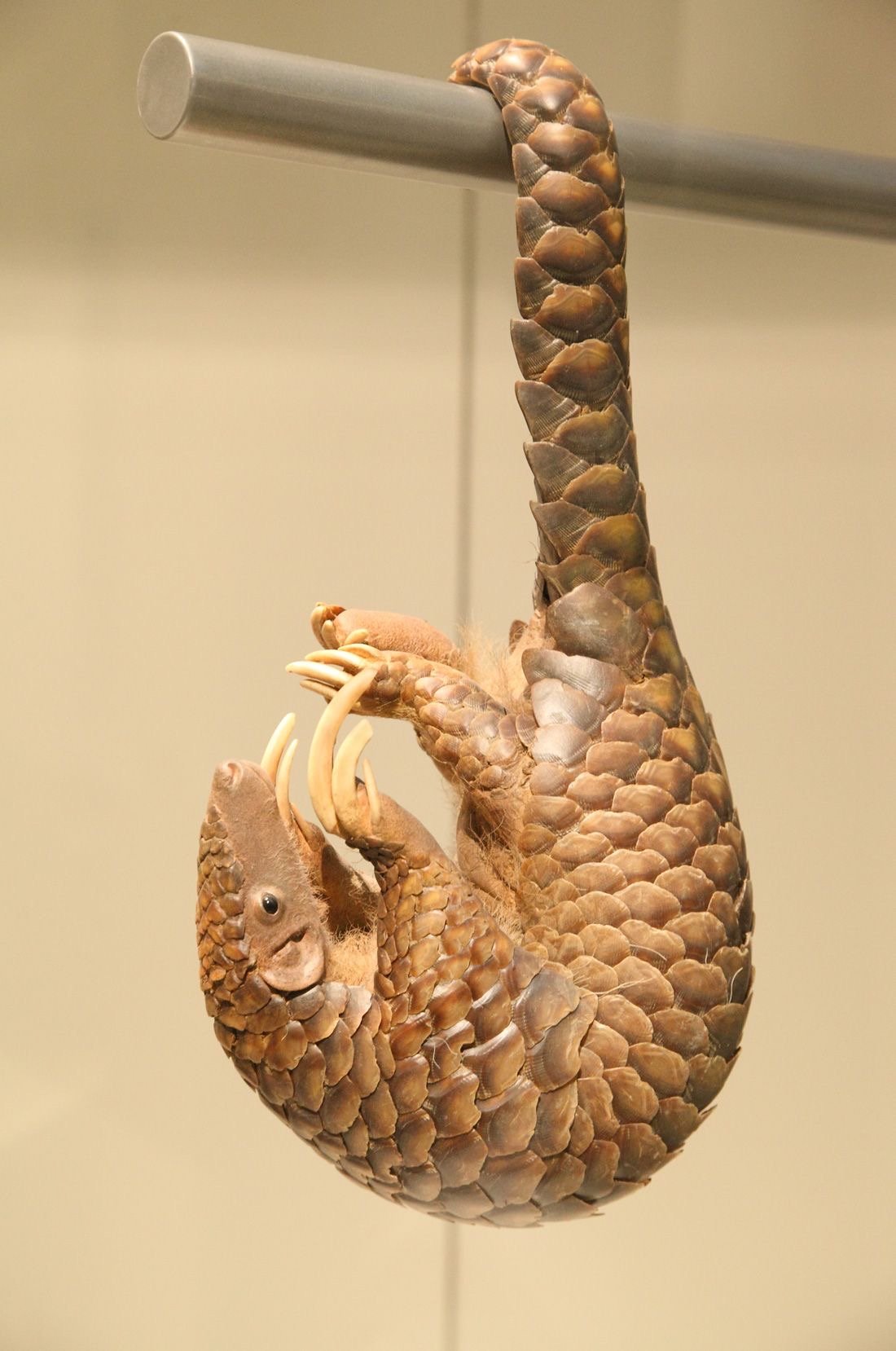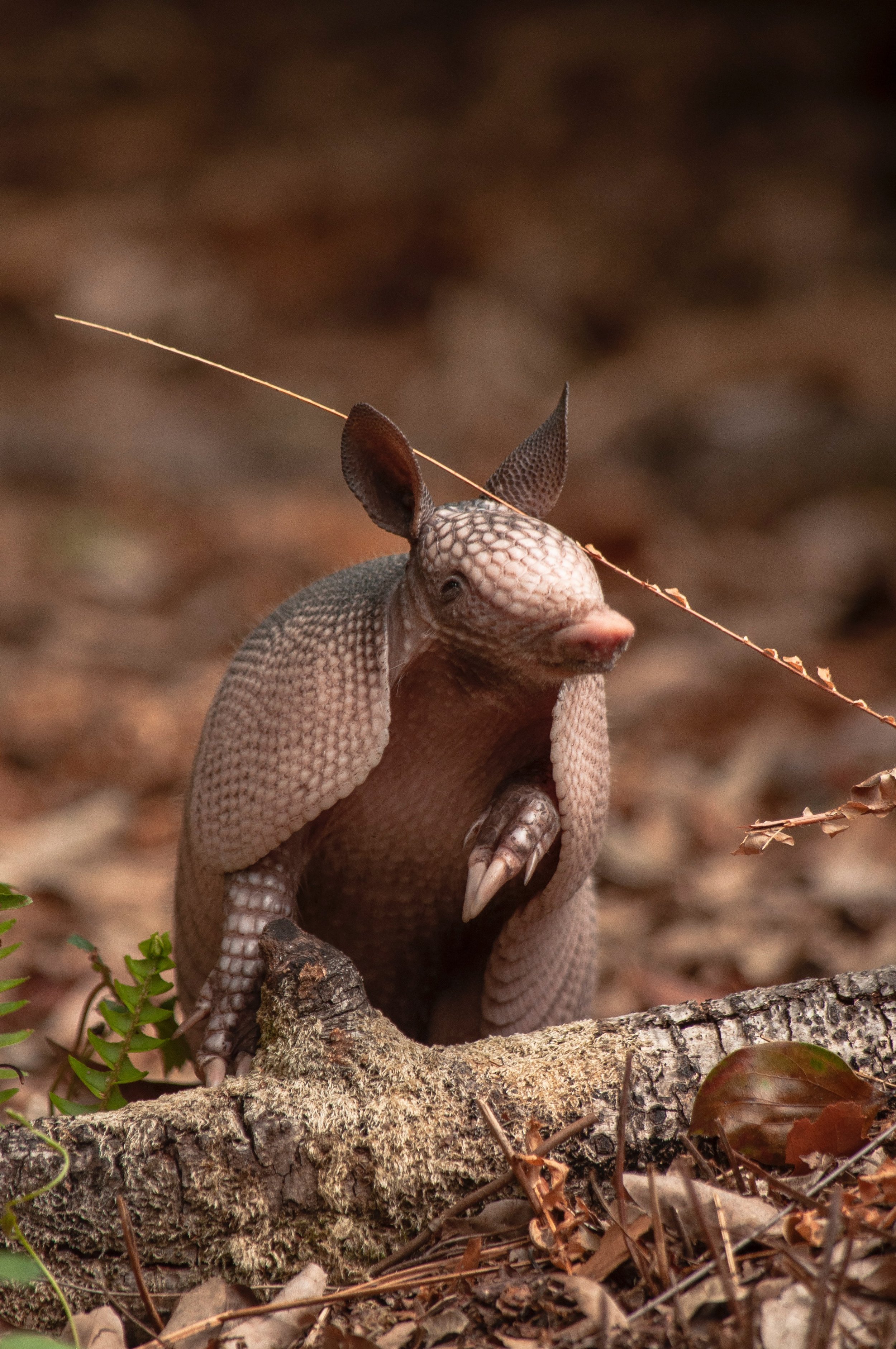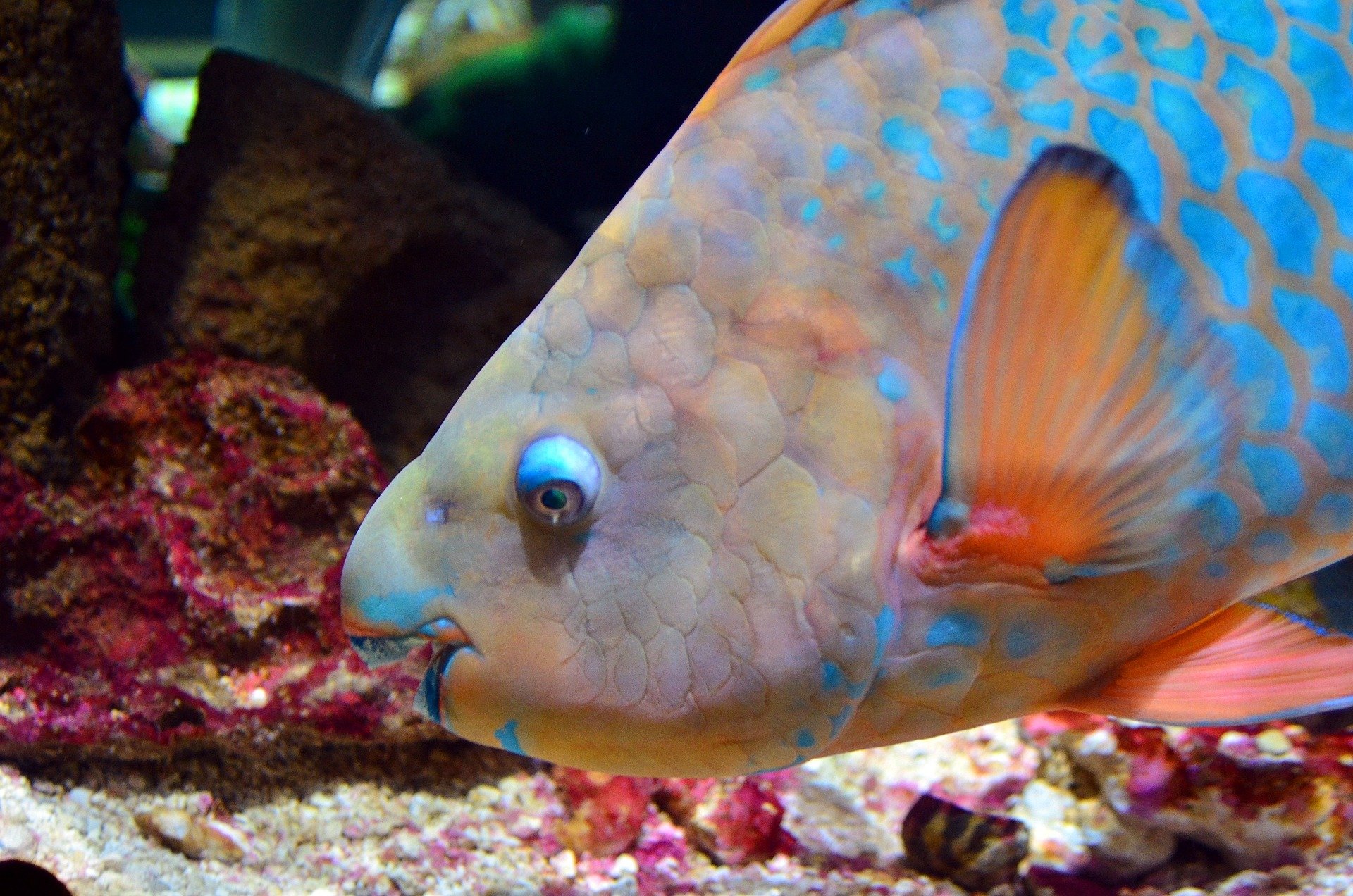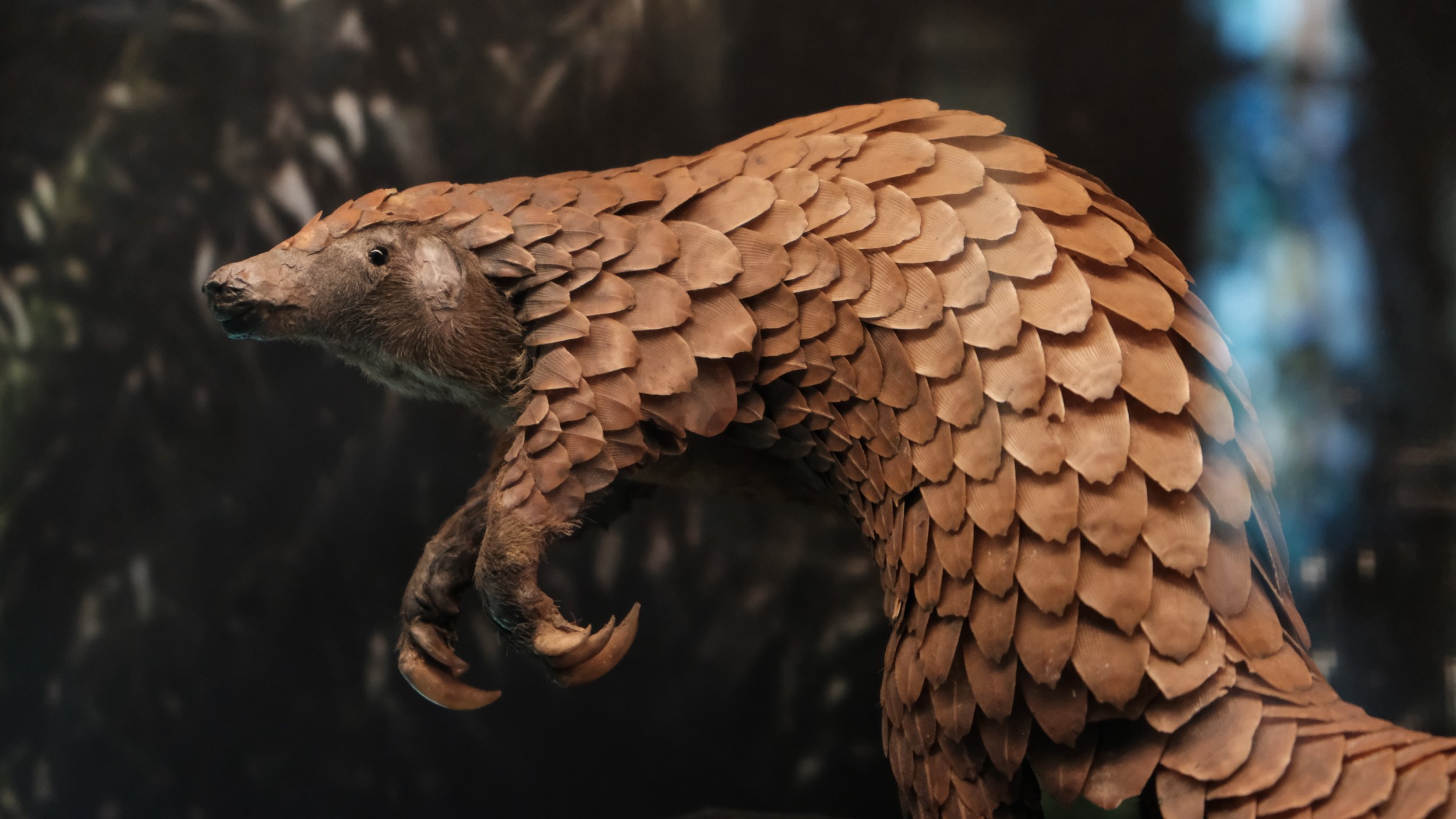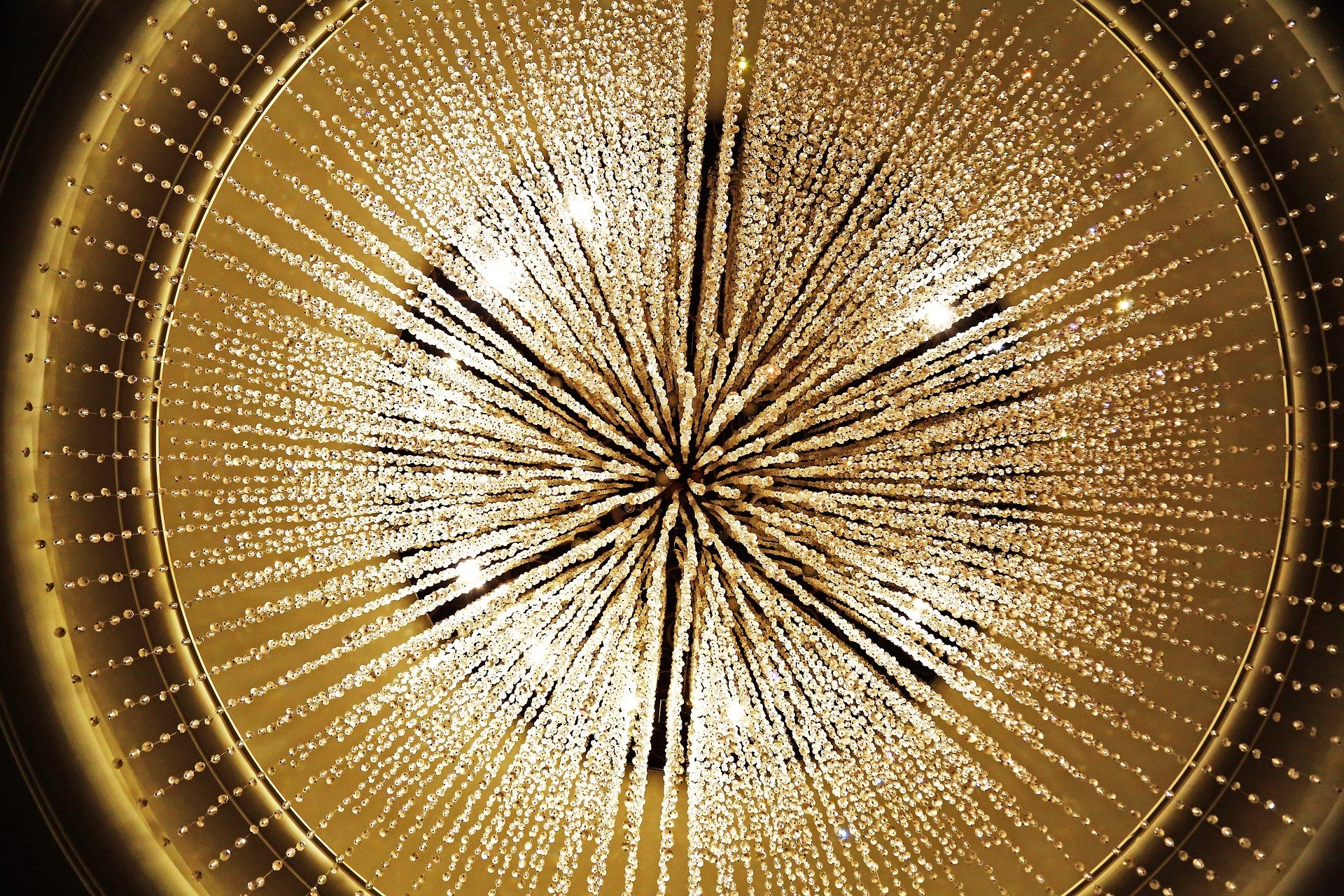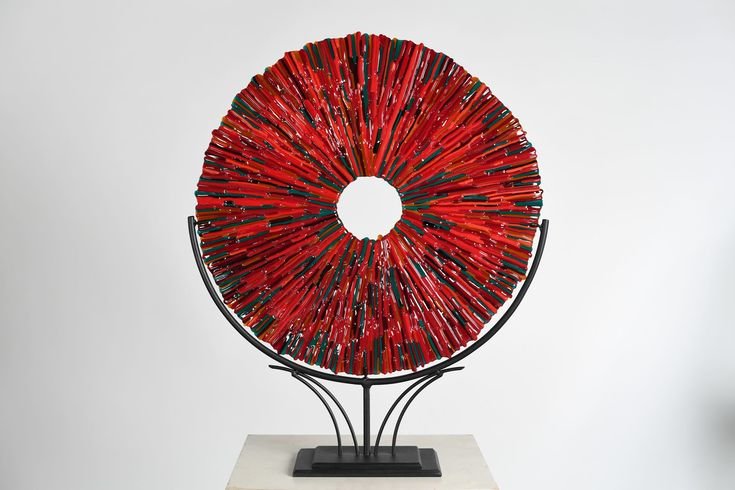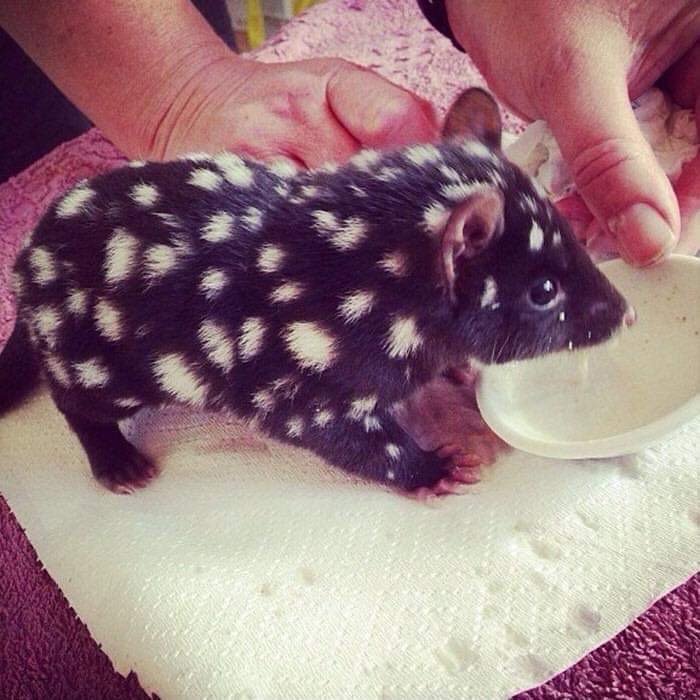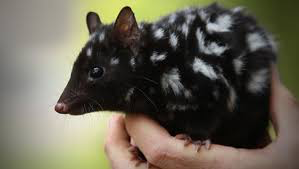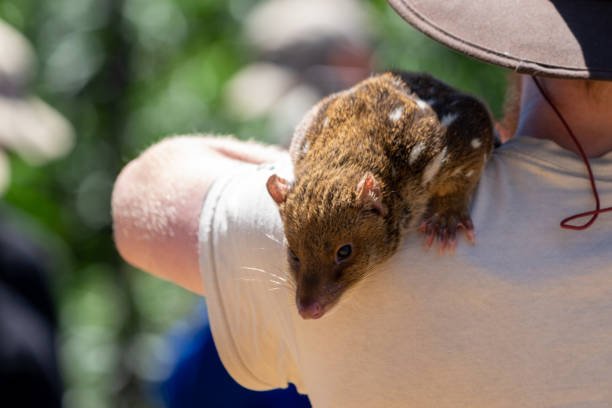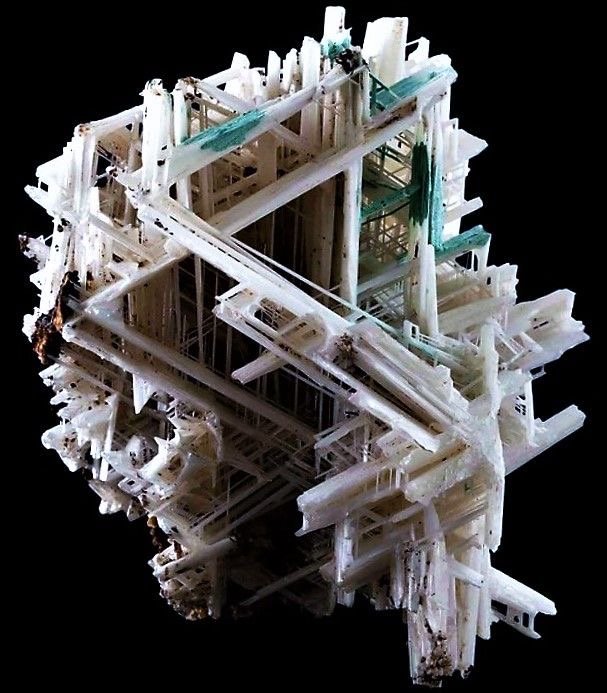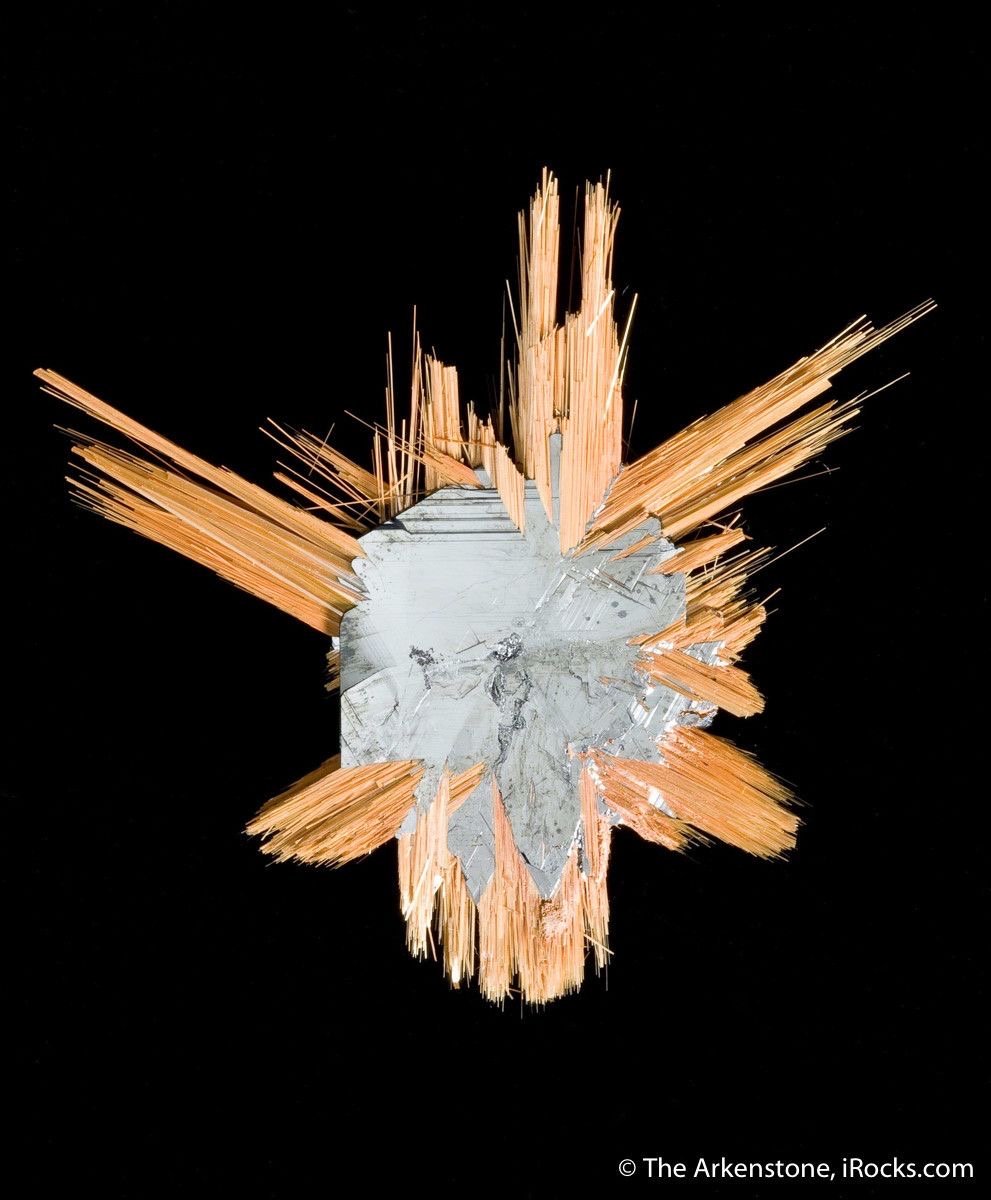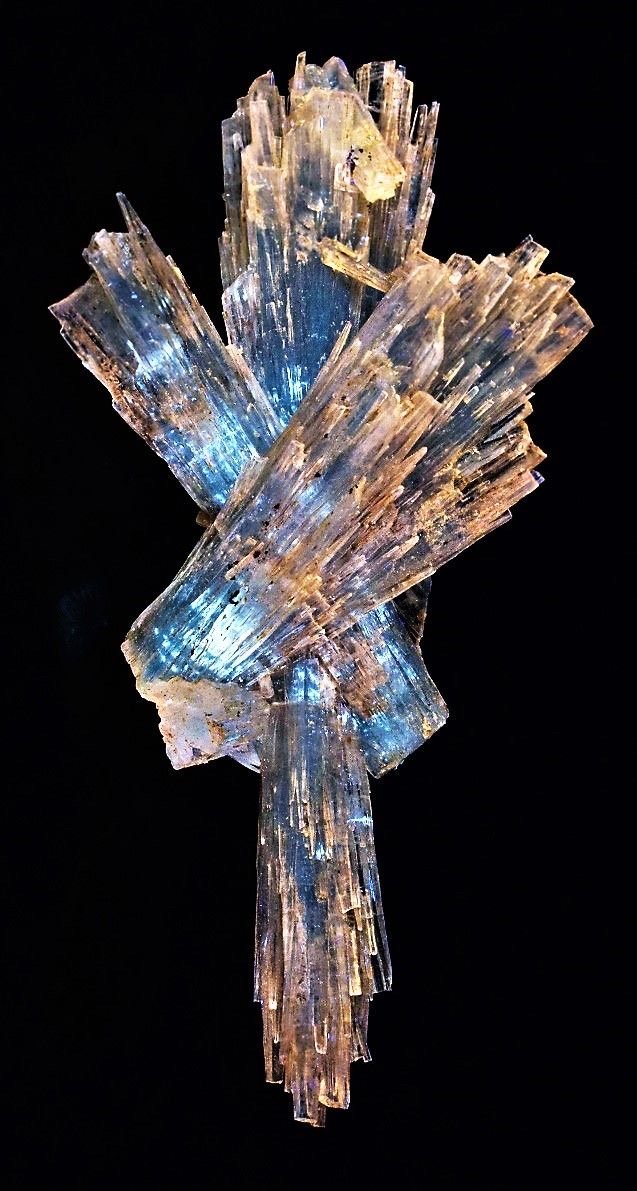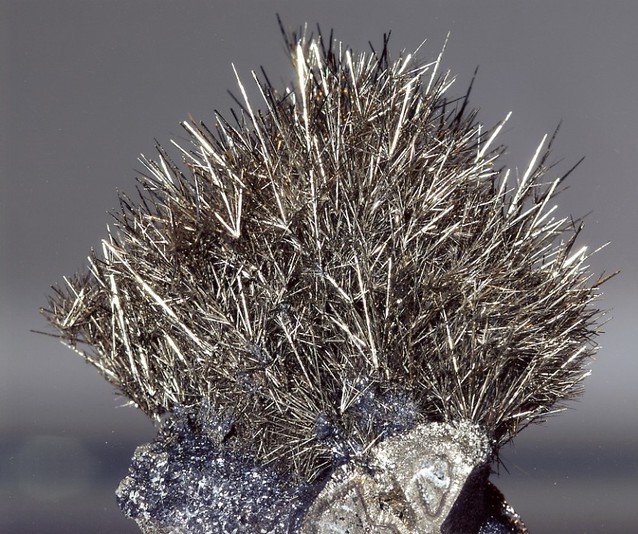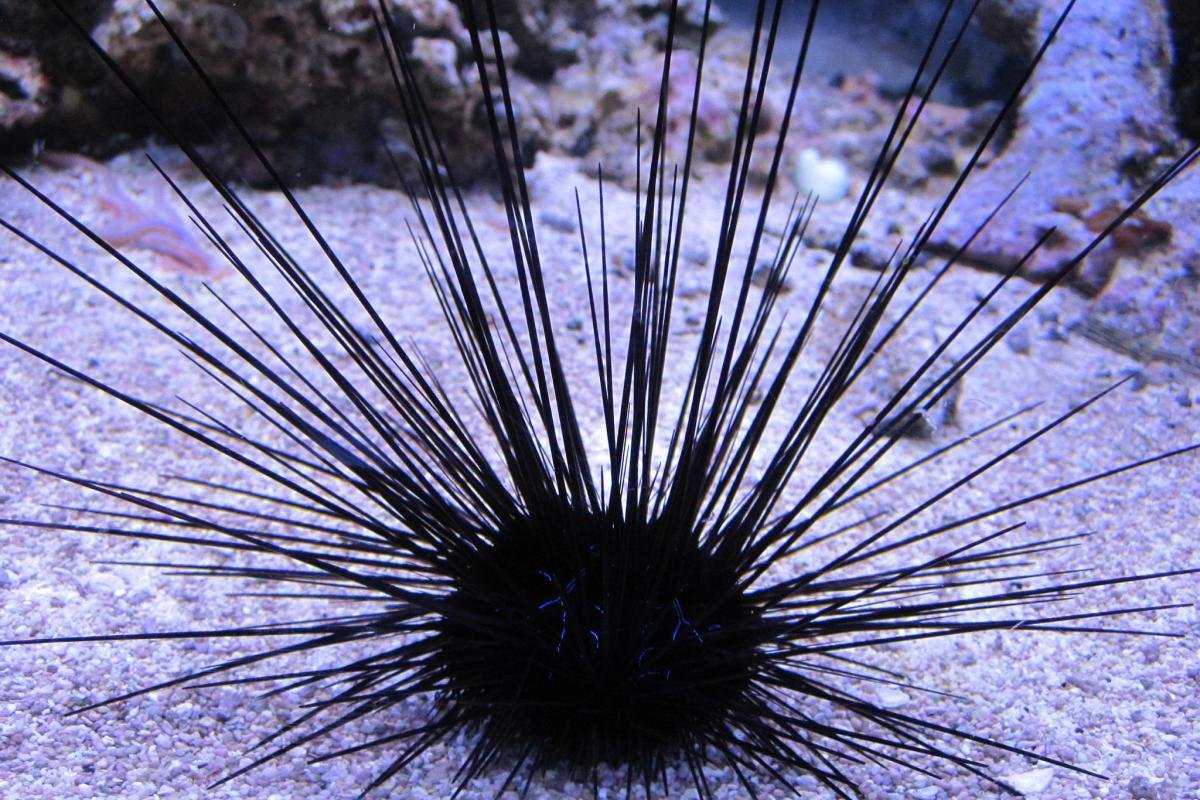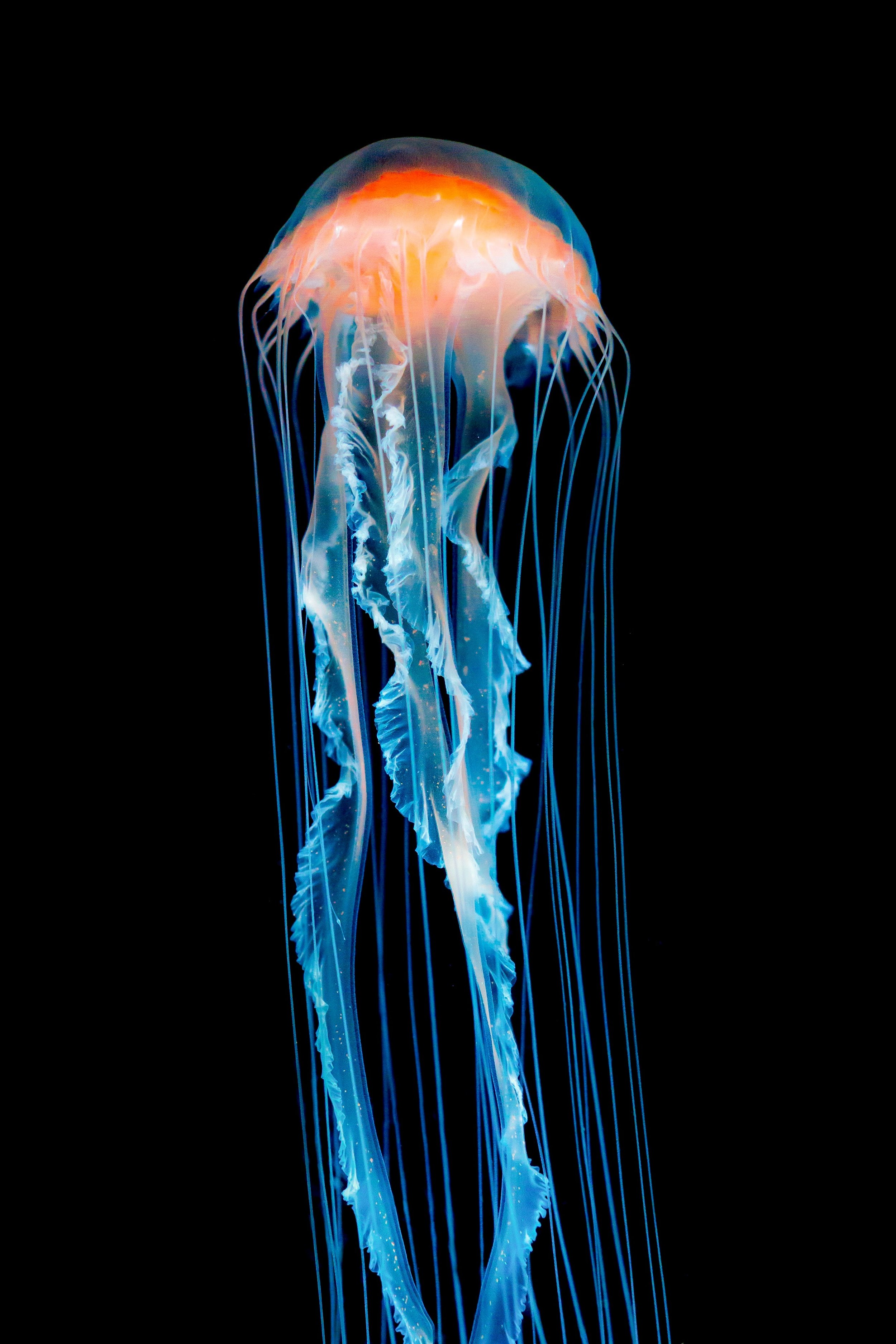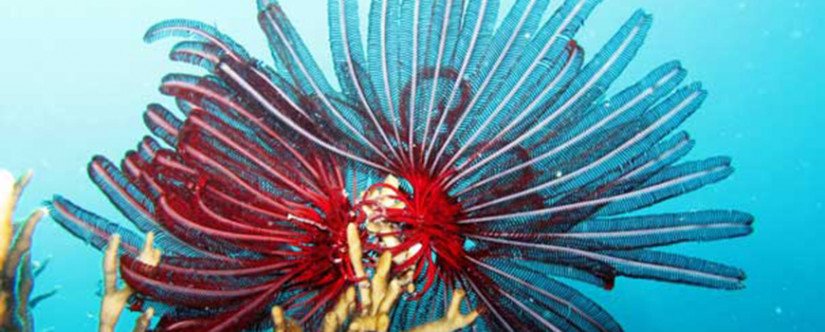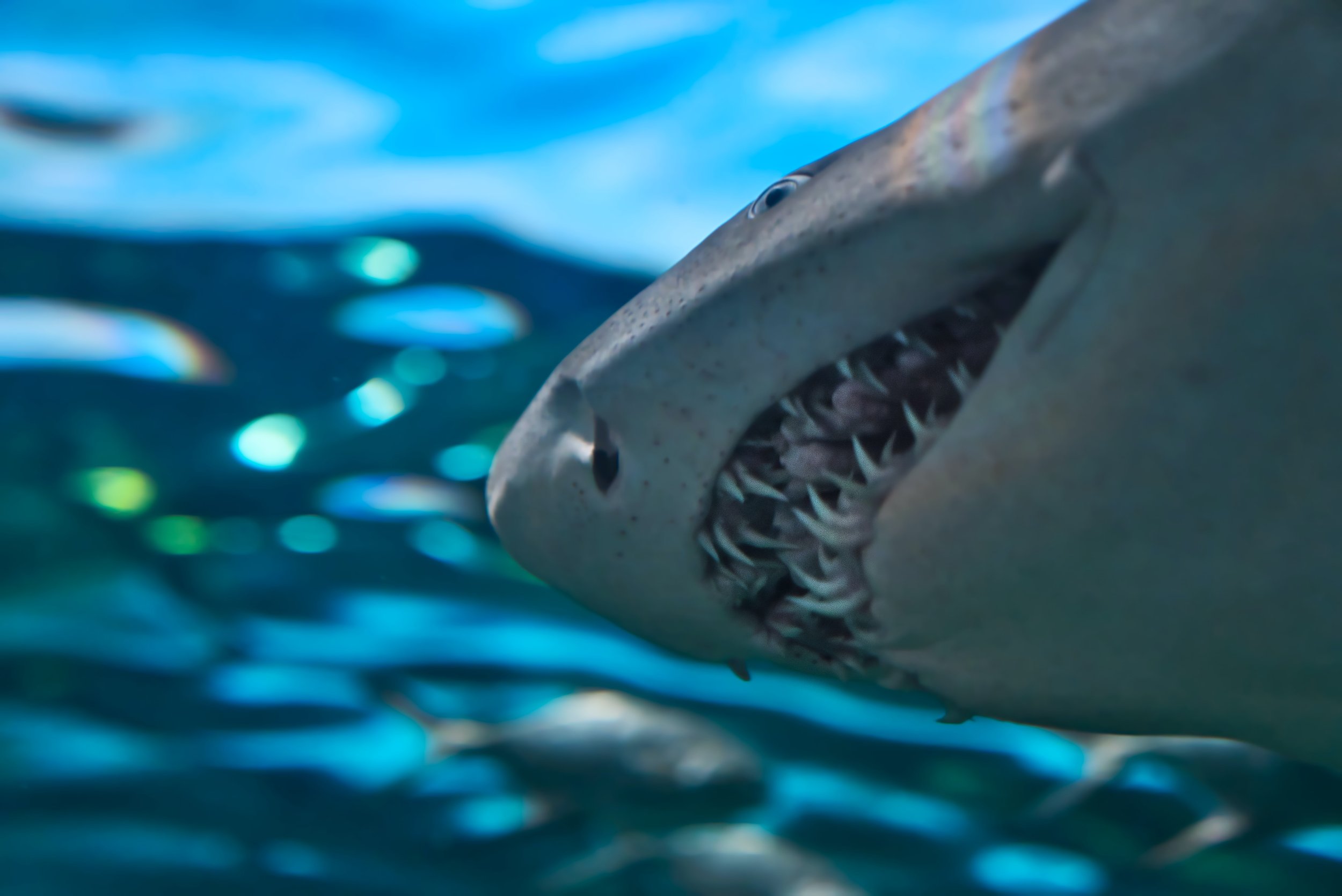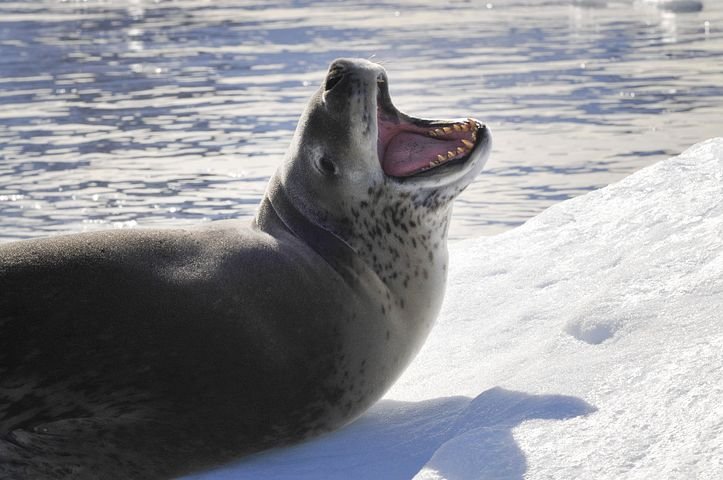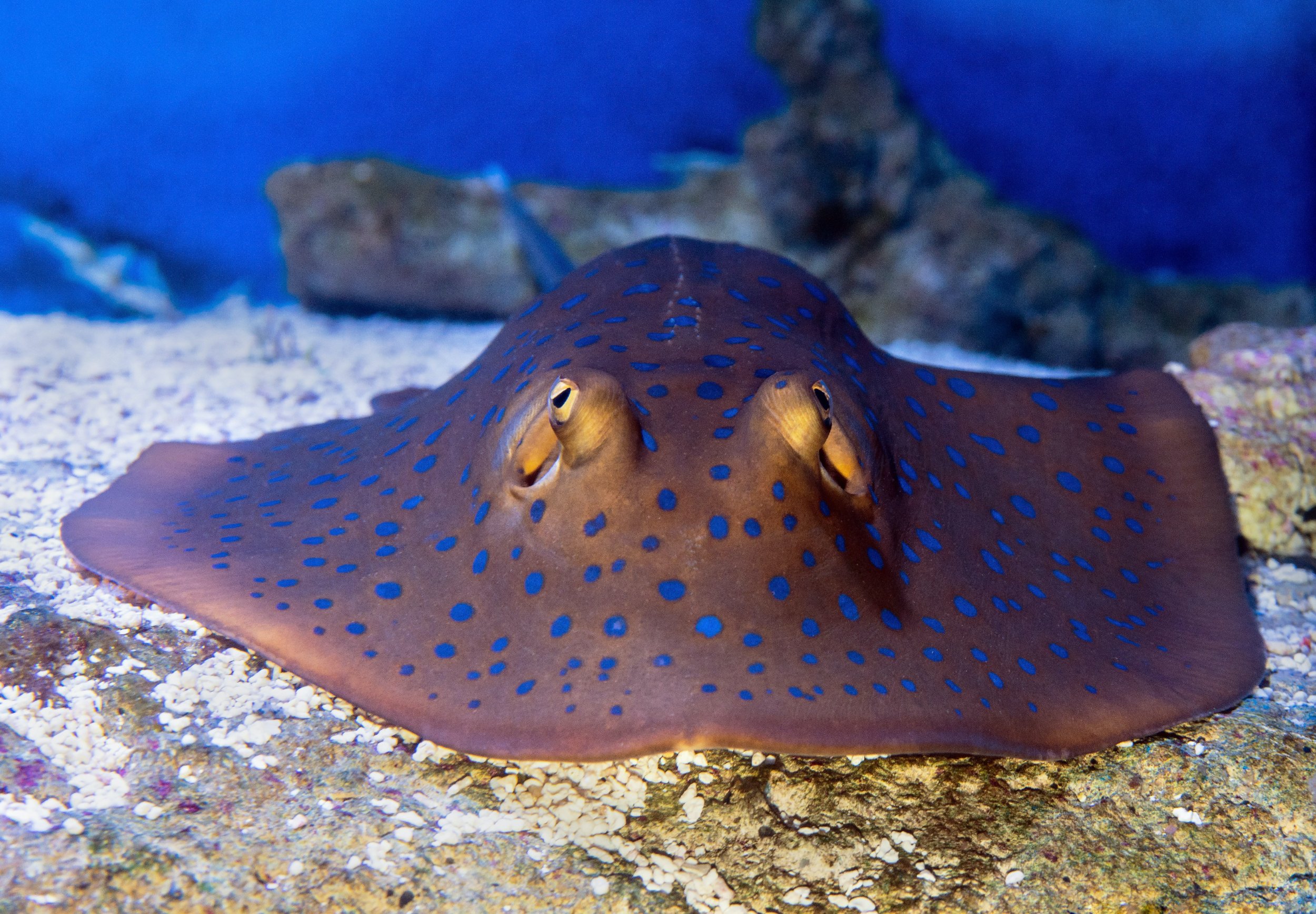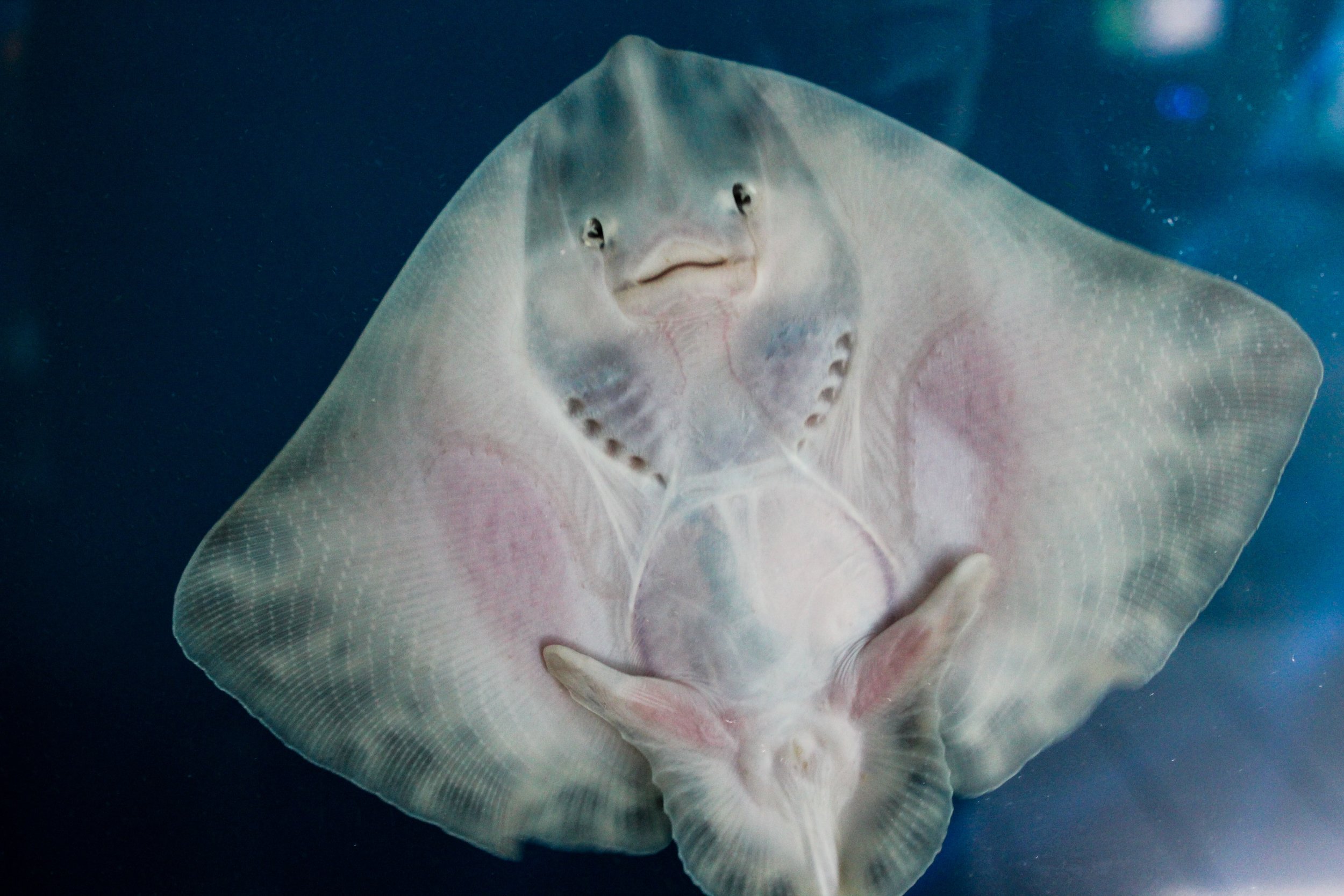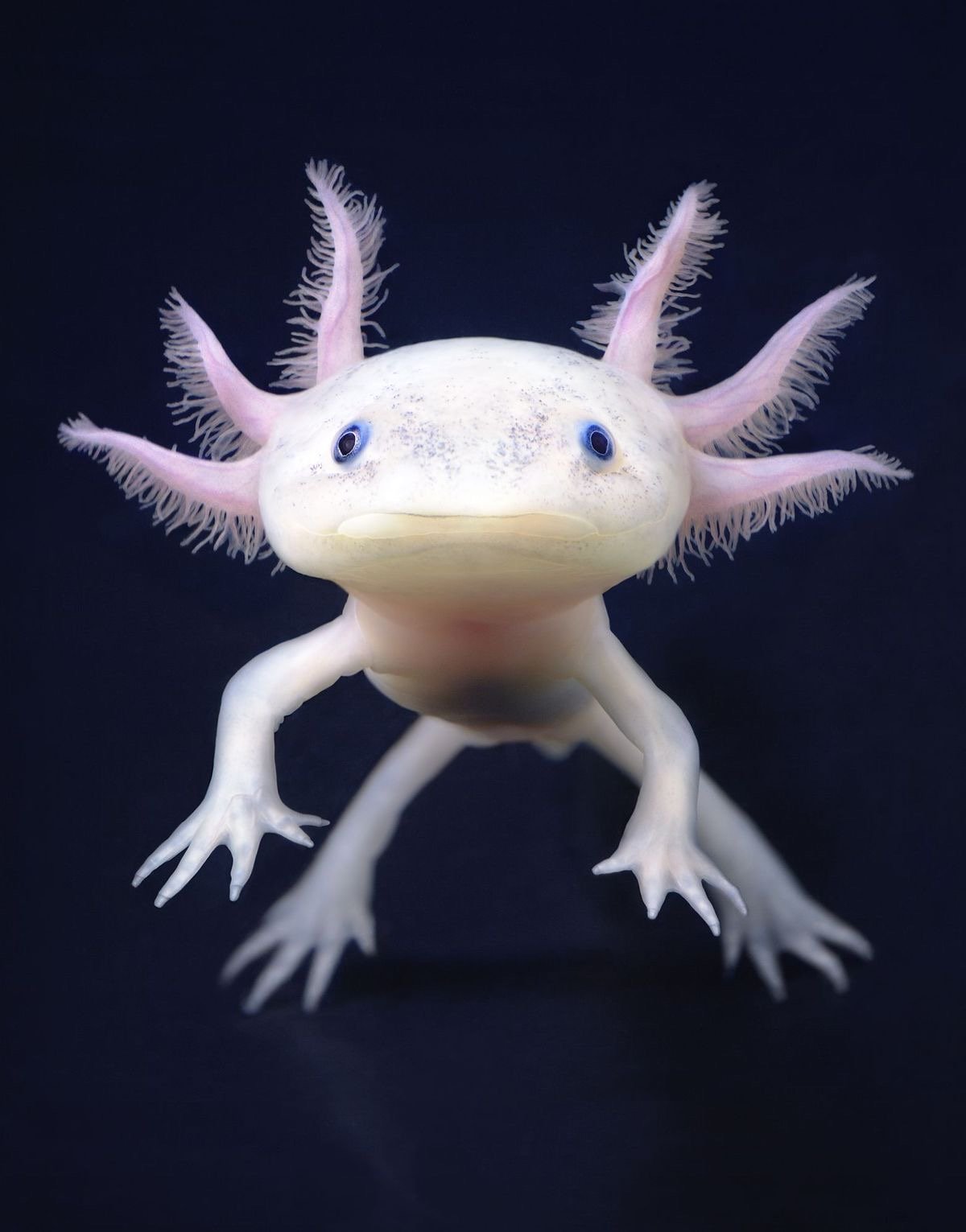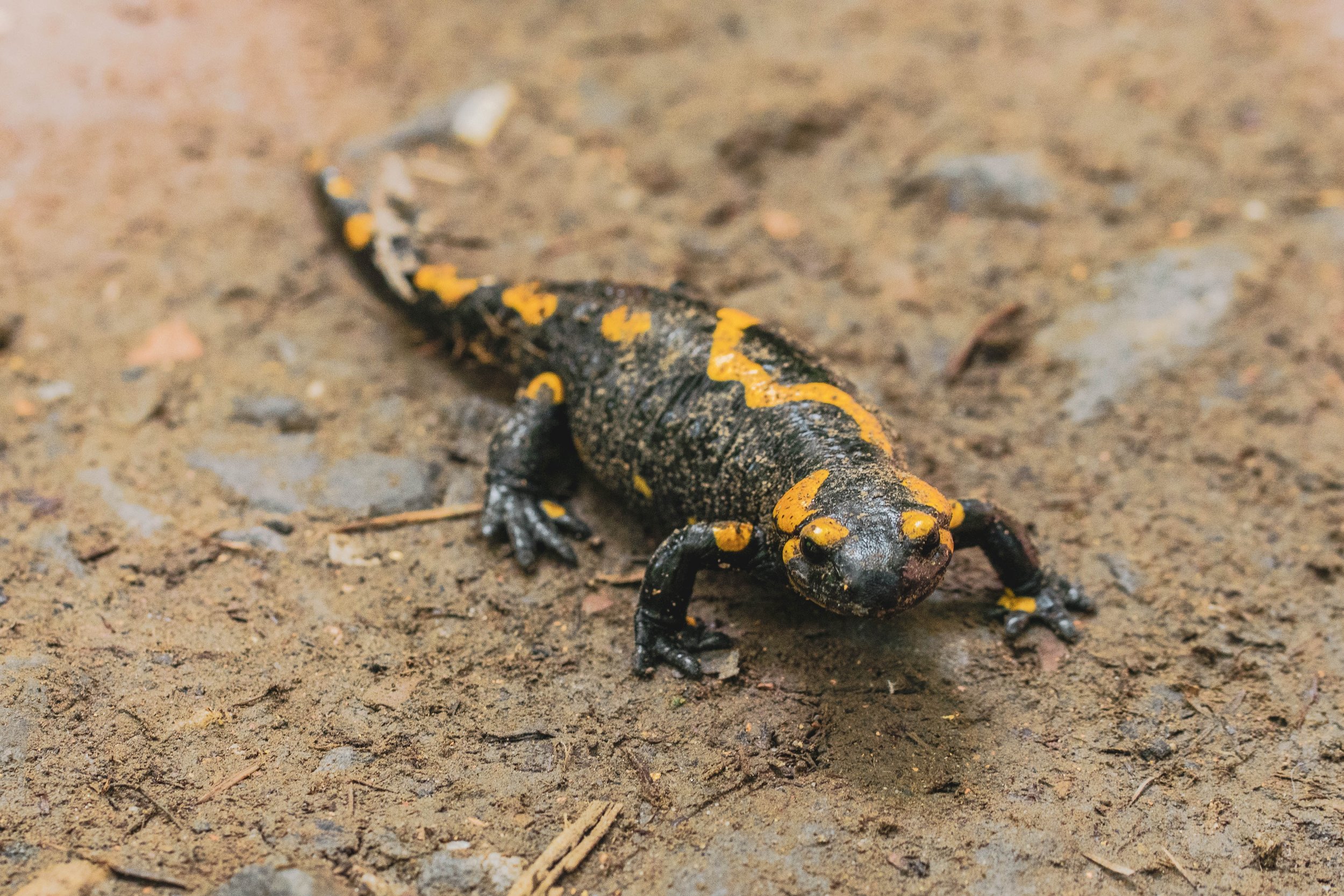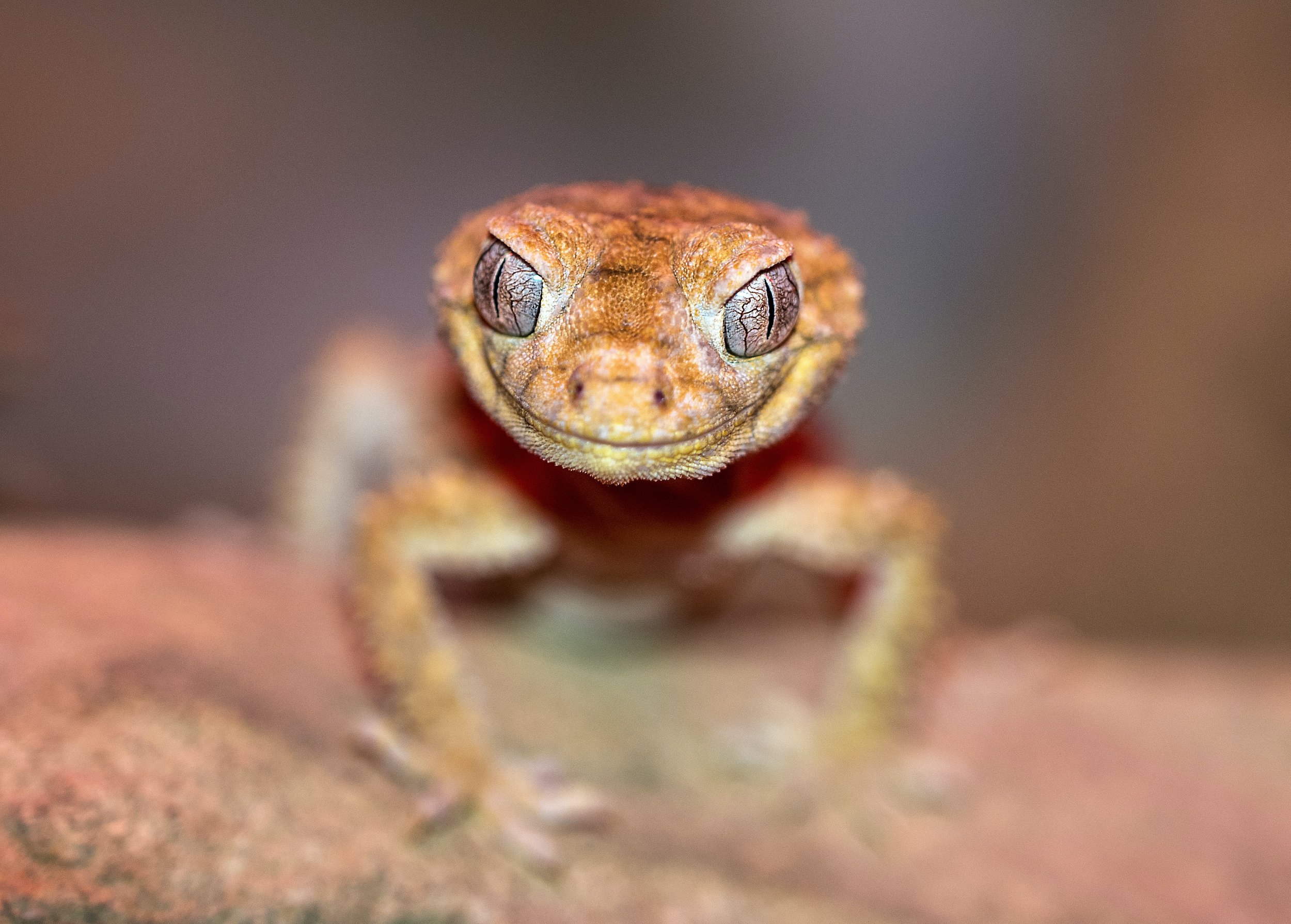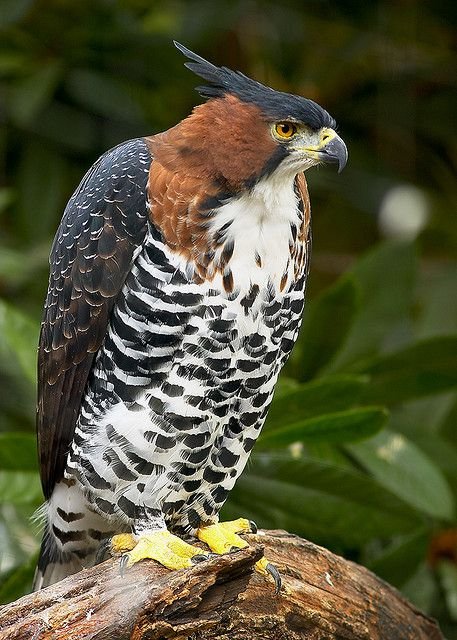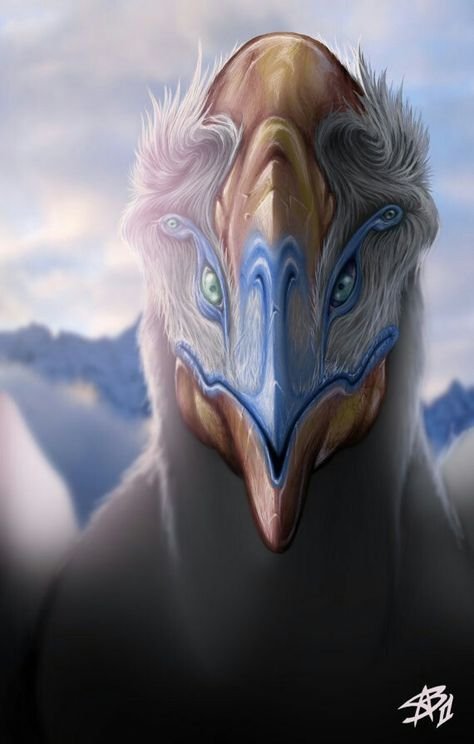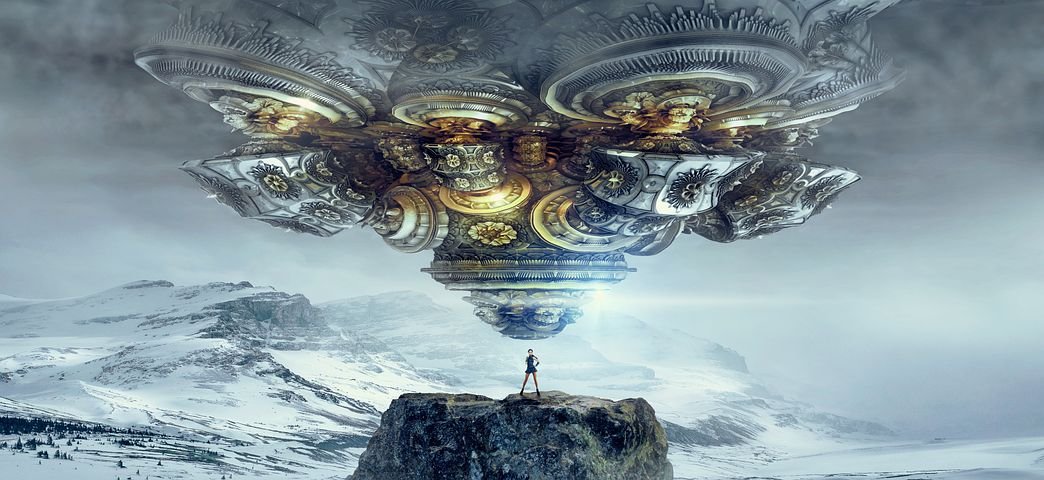My Aliens!
Why are my stories and novels filled with so many aliens and alien cultures?
I love meeting aliens and getting involved with the inner workings of their societies. As early as 1970, I remember sitting in a tree house and wishing a spaceship would land in my backyard. (Don’t forget: when I was young, scientists hadn’t ruled out the idea of life on Mars and Venus. People actually wondered about life in Venusian swamps and along the Martian canals!)
Alas, as far as I can tell, no spaceships have touched down even though my enormous, six-acre backyard is totally standing by to service them! (“Why,” my neighbors ask, “do you need a runway, landing lights, and a vertical assembly building?” Or, “Was that Elon Musk over at your house again? How often do billionaires drop by for pointers on rocket ship maintenance?”)
We can’t be alone in this universe. As an astronomer, I’ve observed the Milky Way and distant galaxies for over five decades. No kidding. I glanced through my first telescope in 1972 and ultimately earned my Master Observer’s Certificate in 2019. Along the way, astronomers have discovered several thousand extrasolar planets. Some of these planets are even in their solar system’s Goldilocks zone. (Not too hot, not too cold.) This allows the planet (or moon) to have liquid water at least some time in its year. And water means life. Guaranteed. (Probably.)
Even so, aliens still only visit my imagination.
Fortunately, my fictional aliens are always scientifically plausible. They show complexity of thought, and always have a purpose beyond merely driving the plot. They are rarely purely good or evil, and I do everything I can to let them come across as unique and believable. By the way, very few of my aliens look “humanoid.” That might work for Star Trek, but it has never much worked for me.
How have I accomplished this? I’ve been all around the world (really), and I’ve always remained curious about different people and their customs. That interest extends to the aliens I “audition” and select for each story’s spotlight. They might not share our sense of right and wrong, and can behave in ways we might not understand right up front. But at least up to a point, they have to operate in some way beneficial to their race’s long-term natural selection. Most times, my aliens are different but fundamentally similar to us. Even the “evil” ones have motivations they see as worthwhile. And the “good” ones don’t always see things our way.
So, how do I choose what they look and act like? I love modeling star systems and world-building. A planet’s orbital distance, composition, gravity, and wealth of geographic habitats contribute to a wide range of design opportunities. Environment might be important to the story. Social structure or technological level might come into play. Where are these people in the local food chain? Are they more scientific and material, or more spiritual? What level of racial and sexual equality have they achieved? If not venturing out among the stars, some may at least travel planet to planet. Are they aggressive? What do their spacecraft look like? How would their first contact with human beings go?
Just as evolution has optimized human beings for everything we do, my aliens change over time.
Along with everything else, I am a firm believer in convergent evolution. Form follows function. Random mutation, competition, and natural selection have shaped Earth’s creatures to fit their specific niches, and this would hold true on an alien world. After that, similar lifestyles might deliver similar appearances.
For example, swimmers move through liquid. Exceptionally skilled swimmers would be streamlined and might rise to the top of the food chain. Thus, though unrelated, dolphins, sharks, ichthyosaurs, and even penguins have similar body shapes. Over billions of years, geologic time has allowed a lot of experiments and permutations. Insects, birds, and bats developed flight. Eyesight developed many different times. The need to collect resources, avoid predation, seek mating partners, and explore each new environment requires intelligence and adaptability.
At the University of Colorado, one of my geology professors discussed how hair and feathers are just modified scales. I thus have aliens with feathers (the Vrin), fur (Dhyda and Endara), and some with calcified plates or integument and thread-like “speaking strands” (Moorad). The Cleve have mimetic skin like that of a cuttlefish. The Hersh look like a mix of coconut crab and trilobite. When visiting our dimension, Millerites look like crisscross meshes of slim mineral prisms.
Some selective pressures may be universal.
While I can envision a water world, I don’t like the concept of pure desert, forest, or swamp planets. The benefit here is that I can have multiple races adapted to various ecosystems and different selective pressures. I then get to select resource availability and civilization level.
How does everyone communicate? Some may talk, while others use gestures or a kind of semaphore. Telepathy might come into play. Although this may require interpretation, the Moorad generally convey their message by making squeaky stridulations like someone drawing their fingers along squeaky-clean hair. Vrin flutter and dance and posture, but often straight-out talk. Millerites have to touch and vibrate something resonant to achieve speech. Cleve can shift their skin’s many photophores to create lifelike video.
Tool use requires fingers or beaks or elephant trunks or tentacles. A complex central nervous system seems necessary, although the Moorad have multiple brain centers. After that, my personal adventures across space and time have proved that living things receive varying degrees of consciousness in much the same way radios pluck music out of thin air. (And how televisions used to.) Good or evil, most of my alien characters are sentient beings (with language, tool use, and self-identity) and are therefore “human” in their own way.
Finally … at least for Part One.
Finally, while still striving for diversity, richness, multiculturalism, and some spectrum of potential fellowship with (capital H) Humanity, I “audition” some of Earth’s animals for relevancy. Oh, and while I might give one of them a unique “spin,” I leave mythology alone and absolutely stay away from anything similar to aliens developed by other authors.
For example, the Endara in Quantum Tempest look a little like beefy snow leopards. The Dhyda resemble sea otters or mink. Though mostly flightless, the Vrin are an avian race that often still carry the scaled flesh of their reptilian ancestors. So, while writing, I like to use “iconic” images that help me hold each alien within my imagination’s forefront. Below, I will list several of the alien races that appear in my work, along with an idea of their earthly jumping-off point.
As a side note to what I said earlier about consciousness, I believe all living things share some degree of consciousness. My guinea pigs download their own small share of universal consciousness. My cat has more, and my brilliant dogs run around with huge sparks of awareness. Along the way, I’ve also encountered elephants, horses, a few big cats, wolves, and dolphins with obvious levels of reflective consciousness. Thus, along with each alien’s description, I’ve included their society’s current consciousness level.
So, where does the scale begin and end? Who knows? And yet, I have pegged the human average at 1.00. I’ve met some people WAY over this … and a few who are still sneaking up on 1.00. (But they wouldn’t have read this far, would they? Poor souls. Bless their hearts.)
Next, here are a few examples of the alien races appearing in my work. Depending on the book, those who don’t like being called “aliens” often call themselves “exotics.”
An’yare
As one of our galaxy’s oldest races, the An’yare rarely interact with human beings. When they must, they are usually unhappy about such a chore. Much of their home planet is a volcanic wasteland, and the An’yare shelter in sweltering thermal baths and mud pools.
Planet of origin = Oraywa
Current consciousness level = 7
Novel appearances = Significant Others, Orphans of Fire (forthcoming).
General appearance = Half again the height of a man, the An’yare look like porpoises or young orca poised on knobby grasshopper legs. Hipbones jut. Prominent breast and collar bones cast deep shadow. But where a porpoise would have a triangular dorsal fin, the An’yare bear fleshy heat vents. And whereas a porpoise has a blunt, rounded snout, these mordant faces taper to concave puckers surrounded by draping tentacles. While knobby grasshopper legs flex and stride, their orca torsos enjoy an eerie, level and stately ride. Facial tentacles flare to direct and emphasize their words. Heat vents flutter. Snaky tentacles flick and snap. Slender arms draw level and probe the air. Digits flex and hook. Multiple wrist and elbow joints swivel and crook. Glowing scales adorn its arms and or legs. The tiny blue scales are hexagonal with indigo-colored centers. As an An’yare turns, the scales mimic lightning in muted flashes of iridescent, dark beauty. Although small, an An’yare’s multiple eyes are as bright as molten glass.
First Contact with Humanity = Time Wing Six encountered the An’yare when they trespassed through An’yare territory. Centuries later, a few harassed Janek Larrivay in my River of Light series.
Individual An’yare you might meet along the way: Prujiya (he), Vōvnava (she), Otrajeen (he/she; intersex triform)
Miscellaneous facts: In the early history of the Milky Way Galaxy, the An’yare competed with the Mögra, Resh, and Turri. Adult mass = ~268.52 kg (592#). As high-functioning sociopaths, a favorite mode of attack involves invading an enemy’s mind with a deluge of sensations and fresh images centered on death and violence. They can mentally annex another being’s nervous system and motor functions. Even with poor vision (myopia), An’yare can study and fashion things at a molecular level. The unified field predates the big bang, and this is what the An’yare experience instead of consciousness. An’yare developed self-awareness (sentience) and wisdom (sapience) before the fruition of consciousness in this universe.
Cass
The Cassideran play an awesome role in Significant Others, even though the male Cass introduced in Lesser Beings (Dizzy) most often comes across as a small pet.
Planet of Origin = Tenyafren
Consciousness level = 4
Closest Terran analogs = Male Cass (dust weasels) look a lot like leafy sea dragons (a kind of seahorse). Female Cass resemble spacecraft with solar sails. Cass females live in their star’s lower corona. Between mating seasons, males hibernate on terrestrial moons and planets.
Novel Appearances = Lesser Beings, Rituals of Sacrifice, Significant Others, Double Take.
First Contact with Humanity = Don’t let this frighten you, but the little male Cass are here, among us, … now.
Individual Cass you might meet along the way: “Dizzy.”
Appearance & Special Features: A male’s eyes flash like tiny beads of aquamarine. But, here, let me grab some text:
From Lesser Beings (introducing a male Cass):
I catch a brisk pitter-pat along the floor. The thing is back. Gold speckles on yellow over a smear of buff white, it whips around the corner, meanders around my shoes, dodges a waste bin, and shoots under my bed.
“Hey, I think it went under your bunk!”
A shadow zigzags the wall. A curious electricity tickles my neck.
“Hold very still,” says Yasa. He stares at something behind my head.
Velvet wetness strokes my ear.
I jump and spin to meet a pair of wild, alert eyes. Looking like the result of a fleeting romance between a tangle of rice noodles and a seahorse, the creature nevertheless reminds me of my encounter with the leaf bear. As I shy away, its tentacles flare. Hissing, it flings itself at my laundry pile.
Socks spray. A pair of briefs lift and parachute back to the floor. One of my shirts takes on an unsettling kinetic quality and lurches up the wall.
Yasa snags a cuff. I catch the collar. Together, we transfer the shirt to my bed and drape it to form a little tent.
Pale tentacles I would later come to know as “sensory filaments” and “caudal webbing” lash the air like plush fettuccini.
“Hello, friend,” says Yasa. “Don’t worry. We won’t hurt you.”
Confined, the thing’s shifting luminescence and indignant vigor remind me of the first time I’d seen Earth’s northern lights from orbit.
“What is it?”
“A dust weasel,” Yasa says. “A male Cass. You know, from Tenyafren?”
And introducing a female Cass:
The thing over her shoulder stared back. At least that’s what she thought it was doing. With a face like a cross between polished marble and a tire tread, it was sort of hard to tell. Like most of Tenyafren’s native fauna, Sarika found it repulsive. Not immediately unfriendly, not obviously hostile, just repulsive. Frayed antennae oscillated with each step. Beautiful in space, her gossamer solar sails had become a train of shredded flesh. Auroral light streamed across his small body. Wave after wave of indecipherable image and imagery washed from his spread tendrils.
Every colonist grew up seeing pictures of the Cass as they circled their star pole to pole. While beautiful in space, gossamer sails and golden filaments, here on the sands of their native world, she’d thought them ungainly. Ugly.
Cleve
…To some, the Cleve are grotesquely ugly. But in most stories they are the good guys, and often oppose the sometimes tricky (but shockingly beautiful) Dhyda.
…Planet of Origin = Redane
…Consciousness level = 3
…If you remember the “Horta” from Star Trek (original series) episode #25, “Devil in the Dark,” you can mentally cross it with a Spanish Dancer sea slug (Hexabranchus sanguineus) and a cuttlefish to get a good idea of what I see when I deal with these people.
…Novel Appearances = Lesser Beings, Rituals of Sacrifice, Significant Others, Inherit the Night (coming soon!), Double Take.
…First Contact with Humanity = Discovered by Ambassador Pausha Riskin, prior to the events in Lesser Beings.
…Individual Cleve you might meet along the way: Grén, Dirrai, Iswa, Tyje, Süda), Kreg, Qíri.
From Lesser Beings:
The Cleve’s flanks are slick with oozing secretions and aflame with gaping ulcers I recognize as birthing pits. Despite their apparent convergence in form with the average garden slug, Cleve rarely sport the slime coating typical of human stereotype. The lone exception? Only your basic would-be, first-time mother.
So much for avoiding attention.
The soon-to-be mom’s escort veers. Mimetic skin transforms. Pastels of gravid bliss blush toward jarring frenzies of aggravated contrast.
Traffic screams to a halt.
Nodal eyes converge.
Bodies flow, taper, and ultimately coalesce into flinty spearheads of directed censure. Strident cascades of clicks and whistles assail the fulminating tropical air.
The group’s dominant male rushes to investigate. Like tally marks decorating the hull of a Guardforce interceptor, his skin carries tattoos of a hundred distinct paternal lines. As he takes station, his tattered gill webbing slaps my chest. The display is as beautiful as it is intimidating. This Cleve is in full male molt.
Dizzy bristles as Yasa advises, “Do not move.”
“Who’s moving?”
“Try to let him know you’re sorry.”
I stand my ground. I level my hands as if expecting him to examine my nails. I pat empty air. The gesture signals regret. A desire for calm.
The big Cleve vents a rude bleat. Incandescence ripples sleek flanks. He pushes closer and gives the impression of preparing to spring at me in a frenzy of fast-flowing action.
As individuals, humans have elaborate territorial instincts. This varies with culture, but anything outside conversational range we most often consider public turf. Personal space extends about an arm’s length inward. Our intimate zone covers anything within reach of our reproductive organs or related structures. Unless provoked, most exotics have learned to respect our unseen barriers. This Cleve, however, balloons wide and yanks me into an iron embrace. Concentric waves of sonic, gut-probing pressure engulf me. I feel intensely queasy. My knees tremble. I can’t gulp enough air.
And a Cleve’s skin color tells you a lot about their frame of mind!
Black = despondent/dejected/unhappy/melancholy/powerful/strong/masterful
Brown = protective/defending,
White = sudden disbelief
Gray = impatience, irritation
Blue = secure/comfortable/tender/soothing/resolve
Green = calm/serene/peaceful
Yellow = cheerful/jovial/joyful,
Orange = Distressed/upset/contrary/hostile
Gold= awe
Purple = dignified/stately
Silver = skeptic
Red = exciting/stimulating/defiant
Dhyda
Although the Dhyda are some of the most attractive beings in the universe, they can be tricky and fiercely independent. They have a complex political system and a tradition of star-faring discovery. They move with a silent, predatory economy. Shoestring barbels coil from mandibular grooves. A warm, fishy smell accompanies their every breath. Dominant females use scent glands to produce high-molecular-weight molecules which act as pheromones. Built for stamina, Dhyda only sprint when testing potential prey. Their weight and size increase proportionally with birthplace higher latitudes and decreasing year-round temperatures. Bristle hairs and blunt claws enhance their grip on slippery surfaces, and special blood vessels keep their paw pads from freezing. They maintain rank order through a series of ritualized “Tserka” fights and posturing best described as “ritual bluffing.” Dhyda prefer psychological warfare to physical confrontation, meaning that high-ranking status is based more on personality or attitude than on size or physical strength. In a friendly group of Dhyda, rank order shifts with the situation or may even be circular: Kurile dominates Pashtran, who dominates Kayelan, who dominates Kurile.
Planet of Origin = Sondalia
Consciousness level = 2
Closest Terran analogs = Mink, sea otters, and weasels of all kinds. Taxonomically somewhere between weasels, sea otters, and polar bears.
Novel Appearances = Lesser Beings, Rituals of Sacrifice, Significant Others, Inherit the Night (forthcoming), Double Take.
First Contact with Humanity = Discovered by Ambassador Pausha Riskin, prior to the events in Lesser Beings.
Individual Dhyda you might meet along the way: Bréant, Kitosh, Nandi, Kayelan, Bissant, Kurile, Pashtran.
From Lesser Beings:
A fleeting hush draws my attention to Bréant as the Dhydan bobs and weaves a cautious path. Lithely built, her torso brings to mind that of a stretching lioness or mammoth otter. Expressive green-black eyes bracket a fleshy, elongate muzzle. Elaborate barbels drape from deep mandibular grooves. Huge nostril slits flare across a pink velvet triangle. As dazzling as a solar corona, her white body fur sets extra shadows dancing around short, muscular legs. Besides the usual harness pads, she wears a hip pouch in which there could be — a dozen fluff combs? Notes of diplomatic regret? Some small explosive device? As the cobbles give way to our diplomatic quarter’s red runner, she throws her arms wide in the one obligatory greeting of her race.
Dhyda like to hug.
Her embrace immerses me in soft fur with the reek of what may be industrial carpet cleaner over deep body musk. Did I say soft? Think down feathers with a touch of baby bunny fur dusted in talc. Yet, while hardly unpleasant, I’m not sure I like the image we are presenting to the media. Despite Bréant’s apparent lack of reserve, Dhyda are rarely what they most appear to be: good-natured mammals on routine business.
Breaking free, I signal a need to await Iswa’s arrival.
“Are you not here to act as my escort?” Bréant’s voice is softly pitched and melodious like the vibrant trickle of falling water, even as her claws twitch the Dhydan sign for <listen with care>. “I have vital communications to exchange with your ambassador.”
Also from Lesser Beings:
Luminous in mammalian splendor, the Dhydan delegation ignores their adversaries from across the room. Taxonomically somewhere between weasels and polar bears, the Dhyda are long-bodied with squat legs and twin tails. Shielding parallel neural ducts and shedding heat, capillary-rich dorsal ridges picket each creature’s sinuous spine. Rimmed with fur, their basset hound eyes carry the gloss and hue of high-grade volcanic glass. Downy lips part to expose the icicle symmetry of needle-sharp fangs. Their musky scent snakes through the room as each envoy or agent stalks trays of potted cheen or meaty kibble.
Endara
The Endara populate high skyscrapers, but rarely venture into any great building’s interior. Instead, they prefer to climb and leap between buildings. The Esfara (20% of the population) use magical (or are they?) verges to rule the Sorell, who now maintain a science level approaching a level predating that of Isaac Newton.
Planet of Origin = Allmäe (which was once a human colony world called Khepera).
Closest Terran analog = Snow leopards.
Consciousness level = 1.5
Novel Appearances = Quantum Tempest (Forthcoming).
First Contact with Humanity = Discovered by Daryle Chantree during his fourth Time Wing Six mission.
Individual Dhyda you might meet along the way: Zoïa, Triz, Vika, Rana, Halyna, Dawa, Pavan, Seerin, Maliah, Reelu.
At one point in Quantum Tempest, an alien transfers Daryle Chantree’s “living essence” into the mind of an Endara, and this is how Daryle first meets Zoïa.
From Quantum Tempest (first draft):
At the peak of a shallow parabola, Daryle sails through icy air. Snowflakes clutter thick eyelashes. Dead ahead, icicles glitter. Though his center of mass has dropped to his hips, his elongated body is all muscle and heavy fur.
Sculpted in reticulated balconies, the skyscraper framed between his … his front paws may as well be a colossal upright DNA strand. He can’t recall his take-off point. And what is this planet’s gravity regime supposed to be like?
By the look of things, he has four to five seconds to coordinate a landing.
His paws might as well be fluffy oven mitts. The fur shows black rosettes on a cream-colored background. His forelimbs are shorter than his hind limbs.
Cold air whispers in his ears. Deep inside, tiny bones shift like duplex sets of internal gyroscopes. Separate rotational axes come into play as the back of his body rotates in opposition to the front. Flinging his limbs out in a wide X kills every ounce of angular momentum and allows his belly to act as a parachute.
“Ounce? Shouldn’t the correct unit be Joule-second?”
Without the slightest thought, he stretches his rear legs.
Why does he feel so bottom heavy?
What the hell is wrong with him?
He locks his forepaws in place and draws his legs under his hips. Counter rotation achieved, all four feet are ready to cushion his pending touchdown.
Soft and silent, he settles and comes to rest.
Also arriving without a sound, someone lands beside him. Her thick fur is pale gray with a yellow tinge. Her neck and head boast solid spots, while splotches and rosettes ring smaller spots. She has a long bushy tail as long as her body. Her face seems relatively small, with a short, broad nose. Her emerald eyes are almost luminous and Daryle straight away recognizes her as “Triz.”
Triz blows air through her nose and chuffs. She stares into Daryle’s eyes and sends a clear, silent message that blooms in the heart of his mind.
Gxat
The Gxat often act as galactic police or as mercenaries. Large, round gray eyes rule heavily lined faces. Their jaws are long, sinewy, and tipped with sharp, parrotfish grins. Paired gill bladders give the rustle of dried vellum with each labored breath. If/when pregnant, their body scales gradually protrude and open like the seed scales of a heated pinecone.
Planet of Origin = Gxat.
Closest Terran analogs = Cross an armadillo with a parrotfish with a pangolin.
Consciousness level = 0.9
Novel Appearances = Rituals of Sacrifice, Cross the Sky, Double Take.
First Contact with Humanity = Who remembers? Do you remember the first time you encountered a police officer? Or do ALL those times sort of blend together?
Individual Gxat you might meet along the way: Rasp, Shass, Doctor Pule.
From Janek Larrivay’s point of view in Rituals of Sacrifice:
Something shiny hangs in front of my face. I must have drifted off again. The badge takes an eternity to come into focus. Gold in platinum. Holographic source code. Diamond-chip stars embedded in a coiled swirl of galactic arms.
“Rethonize thith?”
Try talking while pinching your tongue with your back molars. The attempt may bring sudden neuralgia, but you will have gained a strong sense of the hissy way Gxat sound when attempting human speech.
“Rethonize thith?” repeats the Gxat, voice also trailing an accentuated note of upspeak or rising inflection.
“Of course I ‘recognize this,’” I reply. “You’re Sondatn.”
Three syllables. The exotic secret police, if you are willing to believe in that sort of thing.
The badge disappears. The amber light of a retinal scan strobes my eye. The guy’s reading slab peeps.
A mid-sized Gxat with overlarge gill bladders shares his best introductory grin. Whiter-than-white in rich, cobalt blue. The white: an opposing set of polished nipper-grinders that only a mother Gxat could love. The blue: a jillion or so beaded scales paving a pair of long, needle-nose jaws. Judging by the heavy lines under this guy’s globular, gray eyes, it doesn’t look as though he’s getting enough sleep.
Several dozen medals and pins stud the almond-shaped scales covering his chest. Gxat often collect such things as a means of anchoring themselves to who they are or what they desire to become. Friends and relatives must take care not to allow gifts that might gravely alter a loved one’s personality. Underlying a sense of general hostility, I intuit curiosity and something I’ll have to call a deep-seated work ethic.
Iithek
The Iithek are the evolutionary result of advanced Artificial and Machine Intelligence. As a swarm race of self-replicating machines, the Iithek stockpile sentient races for study and use as slaves. Wishing to track and control thinking creatures and others like themselves, the Iithek desperately seek to understand prescience and clairvoyance.
Planet of Origin = Unknown.
Closest Terran analog = Picture a thick glass disk set vertically and buoyant in the air.
Consciousness level = Zero. Instead of consciousness, Iithek are somehow linked to the universe’s earliest energies.
Novel Appearances = Fire and Forget, Holding on for Life.
First Contact with Humanity = First encountered by Daryle Chantree on the planet later named Ouessant.
Individual Iithek you might meet along the way: *Ruta*, *Ehii*, *Pule*, *Koua*, *Nëën*.
From Fire and Forget, when Daryle Chantree meets his first Iithek:
Spilling out of nothingness, colorful shimmers coagulate three discrete air volumes. Radiating from softly lucent slits, glossy ribbons twist and fan to form stained glass, vertical pancakes the size of serving platters. Reminding Daryle of antique crown glass roundels, each looks to grasp a solid nucleus the size and shape of some of Grandma’s old-fashioned Christmas candy.
And later:
The immense Iithek brushing against his sleeve flares in brightness and in vertical diameter. Possibly a great deal older than any other Iithek he has encountered, the hulking disk’s chipped circumference is marked by the type of wavy lines one often sees in tempered steel blades. Lines of demarcation separating layers of darker, softer iron from laminations of pure steel.
Shadows shift. As the creature maneuvers, the air frosts and shoulders aside in languid swirls.
Other than its breadth, this Iithek is remarkable because of its internal clarity, rich topaz hue, and presence. Somehow, this all makes it difficult to judge true mass and depth of form. Exploring, scrutinizing, Daryle’s mind’s eye can’t quite take in the beast’s full volume of transparent three-dimensionality.
The Iithek leader’s optical depths are clear and carry a feeling of vital presence. Refracted light cuts through and around liquid-filled pockets. Concentric fracture lines cast dancing rainbows.
Lūhya
While believed to be self-aware, they seem to prefer living as feisty, tribal nomads. They converse in puffs and contratonal squeaks and, in place of written language, merely tie complicated knots in anything even remotely viewed as string. They orient themselves magnetically and believe that their language shapes reality. Living in an entirely different cognitive universe, they tie very few knots for numbers and fewer still for colors.
Planet of Origin = Ouessant
Closest Terran analog = Reestablishing their numbers in Australia and Tasmania, eastern quoll look a lot like Lūhya.
Consciousness level = 0.8
Novel Appearances = Fire and Forget, Holding on for Life, Orphans of Fire (forthcoming), Quantum Tempest (forthcoming).
First Contact with Humanity = Encountered by Daryle Chantree near the planet later named Ouessant.
Individual Lūhya you might meet along the way: Russell.
From Holding on for Life:
As Daryle urges the little guy toward the scale, an empty data bar lifts from the bottom of his computer screen. Whiskers tickle. Russell’s nose is wet and shockingly cold.
Shoulders tight, hands jammed into his armpits, Daryle tries to keep his voice light. “Fifty-three centimeters, end to end. And twenty of that’s fuzzy tail. Mass, 2.12 kilograms. That’s 4.67 pounds back home. Two point four something here.”
The Lūhya scrubs its tapered snout along the screen’s bezel. Erect ears flick at every new sound. Russell’s thick fleece is black with white spots, each a two by five centimeter parallelogram. His satchel contains mineral flecks, intricately shaped origami creatures, an obsidian blade, and three braids of laced quipu.
Millerites
Sometimes called “rift wraiths,” Millerites inhabit a dimension human beings can’t as-yet access. Reputed to have become minions to some new galactic machine intelligence, Millerites generally make scant impression on those with whom they hold little interest. While allowing the occasional glimpse, they prefer to let most people go about their lives without concern as to the wealth of beings living just five or ten percent out of phase with the rest of reality.
Planet of Origin = Dessik rifts.
Closest Terran analog = none. They look like a bunch of needle-fine mineral crystals, but sometimes unwind like budding thistles. Interwoven lengths of rectangular prism flare from the Millerite’s central spire. Ivory splinters and brittle needles weave a moonstone halo of glowing pearlescence. Garnet dodecahedrons, beads of brilliant fire, decorated each flare and branching.
Consciousness level = 100?
Novel Appearances = Cross the Sky, Double Take, Rituals of Sacrifice, Significant Others.
First Contact with Humanity = Ongoing … now. You can sometimes see them out of the corner of your eye.
All Millerites use the name “Tasya.”
From Cross the Sky:
To most humans, Millerites come across as shy, skittish sorts of wraiths. Your senses tell you they are there, often camouflaged, always wary, but the fact makes no real impression. You catch the occasional glimpse but then go about your business without conscious concern.
“You asked for consultants,” says Rebound, grinning. “Just look! I’ve found us some.”
“But aliens?” says Lissaya. “Sorry, guys. No offense intended. But, Rebound; aliens?”
The Gxat examines a bank of safety equipment, while the Millerite occupies itself with a lengthy perusal of the dust motes drifting off the piled garbage.
According to their travel permits, the Millerite responds to the name “Tasya.” The Gxat, to “Rasp.” Tasya has the distinction of being the first Millerite any human being has seen in at least half a decade. Rasp is a visiting physician at Chersis Station’s medical academy.
The Millerite adds a bit of depth to its transparency. It corkscrews in midair and clasps a metal canister. The transferred vibration hums: “Are you all just a bunch of little baby girls?”
“Girls, sure. Young women.”
“Ah, an acknowledged preference. Then please know that we prefer the term ‘exotics’ over ‘aliens.’”
“Sure. Exotics. Of course.”
Moorad
I am pleased to say that by ACTUAL reader count, the Moorad have come out as a favorite race to encounter along the way. As we prepare to have certain books narrated, I am a little nervous about each narrator’s ability to replicate or simulate a Moorad’s voice. In conversations with Murdoch McRae and Natalie Mensinger, we have agreed that Moorad voices should be sung or partially hummed in some way. I’m not sure how this will turn out, but both narrators will soon face the challenge in the books they are narrating.
Planet of Origin = Måyveth, which orbits pi³ Orionis (“Tabit”).
Closest Terran analogs = sea urchin, sea lily, afghan hound.
Consciousness level = 2.0
Novel Appearances = Lesser Beings, Rituals of Sacrifice, Significant Others, Inherit the Night (forthcoming), Cross the Sky, Double Take, Orphans of Fire (forthcoming), Quantum Tempest (forthcoming).
First Contact with Humanity = Occurred during a Time Wing Six mission, but a treaty postponed full contact until shortly before Asja’s appearance in Janek Larrivay’s River of Light series.
Individual Moorad you might meet along the way: Asja, Doctor Kerrala, Tegwin, Xidrek, Aushra, Se’vak, Neşet, Vika, Roah, Zhuk, and Sutej.
Appearance & Special Features: armored, calcareous shells, with radial symmetry. They have claws like lobsters. They use speaking palps to draw sound from thin “speaking strands.” Their brains are split into multiple nerve rings and nerve nets. Opaque, owlish eyes. Their sensory whips can penetrate human skin.
From various sources:
The Moorad is shapely, of middling mass and ringed in skirts of fluted tubes and sensory-nerve fettuccine. Petite grasping mouth. Powerfully clawed forelimbs. Mud-brown torso. Touches of his race’s defunct “Rada” and “Tuwa” religious orders somewhere in the genome. Then, as usual with some Moorad, I notice his eyes. Ordinary eyes. Bloodshot. A bit oversized, but ordinary. How could someone so alien have such ordinary eyes? And why are Moorad bloodlines sometimes so different from one another?
White sclerae. Blue irises. Owlish, jet-black pupils. Rotating on a sheltered column as might a dog’s collar, the Moorad’s oversized eyes gleam with intelligence.
Translucent lime-colored spaghetti strands cascade from a globular, radially segmented upper body. Beneath this, the Moorad wears a slim gown that does not convey much about the shape of her body. When her gown drapes, Daryle notes half a dozen leg struts. What else should he call them? Rods? Sticks? Tinkertoys? Connected by amethyst joints the size of walnuts, her struts rise to a shadowed cavity. Fleshy fettuccine flutter, as do skirts of fluted tubes. His eyes can’t track the perimeter sweep of what may be sensory whips. Whirling leg to leg to leg to leg, the Moorad halts him in front of an observation window. Her stance shifts.
She clacks a pair of powerful claws. In a motion vaguely similar to a woman raking her fingers through squeaky-clean hair, Se’vak generates a rhythm of tones that convey the conviction that he really may have endangered her world. If he listens just right, each resonance and tiny hesitation generates an idea, a concept, an image.
The Moorad glides from the alcove. She braces her speaking strands with multiple, rapidly shifting palps. She bristles and blushes while her lavender sensory fettuccine probe the muggy air. She flexes jet black knees the size of walnuts and strides to Cresh’s side. Her voice is a gentle and pleasant amalgam of Japanese koto, glass harmonica, and violin.
As Dessa rushes to Doctor Kerrala’s side, the Moorad brushes his lavender sensory whips down the child’s spine. He extends a length of living diagnostic thread under the child’s scalp. Another splits to thrust into the neck and push between narrow ribs. Kerrala is the largest Moorad Dessa has ever known. An immense sea urchin on stilts, he joined Sapphire Sky’s family the moment he saved Lissaya’s life so she could go on to recover Aquila. Oversized eyes scan the room. Tendrils flick and snap. Large clawed forelimbs ease the child on a grav cart.
A genius’s genius, Doctor Kerrala is an immense sea urchin on stilts, with lavender sensory fettuccine and an air of being only half tuned to reality until some outside stimulus draws him back from more abstract thoughts. Petite grasping mouth. Oversized eyes bright with intelligence. Surgeon caste for sure, with a splash of Tuwa warrior DNA somewhere in the bloodline. Kerrala’s petite grasping mouth warps. He emits the scent of crushed basil and citrus. The human eye can’t track the rapid sweep of a Moorad’s sensory whips. With a squeal similar to running a finger across clean glass, he sweeps his clasping palps along his shifting mane of glossy speaking strands.
Ol’endeek (Deek)
The Deek are somewhat related to the An’yare (see above). With their civilization’s ups and downs, the Deek are currently a low-level mercenary race that first appeared in Double Take. I decided to “develop” them there, as I expect the Deek to take a greater, adversarial role in Inherit the Night.
Planet of Origin = In Crimson Abyss, the Deek use a system of matter transmitters and seem to come from Jupiter. However, as with the An’yare, the Deek have a connection to planet Oraywa.
Closest Terran analog = Sharks, orca, stingray, leopard seal …
Consciousness level = 0.9
Novel Appearances = Double Take, Crimson Abyss (forthcoming), Inherit the Night (forthcoming).
First Contact with Humanity = Time Wing Six first encounter Deek in Crimson Abyss, circa 2023 or 2024.
Individual Deek you might meet along the way: Okay, you’ll have to wait for those Deek that Janek has to deal with in Inherit the Night.
From Double Take:
“These … deeks? Are we talking medium-sized shark-looking exotics up on knobby stilts? A lot of waxy, ivory-colored flesh? Large, yellow eyes with vertical slits? Rows of smiling teeth displayed like concentric roulette wheels?”
When she first glimpses the creature’s eye, all she can see is its eye. Beyond the port’s likely six-centimeter thickness of reinforced borosilicate, the eye socket spans the diameter of a coffee mug. Adrift in amber fluid, a mobile pupil tracks her face while constricting to a vertical keyhole slit. Mottled ivory with a pewter undertone, the fleshy folds around the eyeball remind her of toasted marshmallow.
How many exotic, alien types has she seen in her short life? Plenty, and yet …
“Hey there, big guy. What the hell? You’re not some new kind of An’yare, are you?”
Even if she wanted to, she couldn’t look away. An’yare come across as dolphins poised on knobby grasshopper legs. While this fellow’s appearance speaks of a similar genesis, its ancestors had to begin more in the motif of “shark.” But where sharks sport dorsal fins, fleshy steam vents flare out the back of what may be a flight suit or uniform. And where An’yare muzzles drape tentacles, this mordant face streamlines to a blunt, laterally rounded snout. Hipbones jut. Out front and visible through a vacuum suit’s gleaming helmet ring, prominent collar bones cast deep shadow. As it pivots toward a rack of weapons, its jaw slacks and she counts six, seven, and eight rows of serrated teeth.
Turri
First appearing in the short story “When the Morning Stars Sang Together,” the Turri are an ancient, elusive Elder race who deliberately imbue stars with consciousness. This is particularly true of stars with intense magnetic fields. Their starships transport and prod stars along specific evolutionary paths. While stars are inanimate, mindless material objects — a balance between thermonuclear fusion and gravity — a tiny fraction in every billion gradually become aware and responsive. As they evolve, each living star must periodically trade one means of conveyance for another. The Turri have long acted as brokers in this regard. Their humongous starships are like the shells of hermit crabs. The Turri take advantage of stellar evolution by brokering and providing access to each new shell. The Turri have called the Resh and An’yare “siblings which share a similar genesis in deep time,” but no one is sure what that means.
Planet of Origin = unknown.
Closest Terran analog = none.
Consciousness level = undetermined.
Novel Appearances = Significant Others, Never for Ever (forthcoming).
First Contact with Humanity = Daryle Chantree meets several Turri in Never for Ever.
From Significant Others (Janek Larrivay’s point of view):
Gelid light with the creamy sheen of pearls floods every whisper of my essence. The silvery light reflects and refracts around the various nuanced textures that make up my living mind. Drifting out of synchrony, the waves overlap and interfere. A sense of isolated immersion develops. Sound fades. Sapphire effulgence penetrates, and the ship drops from perception.
There is an enormous contrast of intuitions here. As fresh waves of traveling evaluation sift through me, I all but crumple under the scrutiny. I am exposed. Caught. Ensnared. Embarrassed. Shamed. How can someone so intrinsically flawed and worthless be of any use? Flailing against the tide, I feel ashamed and disgraced.
“What do you suppose I’ve done wrong?” I ask. “Who are you? Was coming here wrong? If so, I am sorry. We’re sorry. We can leave as soon as you show us the way.”
Two sensations worm their way to the forefront. I am not alone with whoever or whatever has decided to examine me. And there is a growing conflict of intention here. Virtual omnipotence wars with dawning omniscience. Even fully disembodied, I feel this as a slow burn or tickle along every fiber of my being. The bright amalgam of awareness that stands over me is so deeply kind and caring that it comes across as confrontational and unforgiving. They want to know ... everything. They almost do know everything there is to know. Unfortunately, as powerful as they are, there are goals they can not achieve on their own.
A hot wind of rushing brilliance slaps my mind.
Every —
Thought —
Resets.
Vision swims as though I have drifted to the bottom of a rippling pool. Points of color amass. These points — more colors than I can name or recognize — sweep and circle, and I gain a flash of recognition.
Silvery light withdraws from my mind.
A fourth and fifth globular form arrives. They spill from the aft bulkhead and coalesce as might glowing dollops of molten glass. Patches of skin-deep crystals flower. Tabular and cream yellow, these interpenetrating crystals span less than a finger’s-width and vary in lift angle and axial rotation. Despite their color and harmonized shifts, the patches remind me of frost on a windowpane.
Seconds later, I think of scales on a butterfly’s wing. Chromatophores on a squid.
Dash presses a knuckle to her upper lip as though stifling an urge to sneeze. Outside of Tasya, who doesn’t count in this regard, everyone’s eyes are watering. And then I find it: a lingering haze of heavy, animal fragrance.
Are these the same people that were just in my head?
The smallest Turri assumes a central position. A crystal patch climbs the heat spectrum. Crystals glide and realign. The resulting glass-on-glass stridulation delivers a wheezing exhalation that barely jumps the distance between us.
“You bring danger here. We must aid your departure.”
As the Turri gather and press in on one another, anger, disbelief, or some other coarse interaction with the lower-dimensions I call home adds a flowing but sticky tension to each movement. The Turri emit a sense of mutual interdependence and interconnectedness. It feels like a brand of affinity or sympathy, but one which exists only amongst themselves and only for one another.
Uyuni
The evil Iithek once used Uyuni as slaves. Those on Ouessant, however, were establishing a free colony when Daryle Chantree encountered them in Fire and Forget.
Planet of Origin = unknown.
Closest Terran analog = giant salamanders, newts, geckos, axolotl.
Consciousness level = 0.8
Novel Appearances = Fire and Forget, Holding on for Life, Orphans of Fire (forthcoming), Quantum Tempest (forthcoming).
First Contact with Humanity = Discovered by Daryle Chantree on the planet later named Ouessant.
Individual Uyuni you might meet along the way: Maluše, Vraña, Karn’n.
From Fire and Forget:
A silhouette forms. Though nothing penetrates the depths, the solidifying form — it is not a hologram — is bipedal, slender, and approximately humanoid in structure and possibly saurischian in derivation.
Heart rate accelerating, Daryle stares.
Tall, but slightly hunched. Blunt…snout. Eyes highly mobile, but no eyelids. Shy, cryptic expression still in progress of rendering. Dorsoventrally flattened body. Rough, possibly armored patches across the chest and the outline of narrow…ribs. Short, thin upper limbs projecting at right angles to the body. Extensively folded, wrinkled skin which flashes shiny when stretched. Palpitating and wondrously bushy external gills. Deep, vertical grooves running the length of the body. Sleek, laterally compressed, possibly prehensile tail, now…bobbing.
Despite being unambiguously non-human, the newly embodied creature projects a sense of sympathy and amiable charisma. Ventrally displaced jaw. Horny, blade-like teeth grading to rough pavements across the palate.
The form’s eyes flare the vibrant, purple-red of fine rubies.
From Holding on for Life:
Uyuni vault from the surrounding catwalks. Bushy external gills flush red. Eyes swivel but never blink. Spawned 179 light years from our solar system, it is as if evolution has plucked salamanders from the muck and stretched them to the height of human beings. Drawing moisture vertical with every step, deep body grooves run feet to belly to throat. Thin upper limbs project at right angles. Webbed limb junctions and wrinkled skin flash shiny when stretched. Sleek, prehensile tails bob and lash. As gape-limited predators, they see jaw span as the only appropriate measure of both dietary potential and fighting prowess.
Vrin
The Vrin appeared in “The Catafalque,” which was my first professional sale as a science fiction writer. The story appeared in Aboriginal Science Fiction way back in 1999.
Planet of Origin = Denholm
Closest Terran analog = archaeopteryx, southern cassowary, hooded pitohui.
Consciousness level = 1.2
Novel Appearances = Rituals of Sacrifice, Significant Others, Inherit the Night (forthcoming), Cross the Sky, Double Take.
First Contact with Humanity = Poised on the edge of extinction, the Vrin were rescued when a human shipwreck survivor helped the race’s dying matriarch build her final nest.
Individual Vrin you might meet along the way: Ti’ar was the military governor of Chersis Station in Cross the Sky. After 100 years adrift in a life pod, No’desh appears in Cross the Sky and Double Take. Oriana commands a Sirsa-class cruiser in Rituals of Sacrifice, Significant Others, and Inherit the Night.
From various sources:
Lying there, she looks to be two meters tall, with a physique rich in angular bone and combat-honed, whipcord muscle. Even in sleep, talons whisper in and out of leathery sheaths: tight, scimitar curls. He studies her delicate plumage as well as the small feathers carpeting her narrow breast and belly. Where the feathers thin, angry scars crisscross lustrous diamond scales.
Panting, black cylindrical tongue probing the air, she looks to be approaching her fortieth molt. Where most humans might see a striking, little red-feathered thing with gold-in-gold eyes so vibrant their color seems to cut right to the soul, Spahr sees just one more oppressing member of a hated master race. How much longer will the Vrin control Chersis?
And:
Latticed eyes swiveled to fine slits. Where No’desh was heavy, Ti’ar appeared slight. Combat-honed whipcord muscles versus a precision balance of joint, tendon, and reflex. A difference in environment. Changes in diet. Upbringing. Era.
I hesitated. Under the quick note of agreement, I sensed menace. Over the last few decades, the Vrin had carved a special niche in the hearts of humanity. Small feathers carpet their narrow breasts and bellies. Longer feathers form iridescent tufts along their flanks. Where the feathers thin, lustrous diamond scales conceal cords of agile muscle. Knowing our subconscious minds routinely identify them as amiable, sometimes comic reflections of the small animals we evolved with, the Vrin go out of their way to perpetuate certain stereotypes.
We expect birds to sing. Vrin sing. We believe birds to live simple, inconsequential lives that we rarely see. Vrin foster an air of mystery. They know our ideals of beauty. They know how we once dreamt of flight. As long as we see them as cousins and admire their physical splendor, we forget about carrion crows and cassowaries, jays and ravens.
Those were the aliens most likely to interact with my characters.
The Resh, Davao, Breem, Riff, Riani, Strehl, Seyu, Fenletta, Mögra, Nidians, Hersh, and Bresla sometimes drop in as adversaries, mentors, or for brief cameo appearances. Over the years, alien beings have always fascinated me. When mixed with my characters, they can become friends, allies, enemies, monsters, competitors, and even love interests. (Although … that last thing, hasn’t happened yet.)
When I “audition” aliens for specific roles, I always thank all the science fiction authors I have ever read, all the films I’ve seen, and all the discussions I’ve had at conventions and conferences. Feel free to email me at scott@inheritthenight.com if you have ideas for new aliens or tricky plot complications involving them. My characters are ready and up for just about any adventure!


